...as the number of stars...
VIRTUAL STARSHIPS
BY JEDI SIMON
BEFORE....

transformations
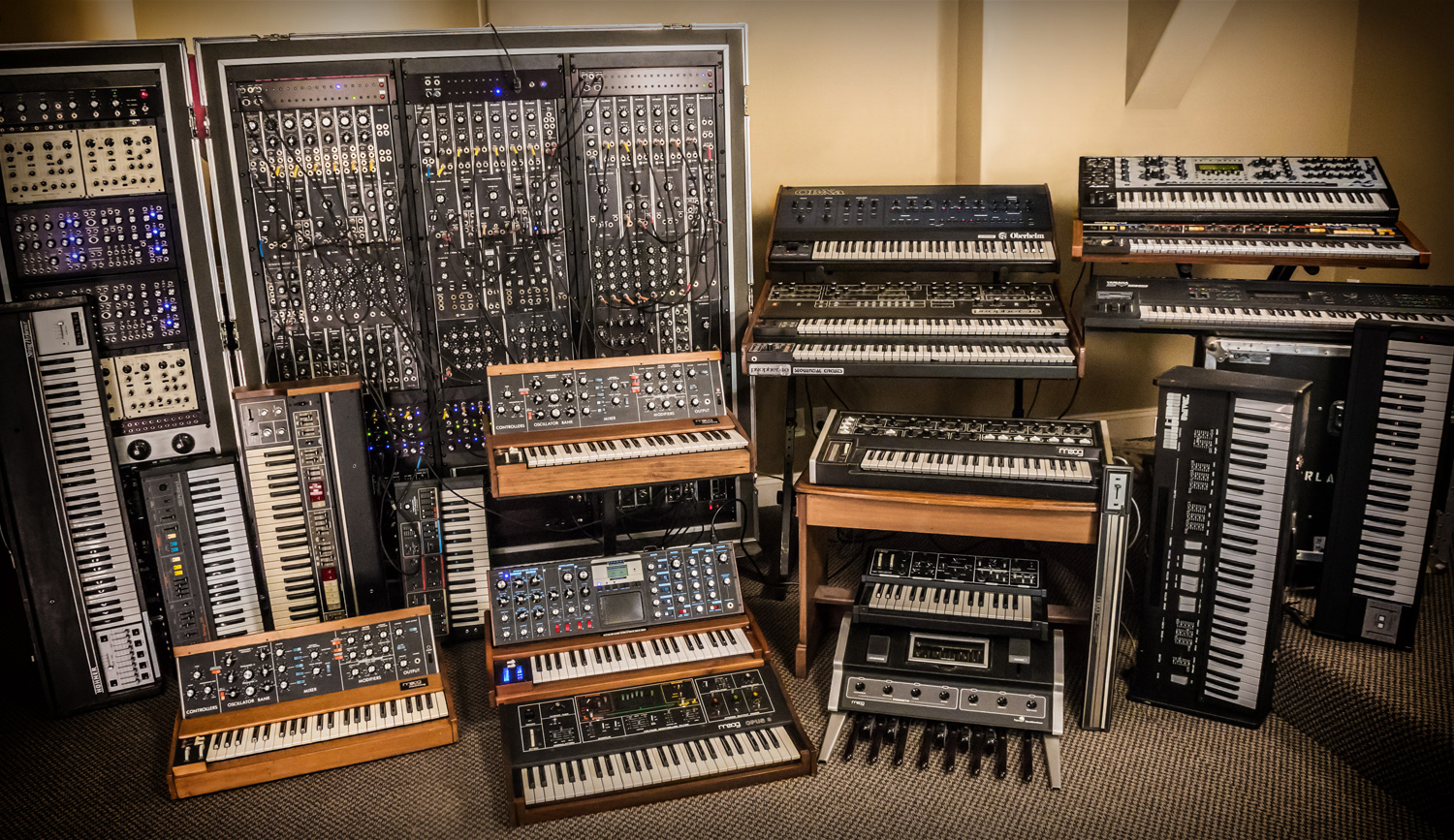
AFTER
the transmutation
software reactors
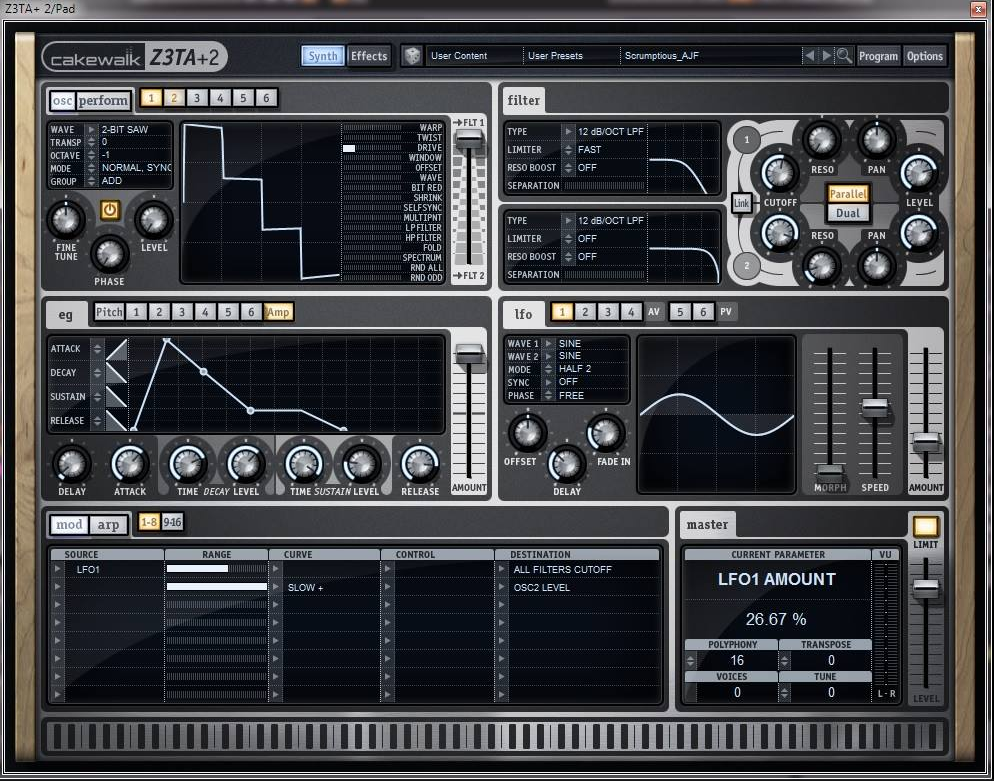
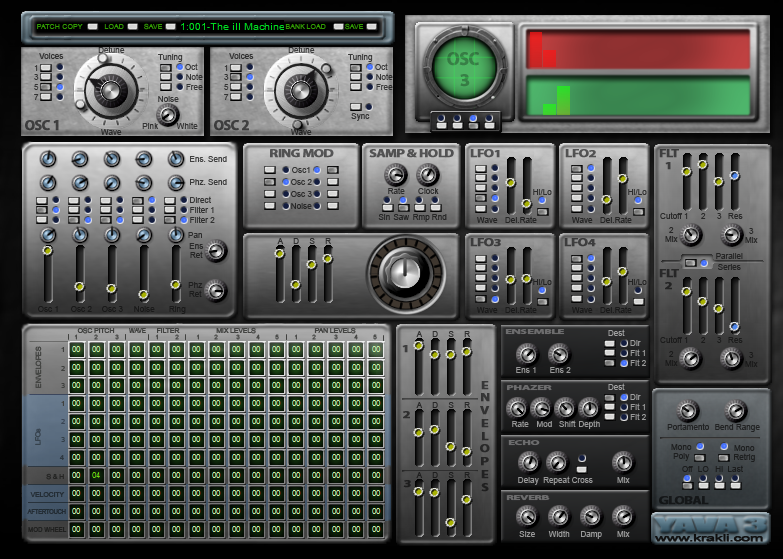
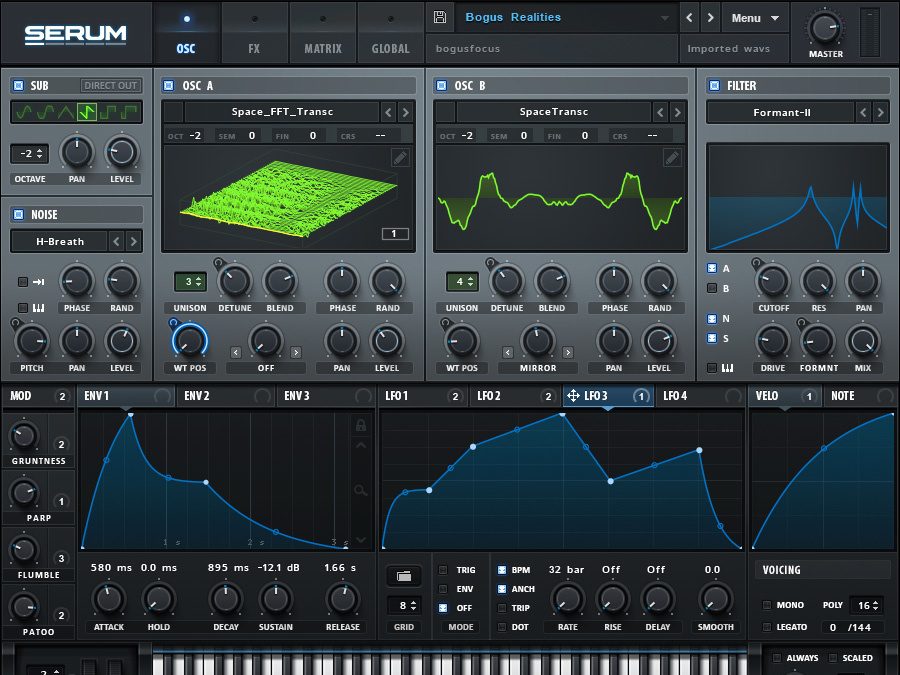
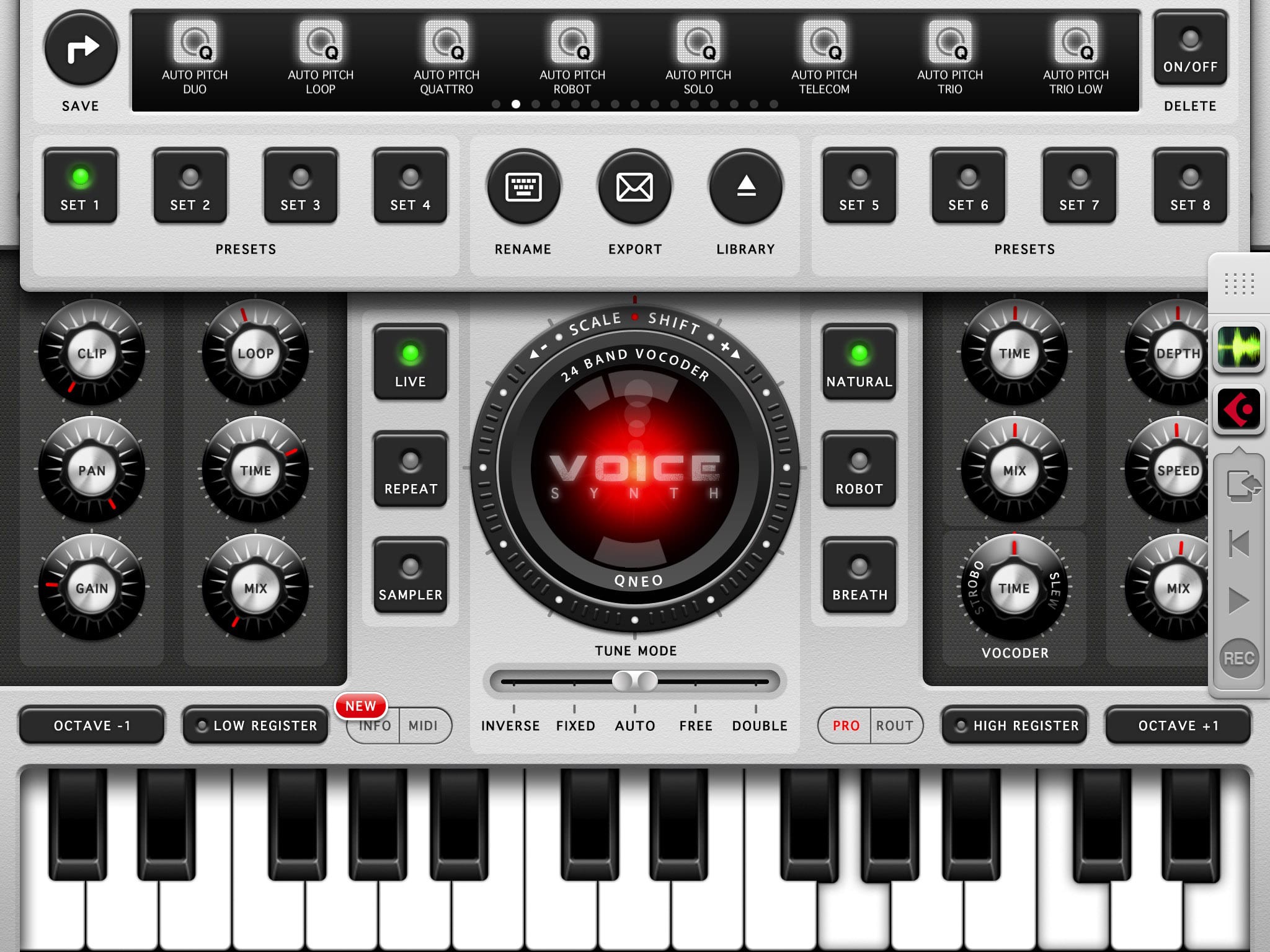

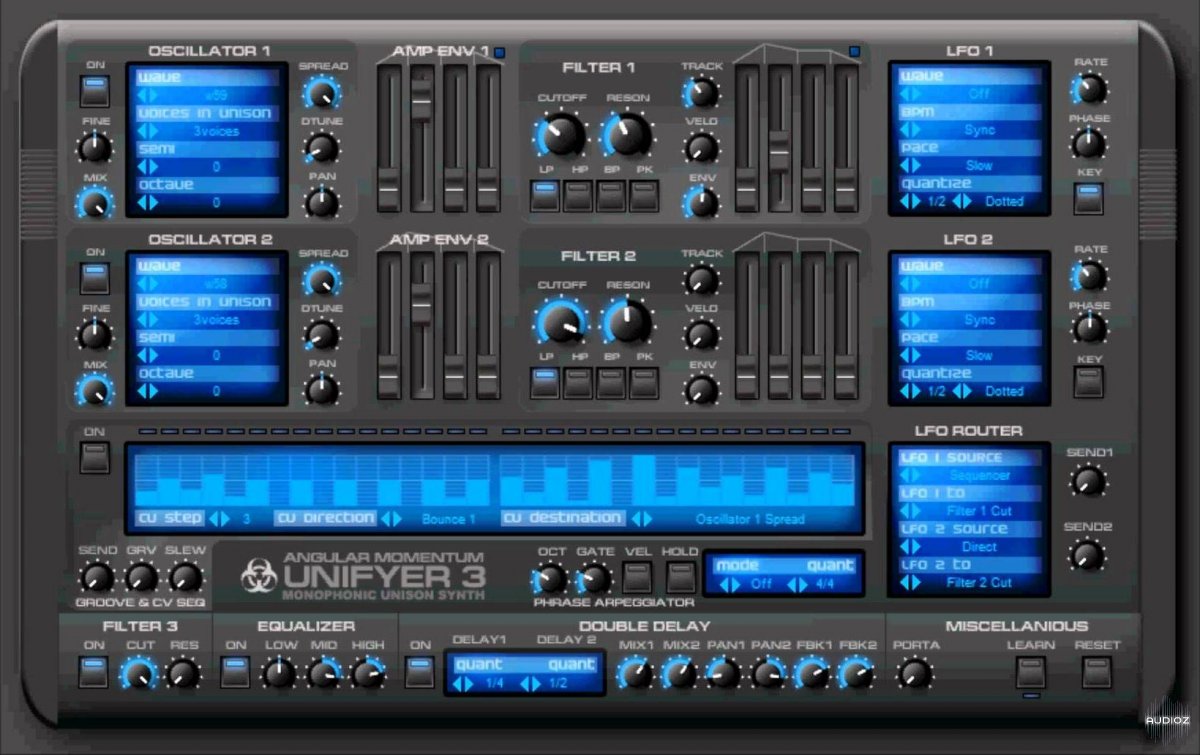
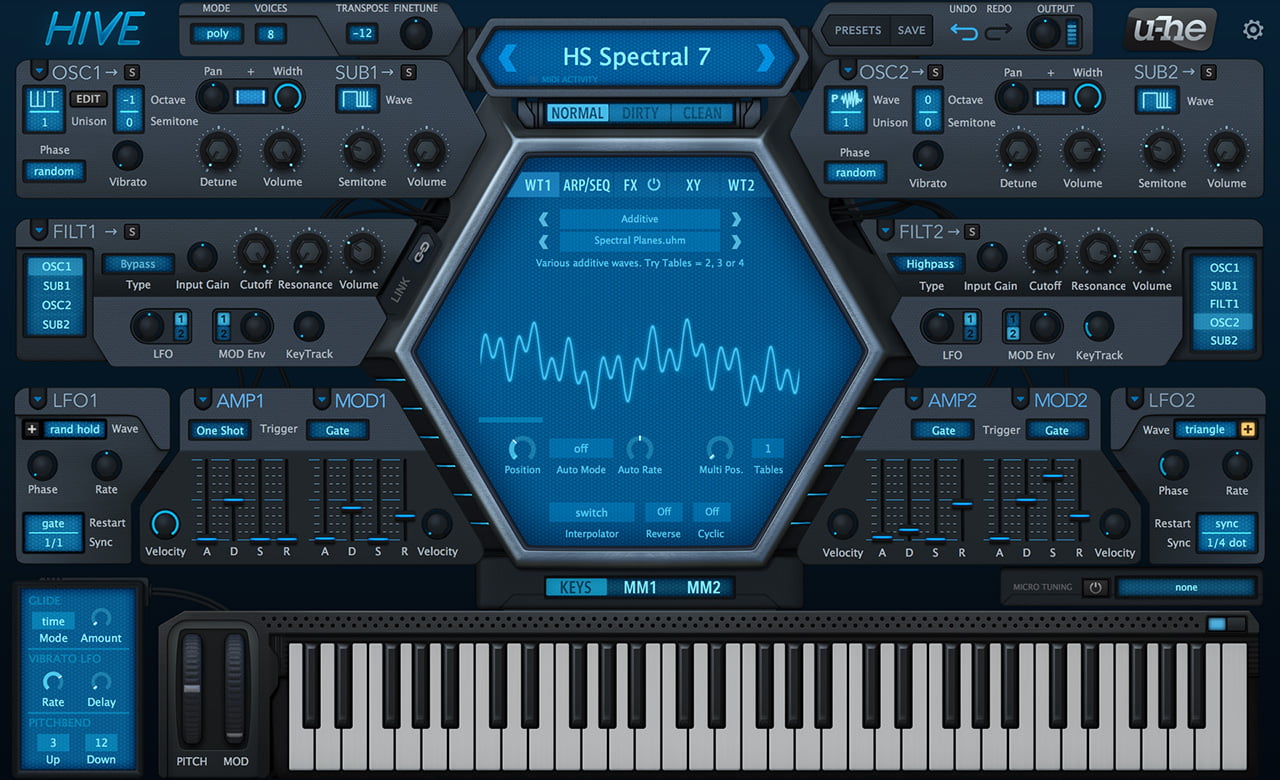
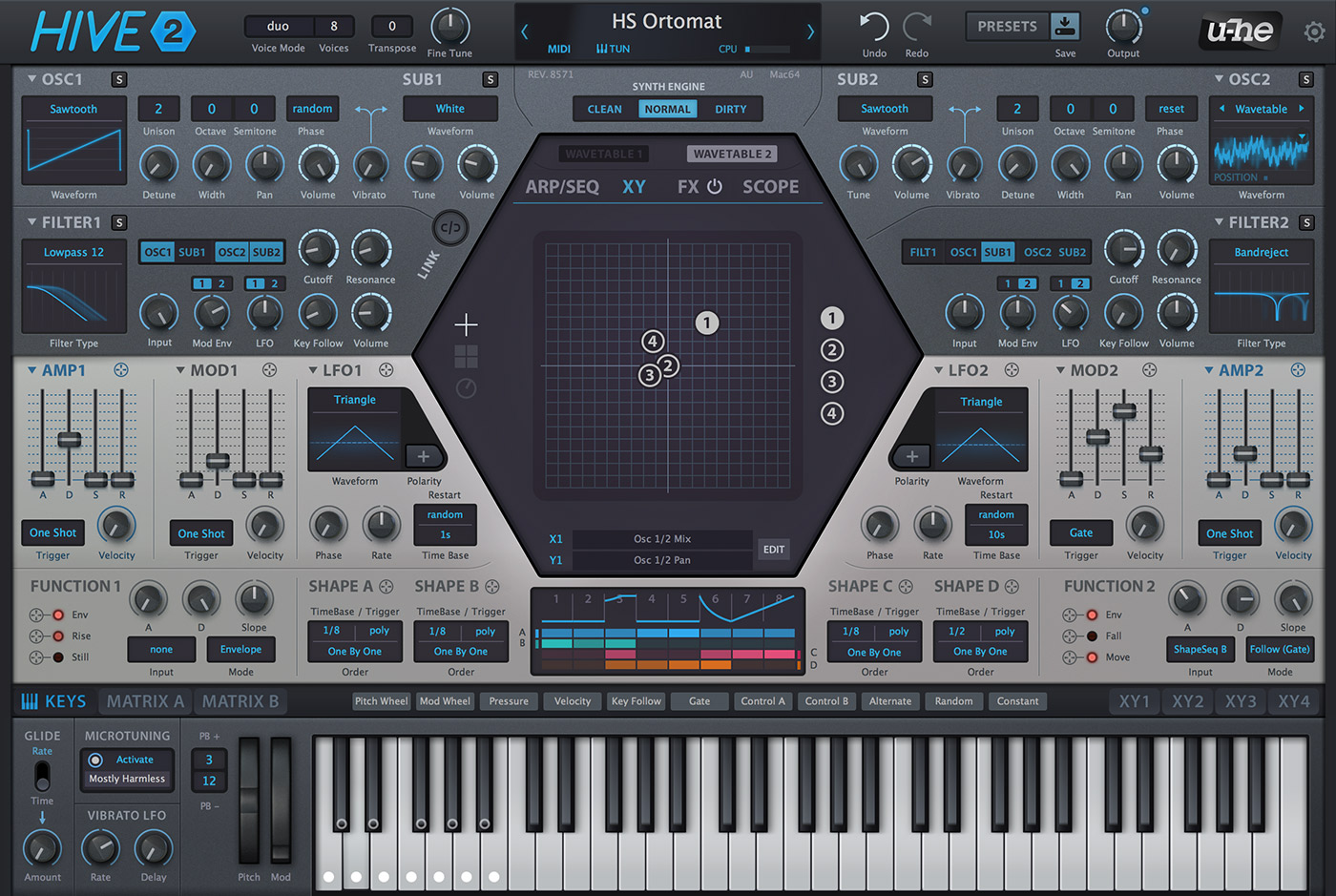
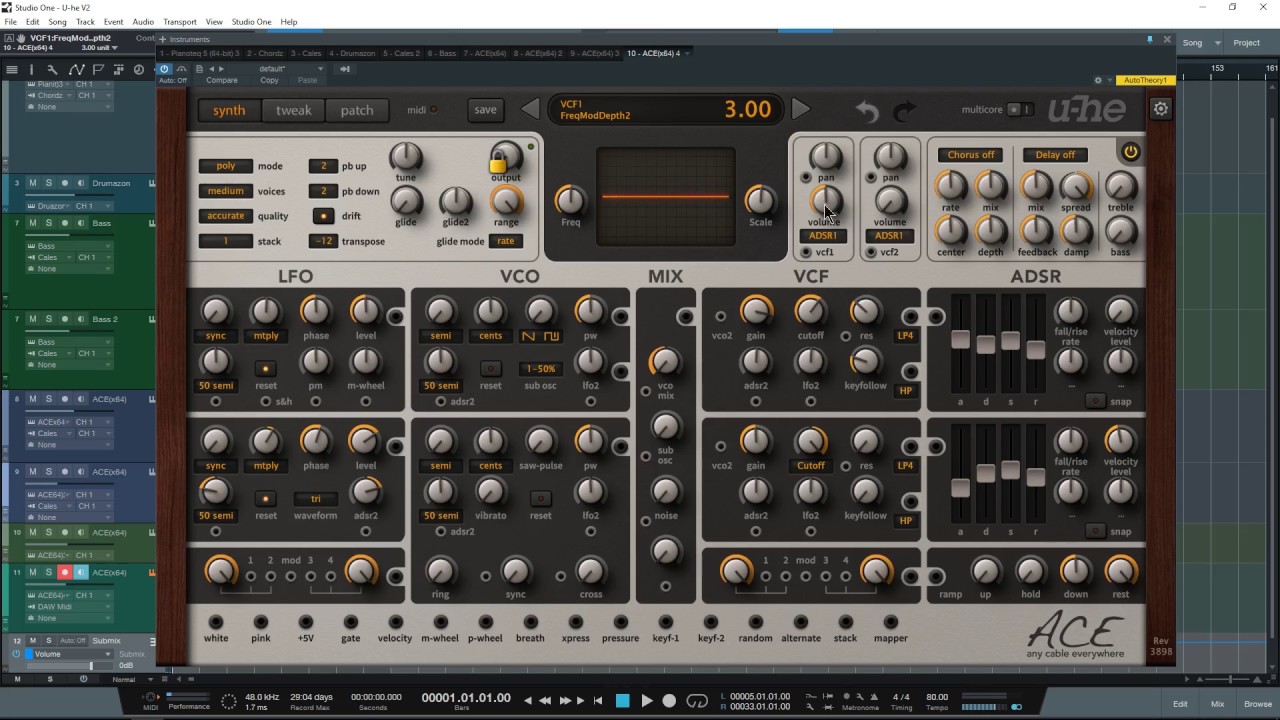
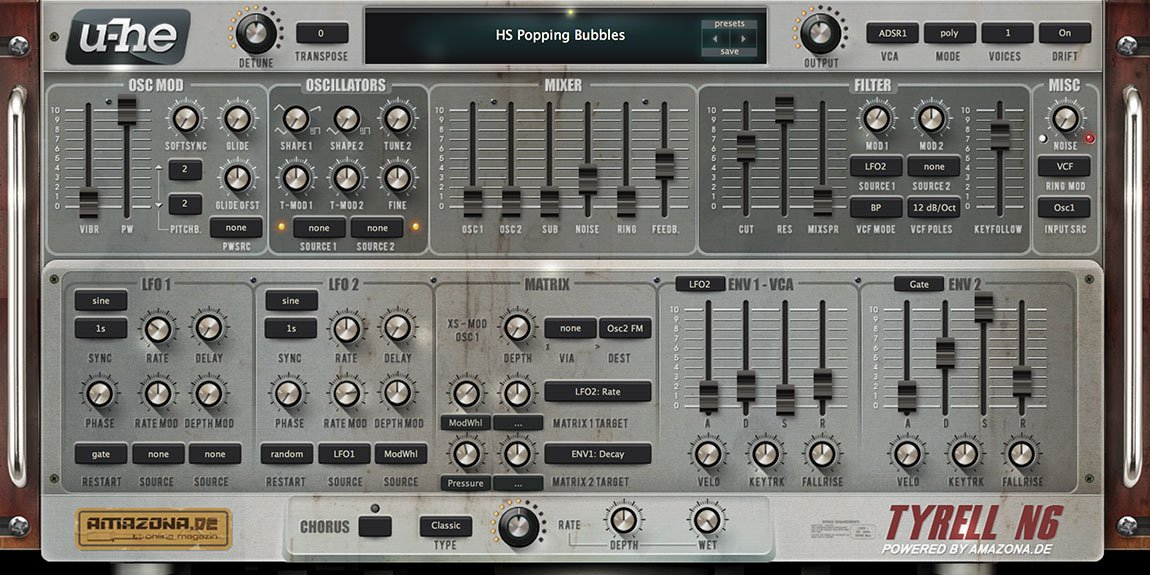
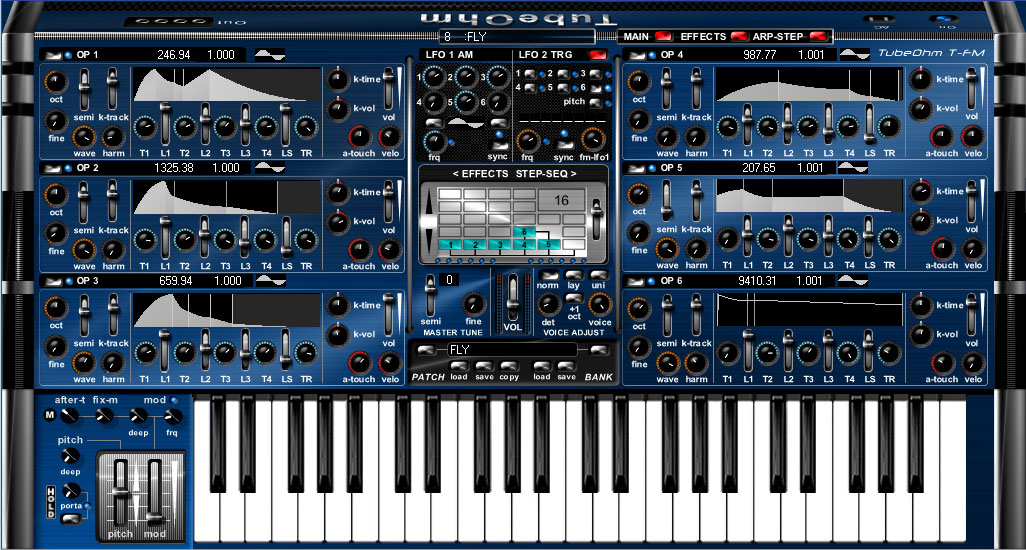

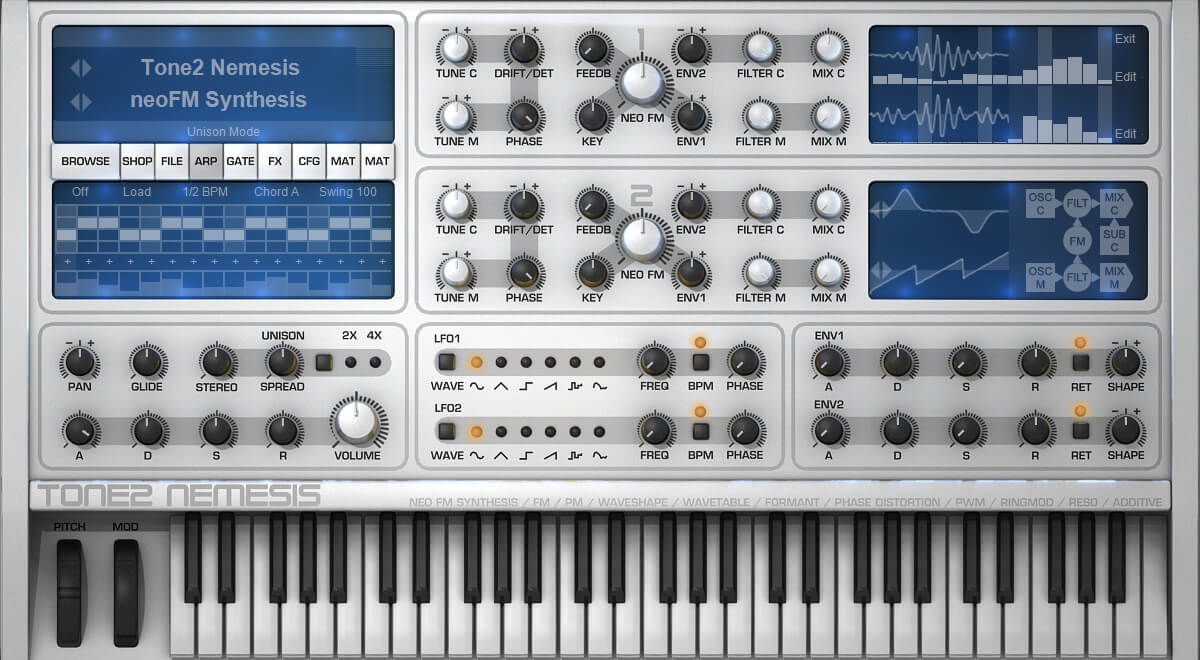
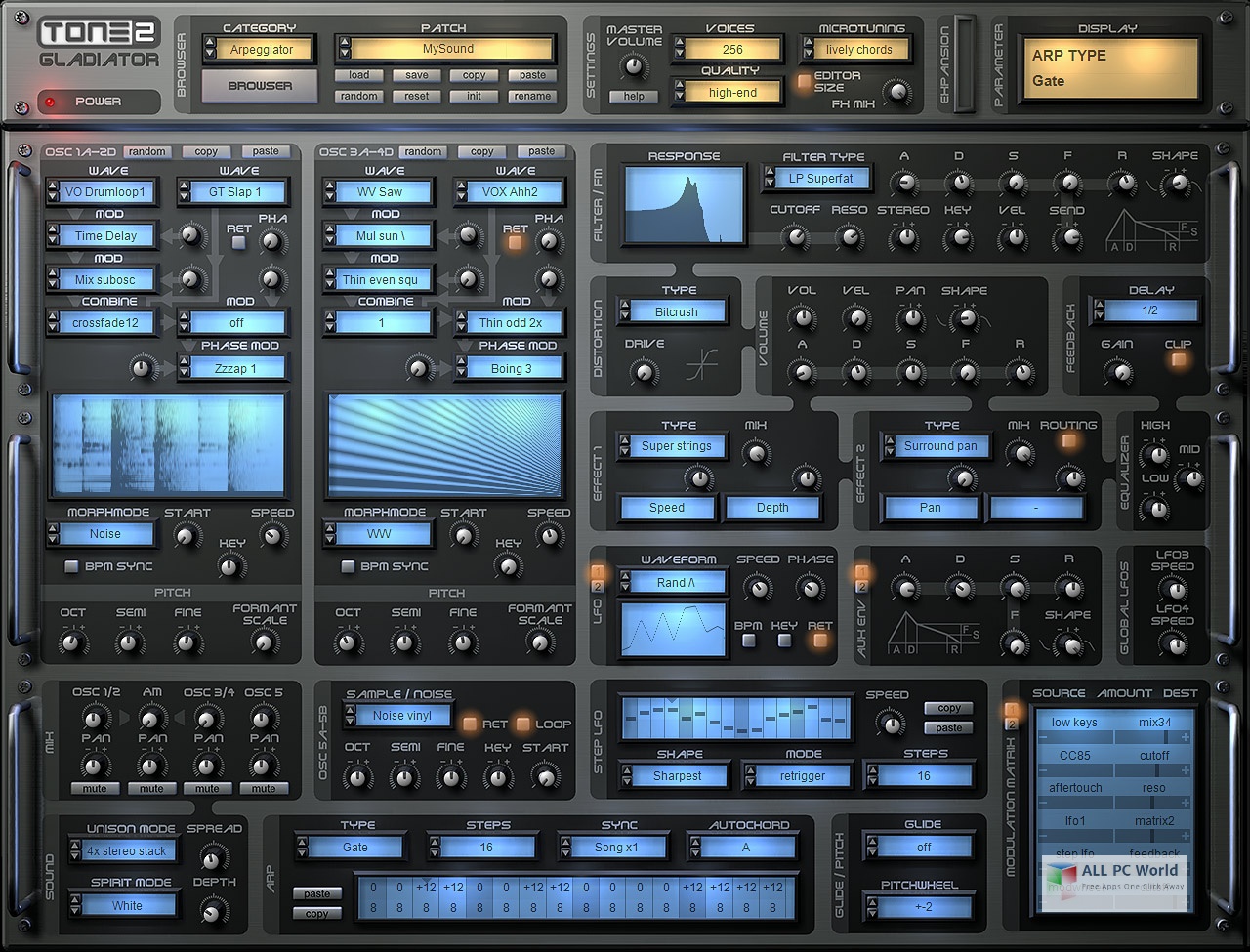
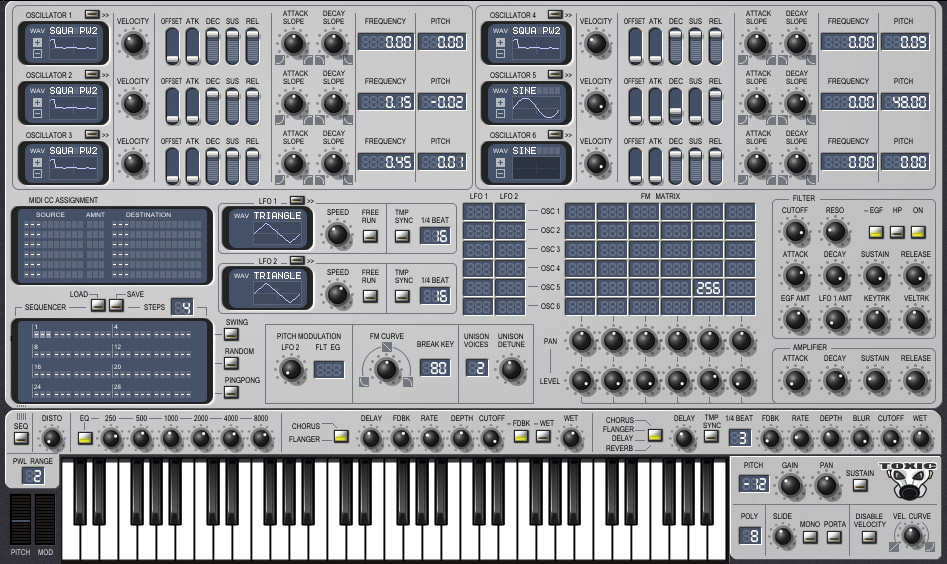
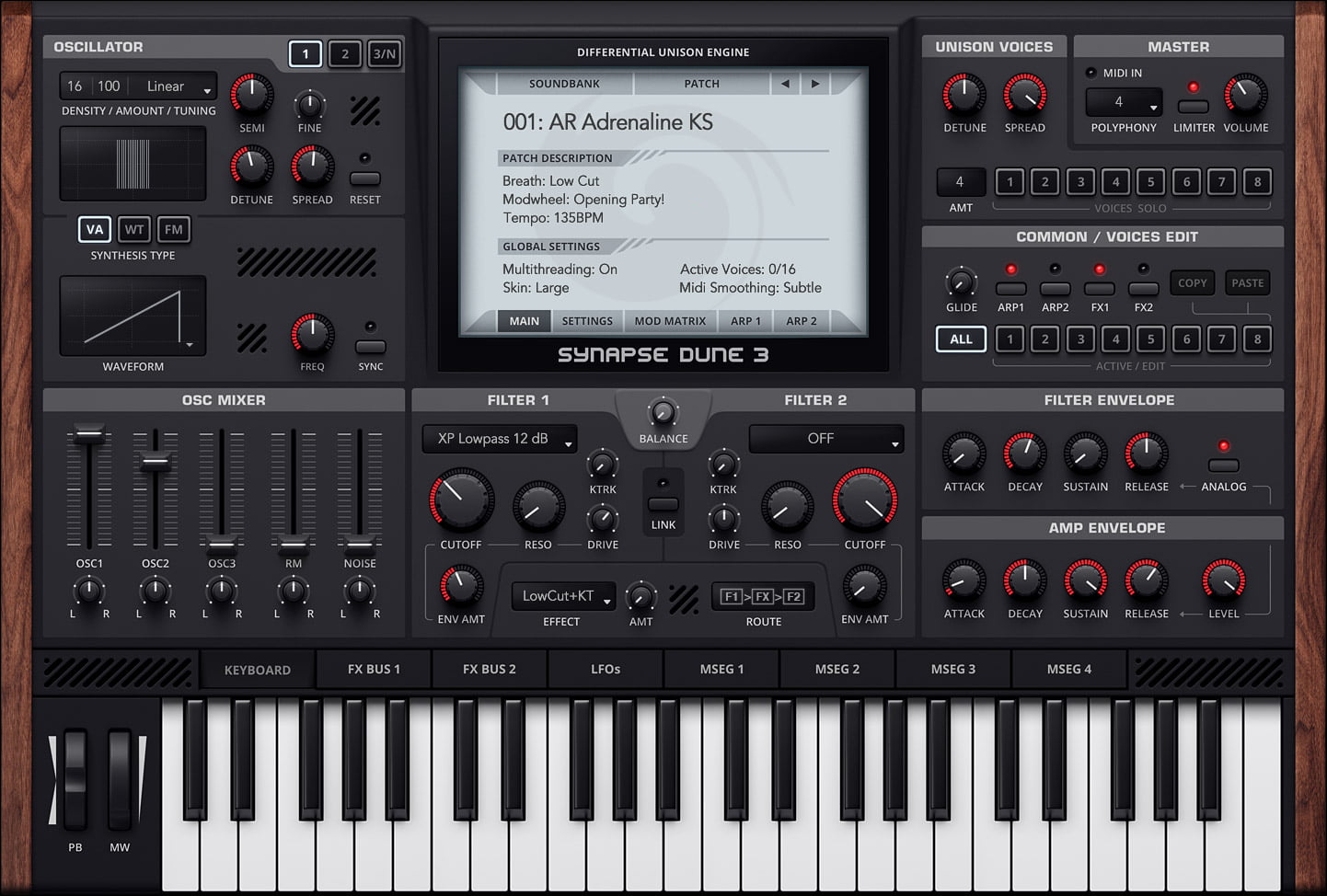
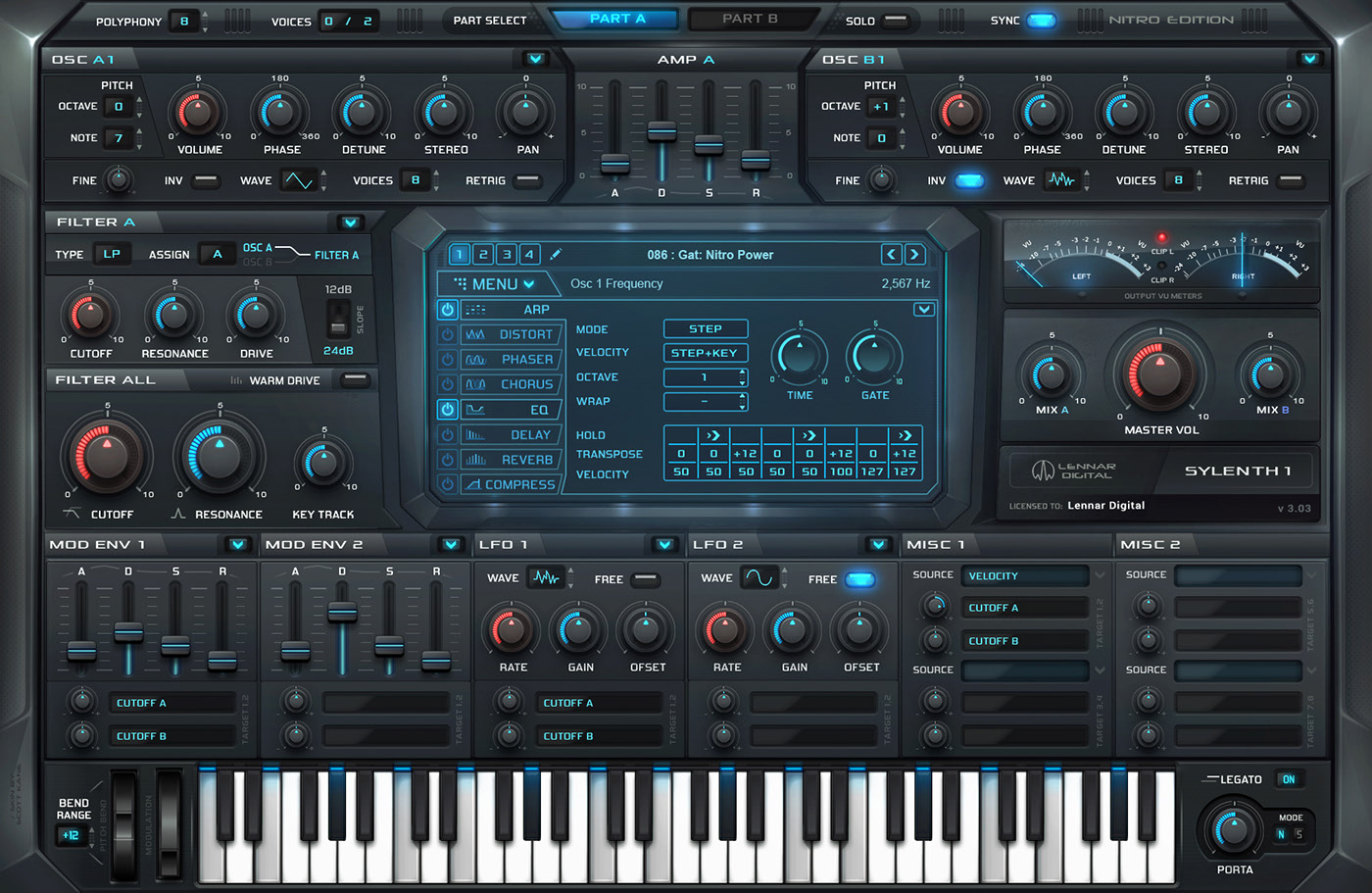
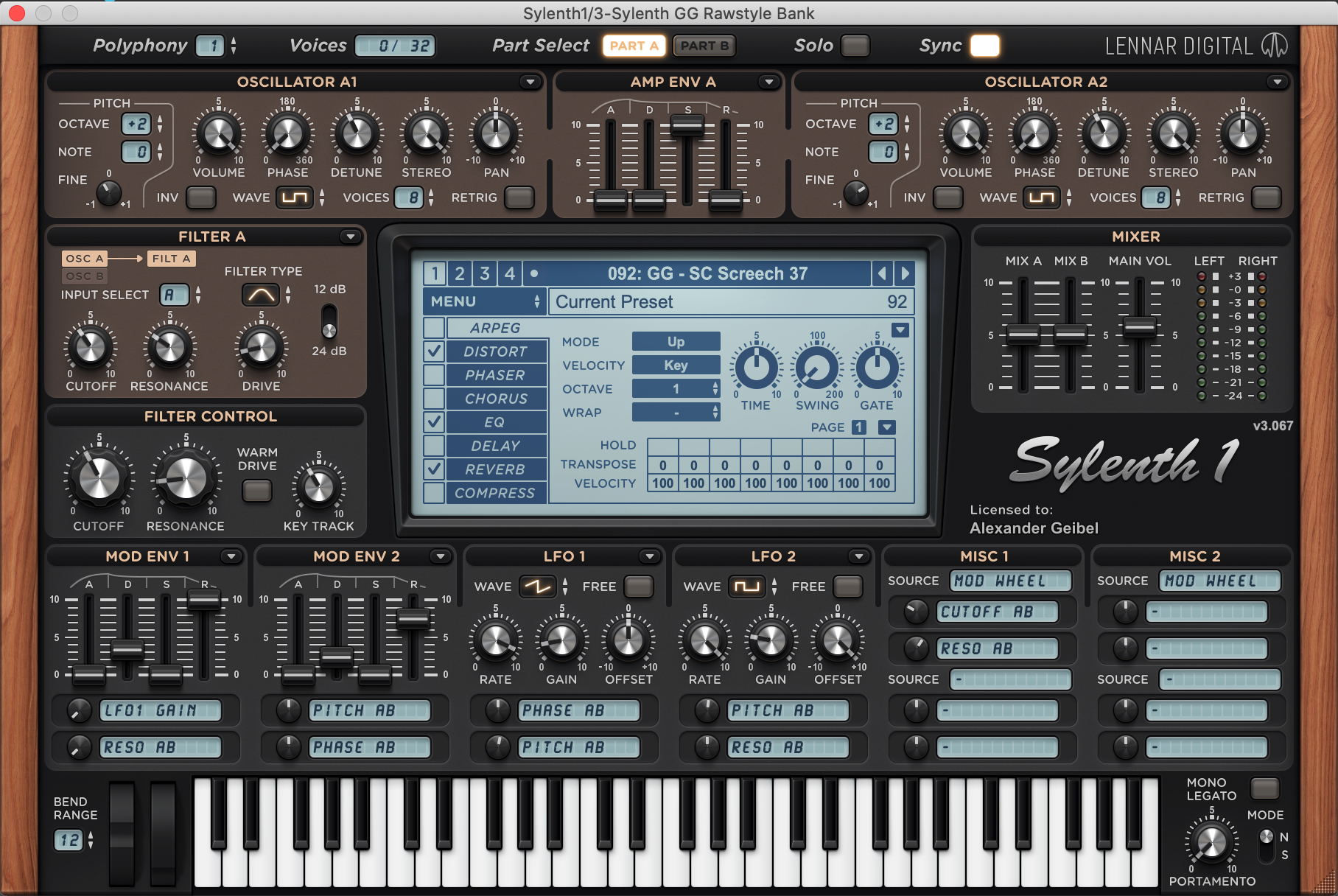
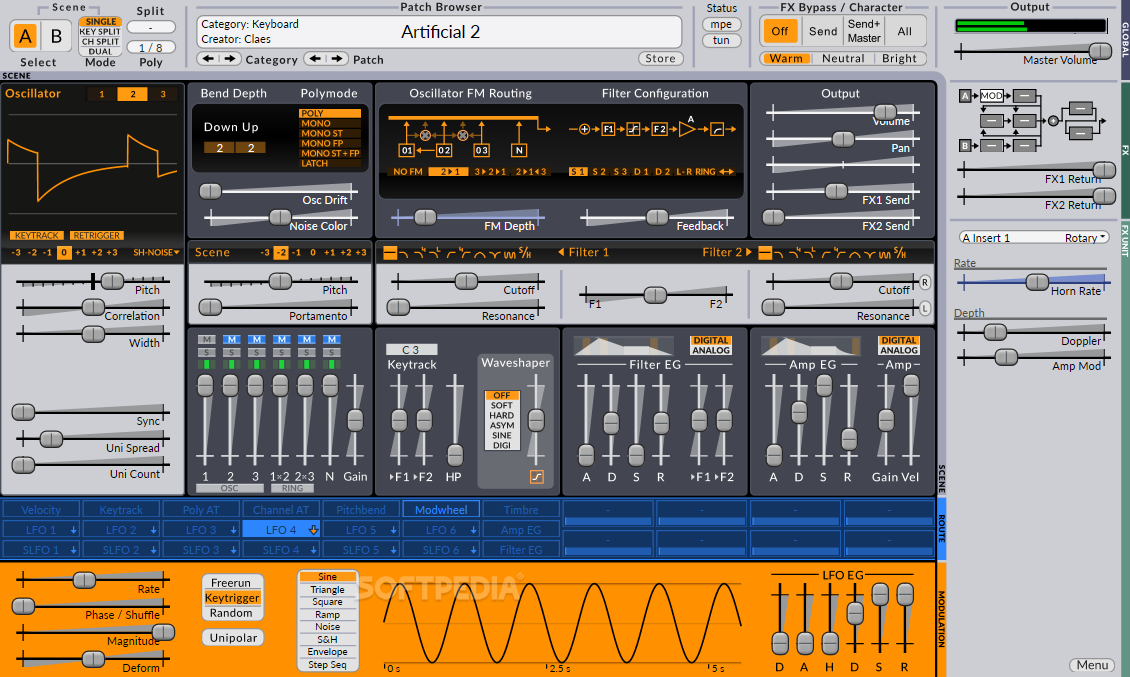
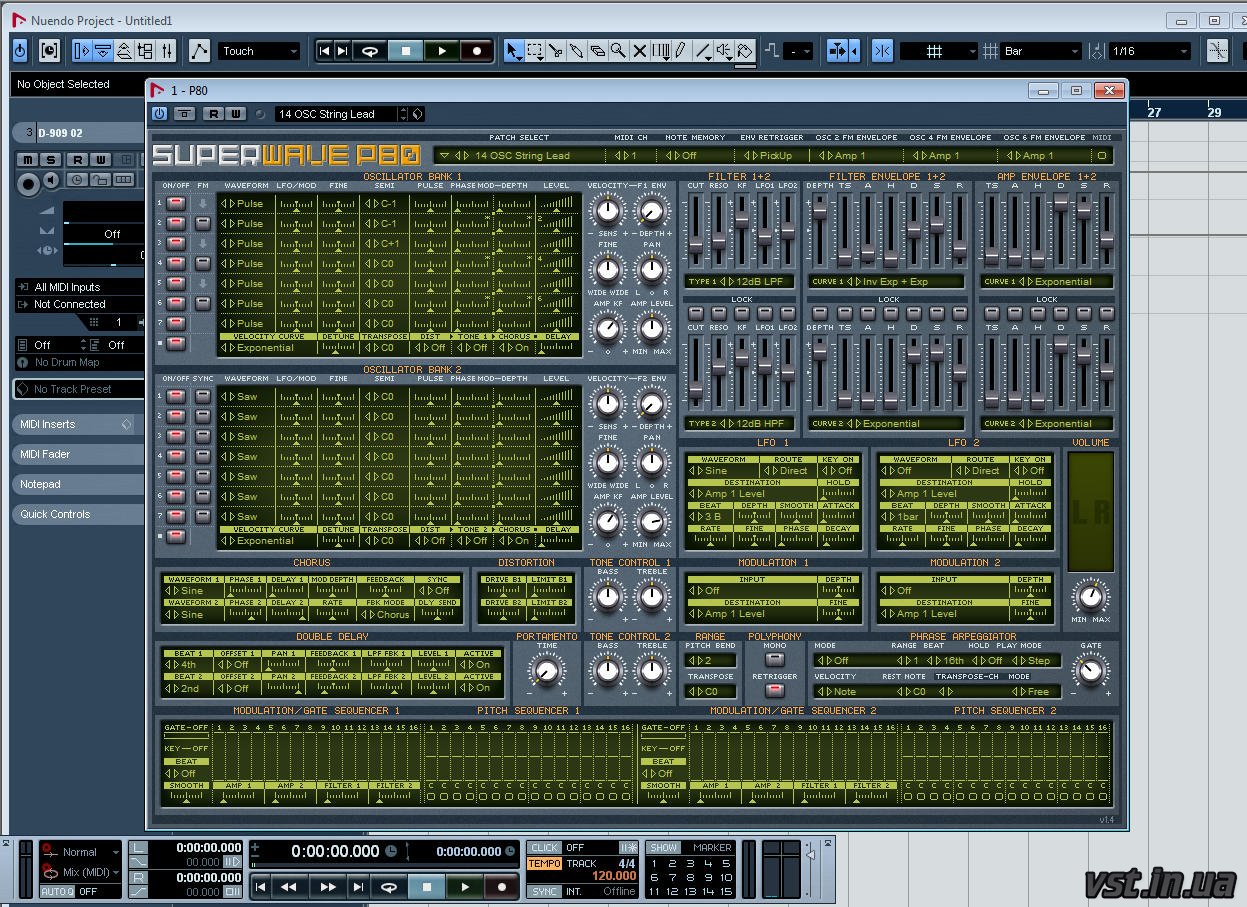
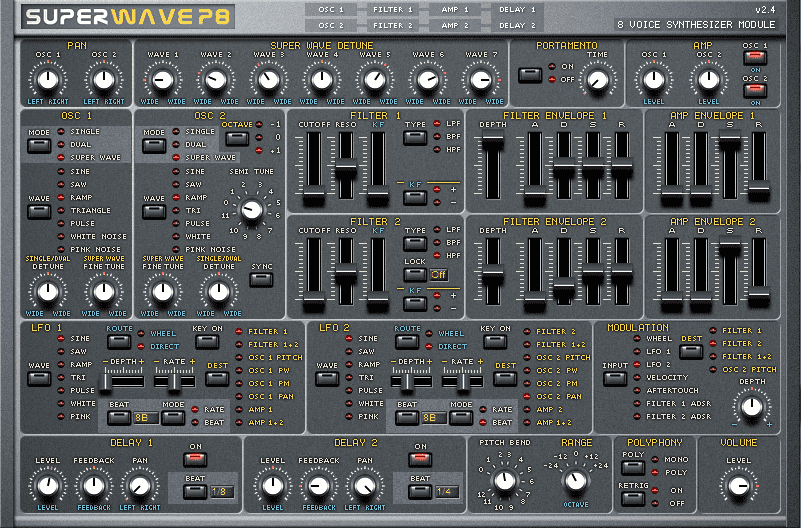
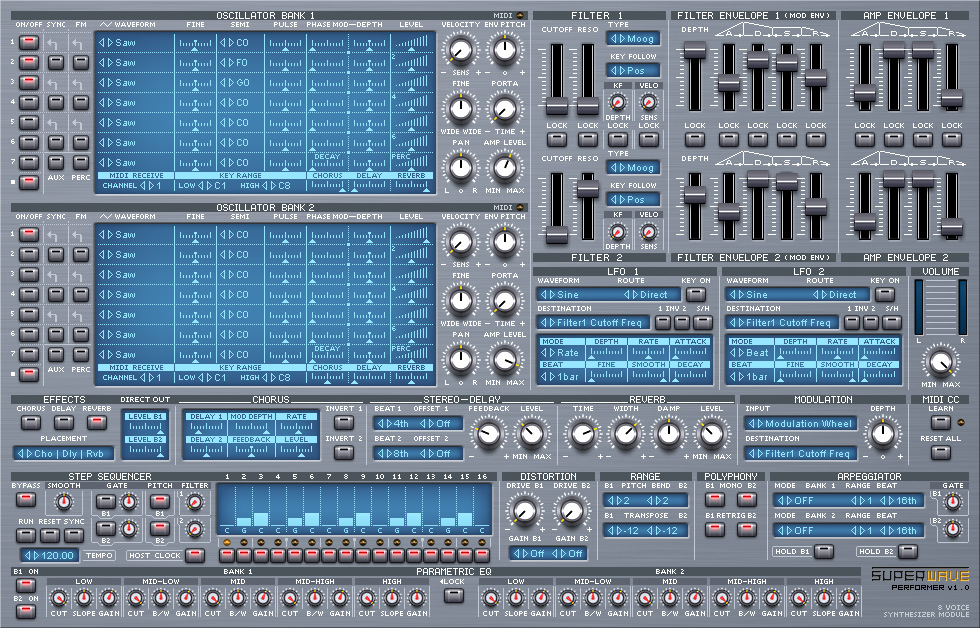
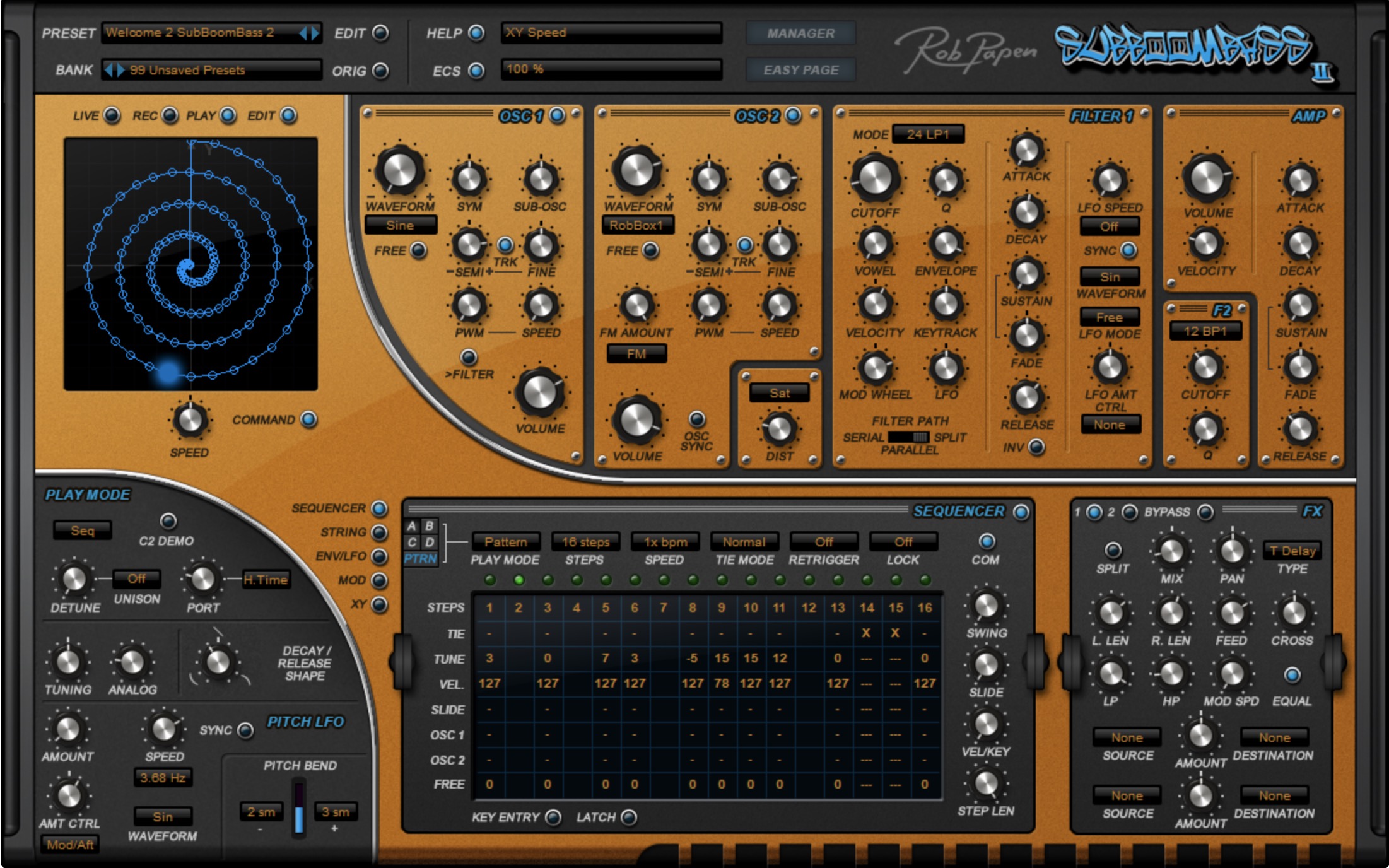
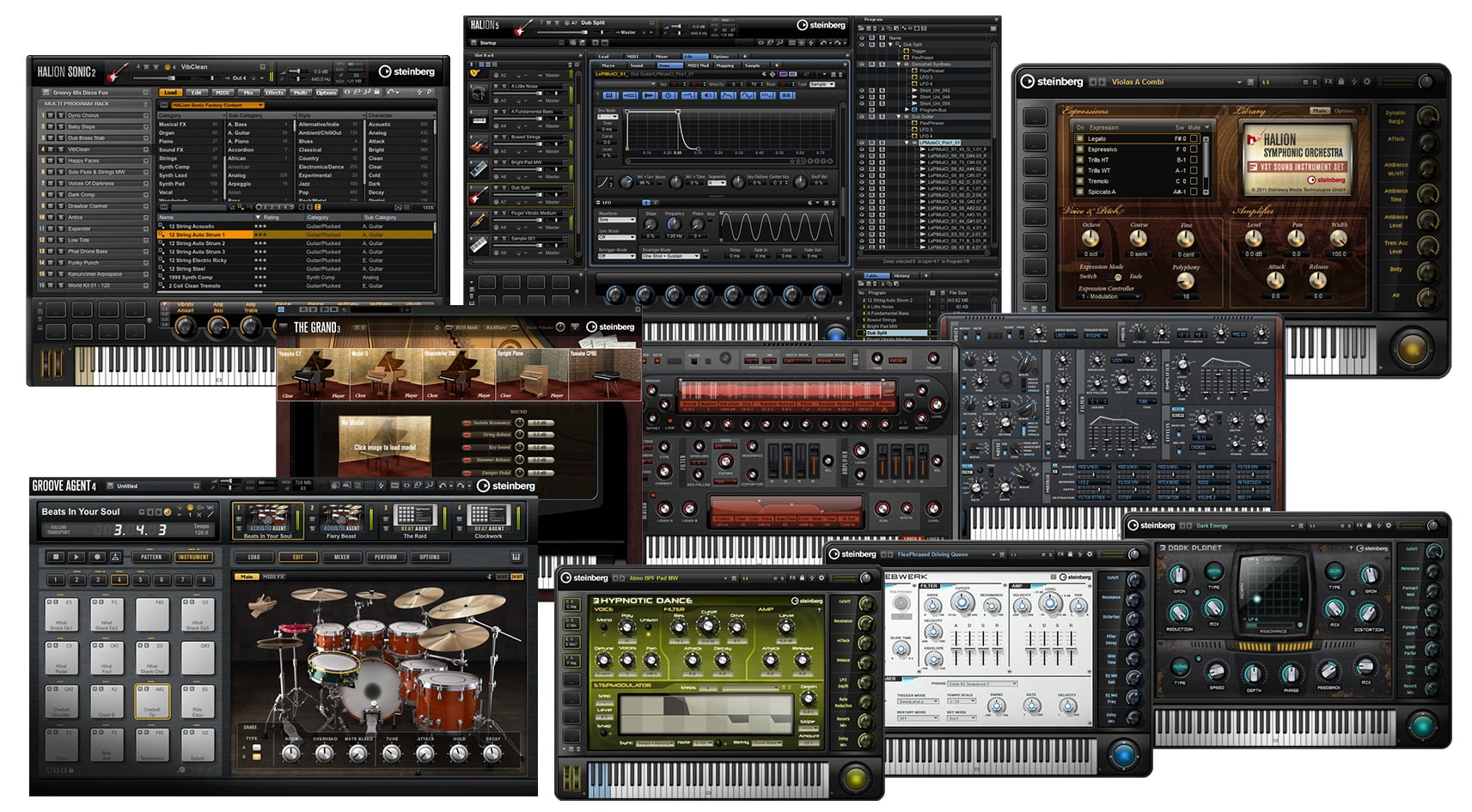
Normal Configuration
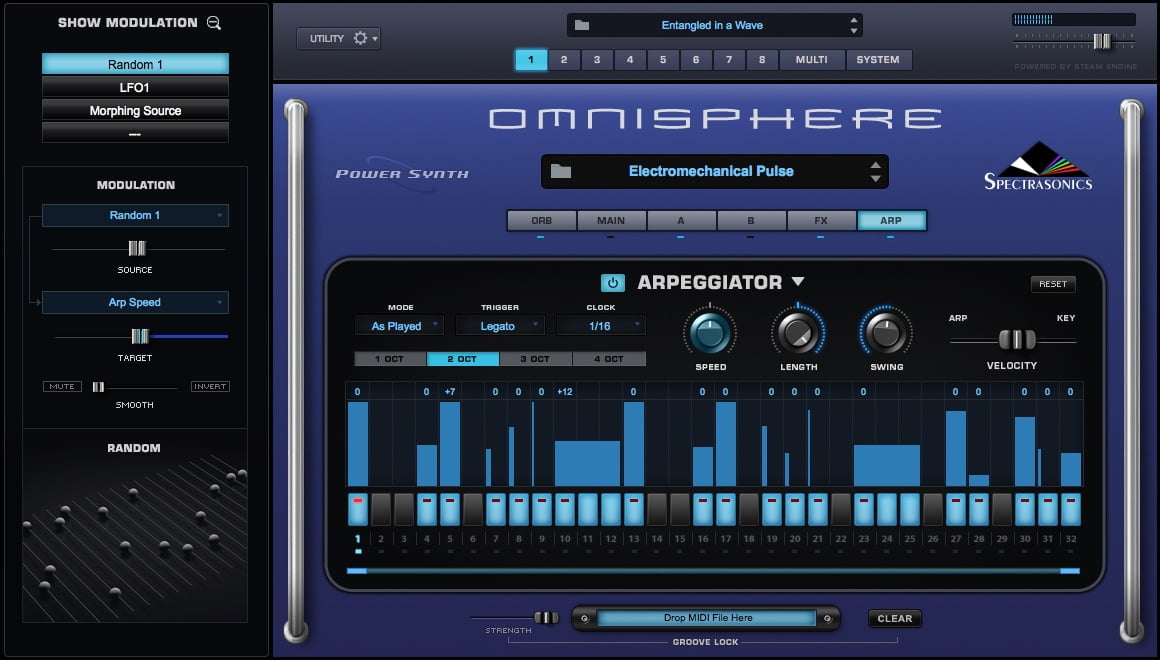
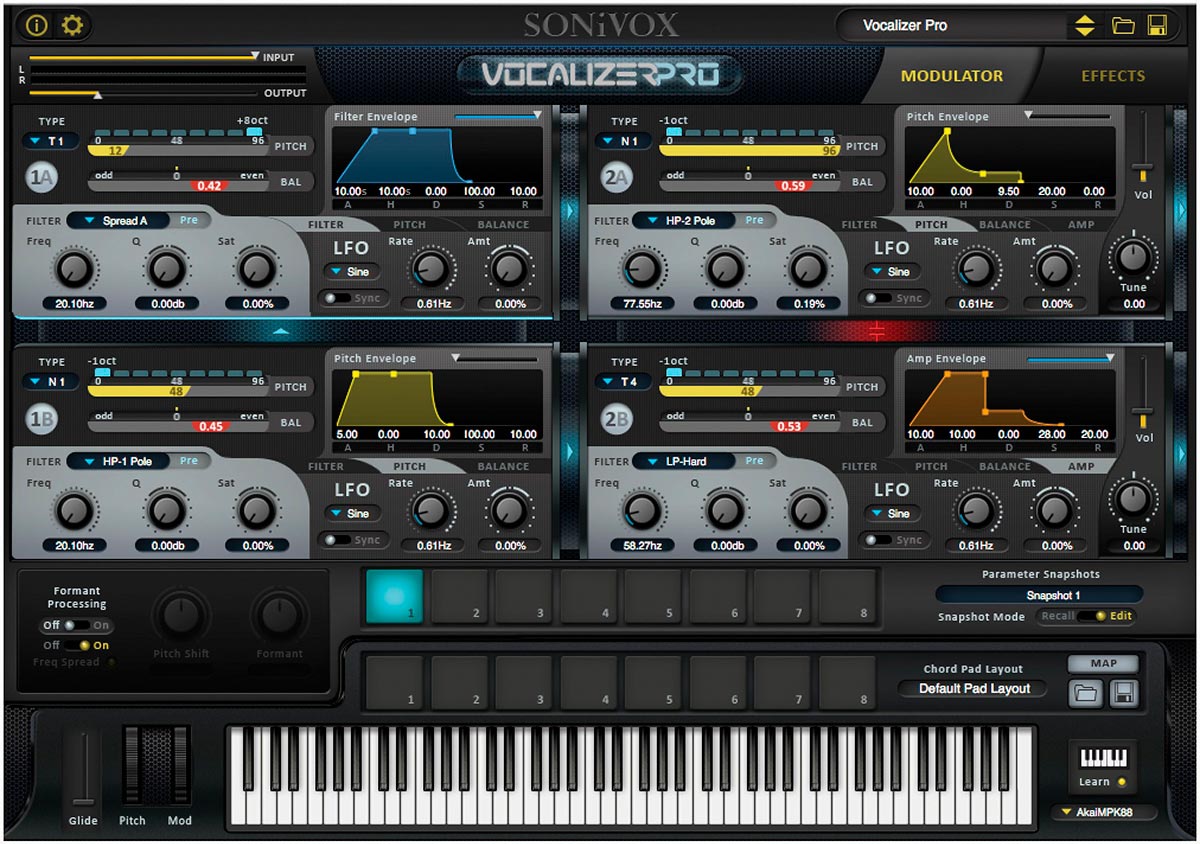
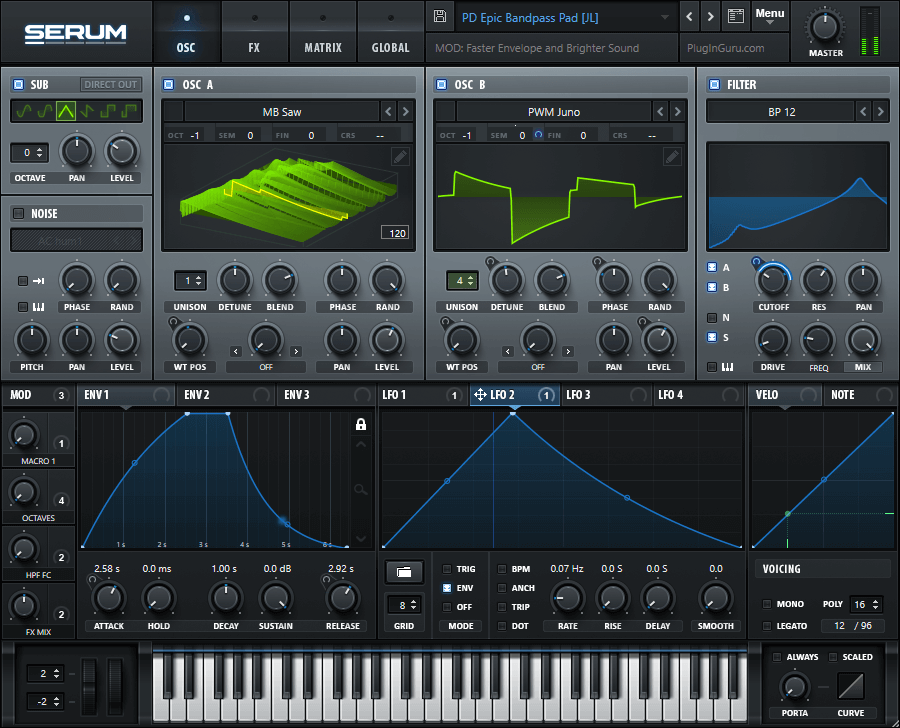
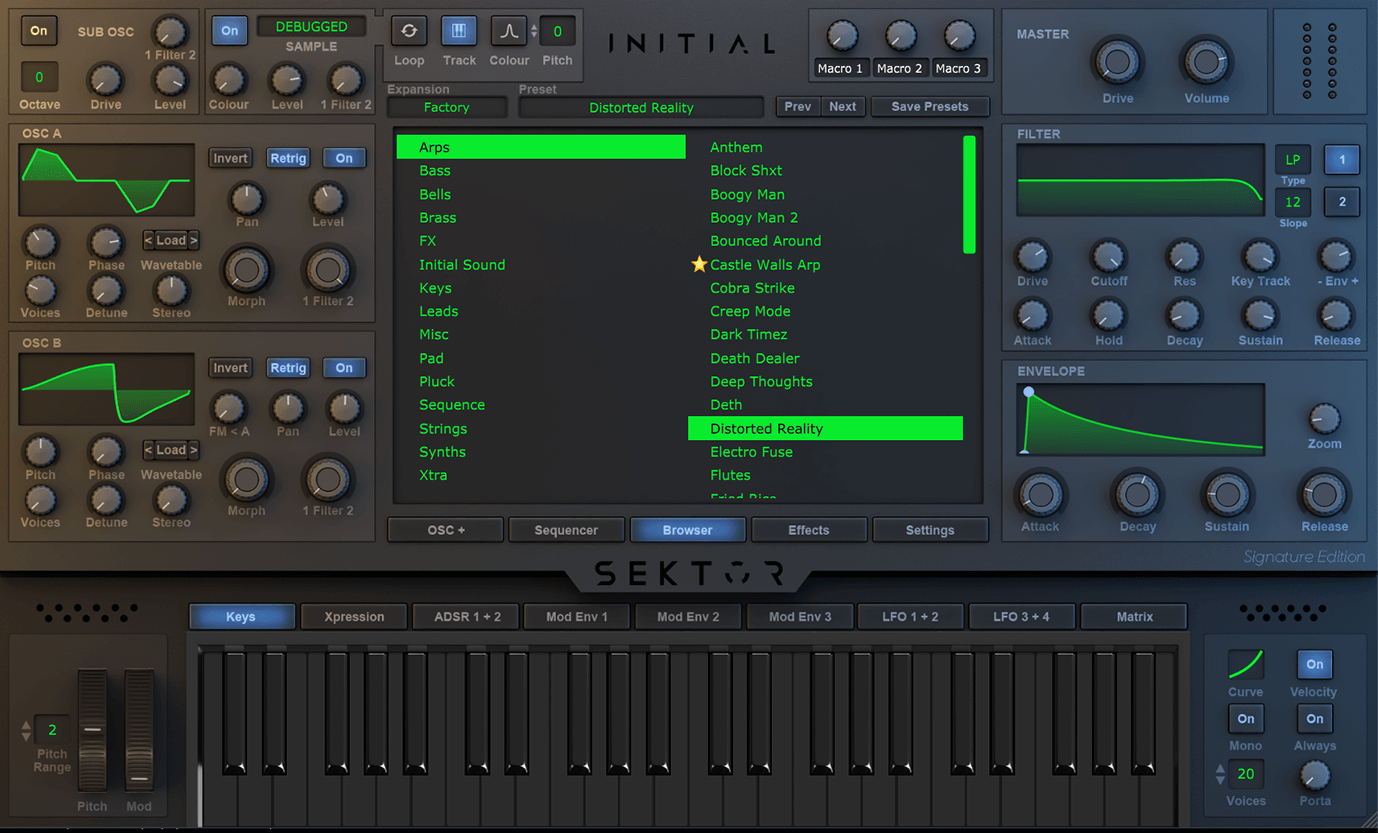
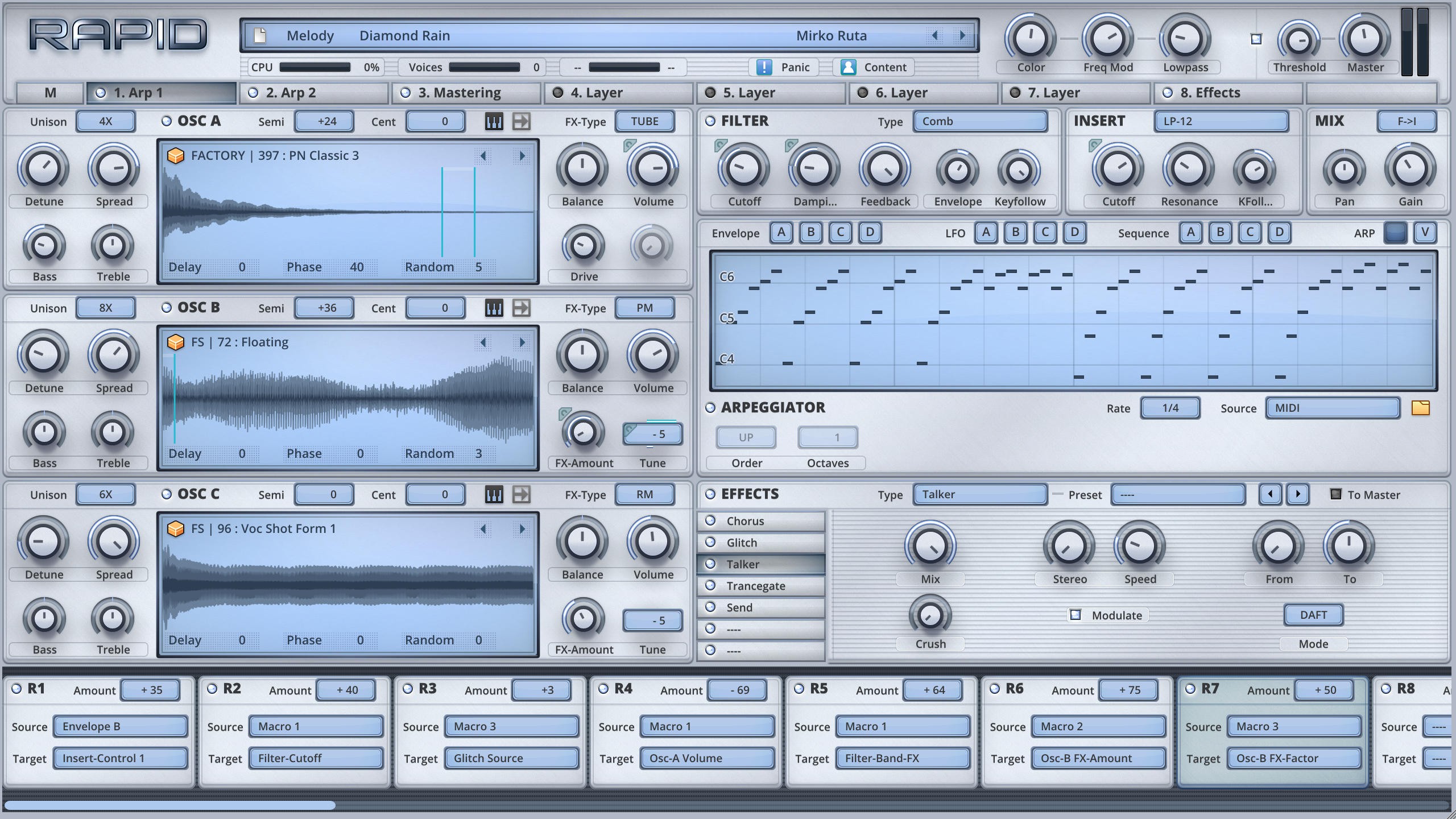
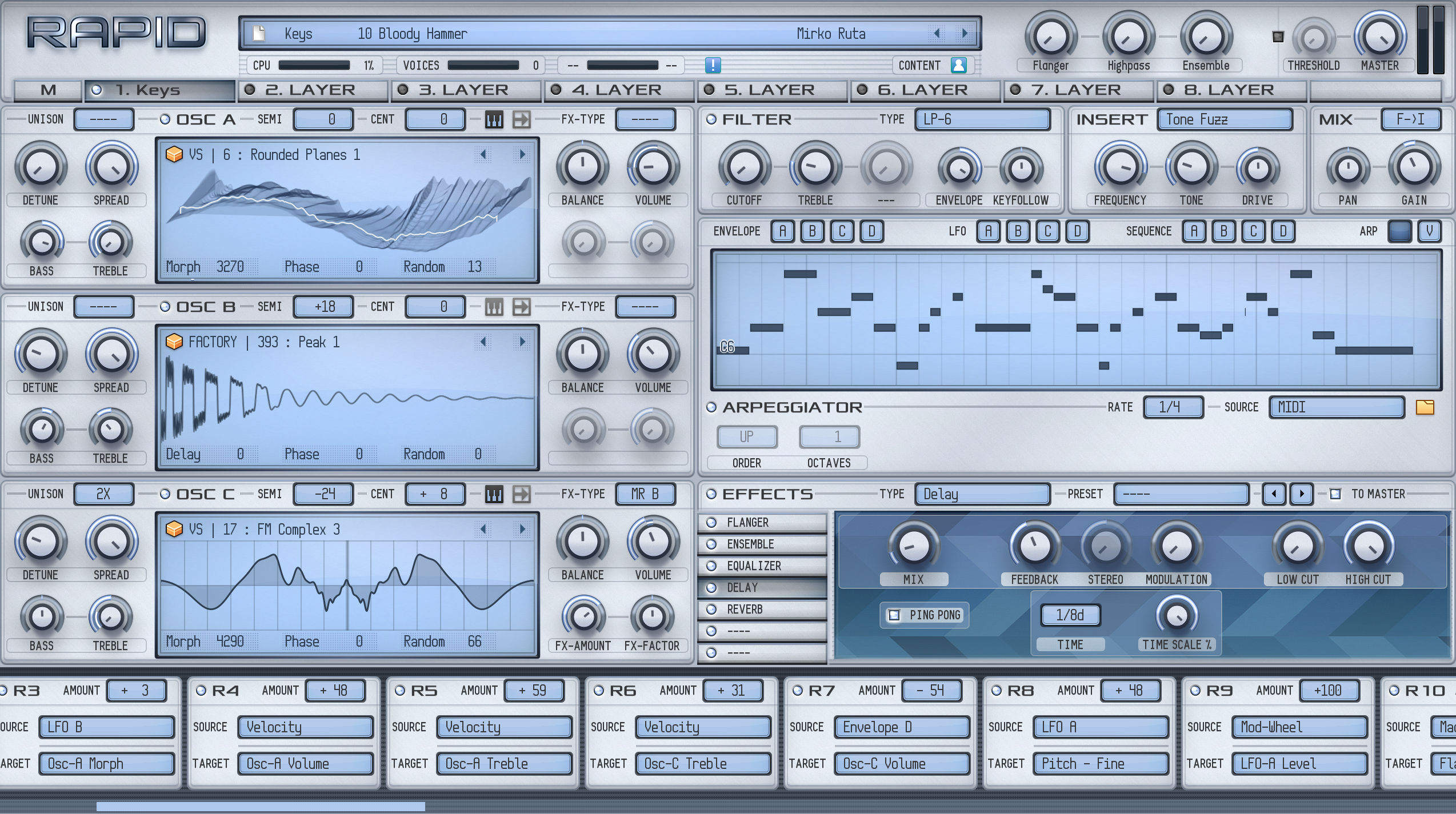
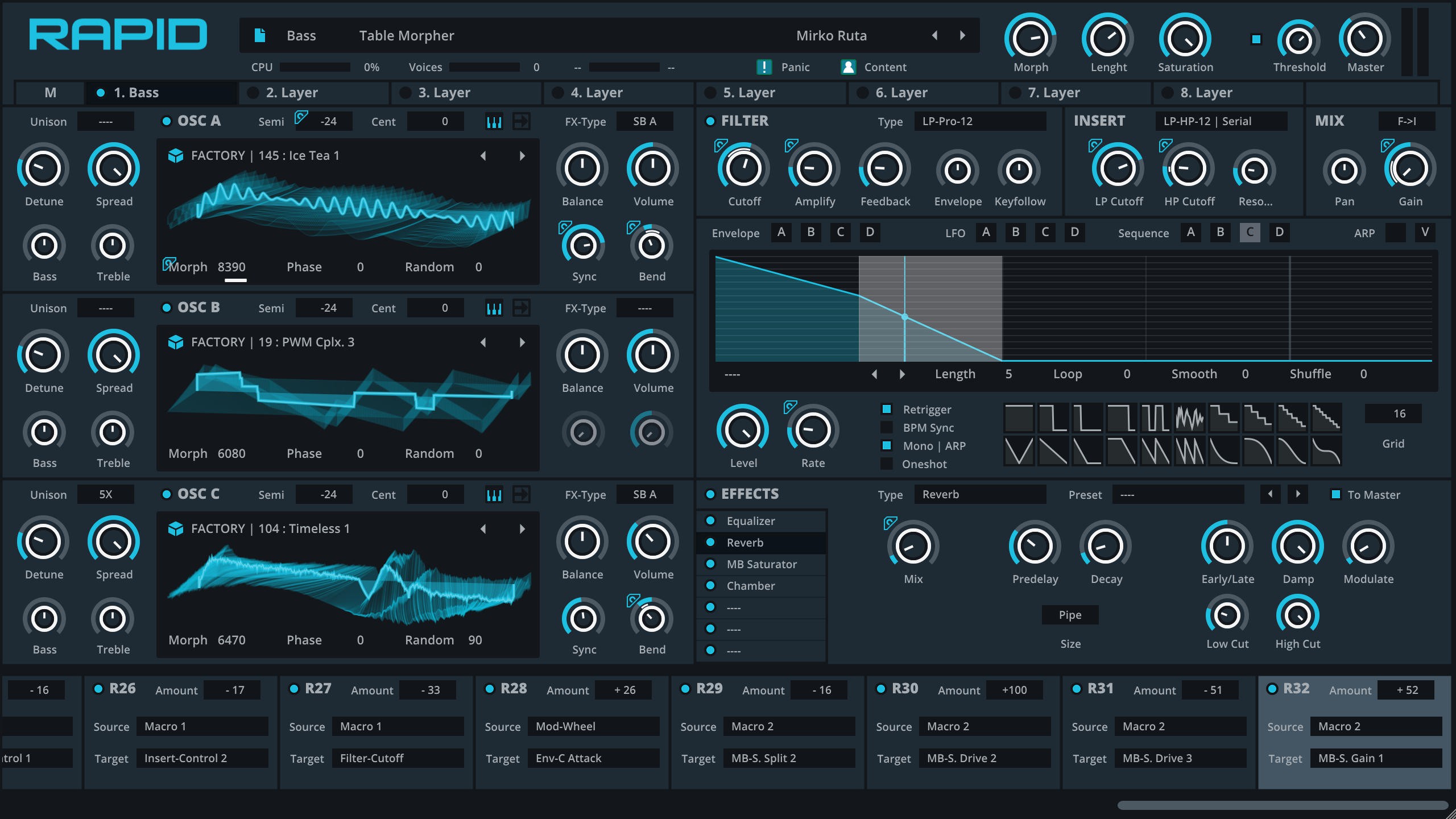
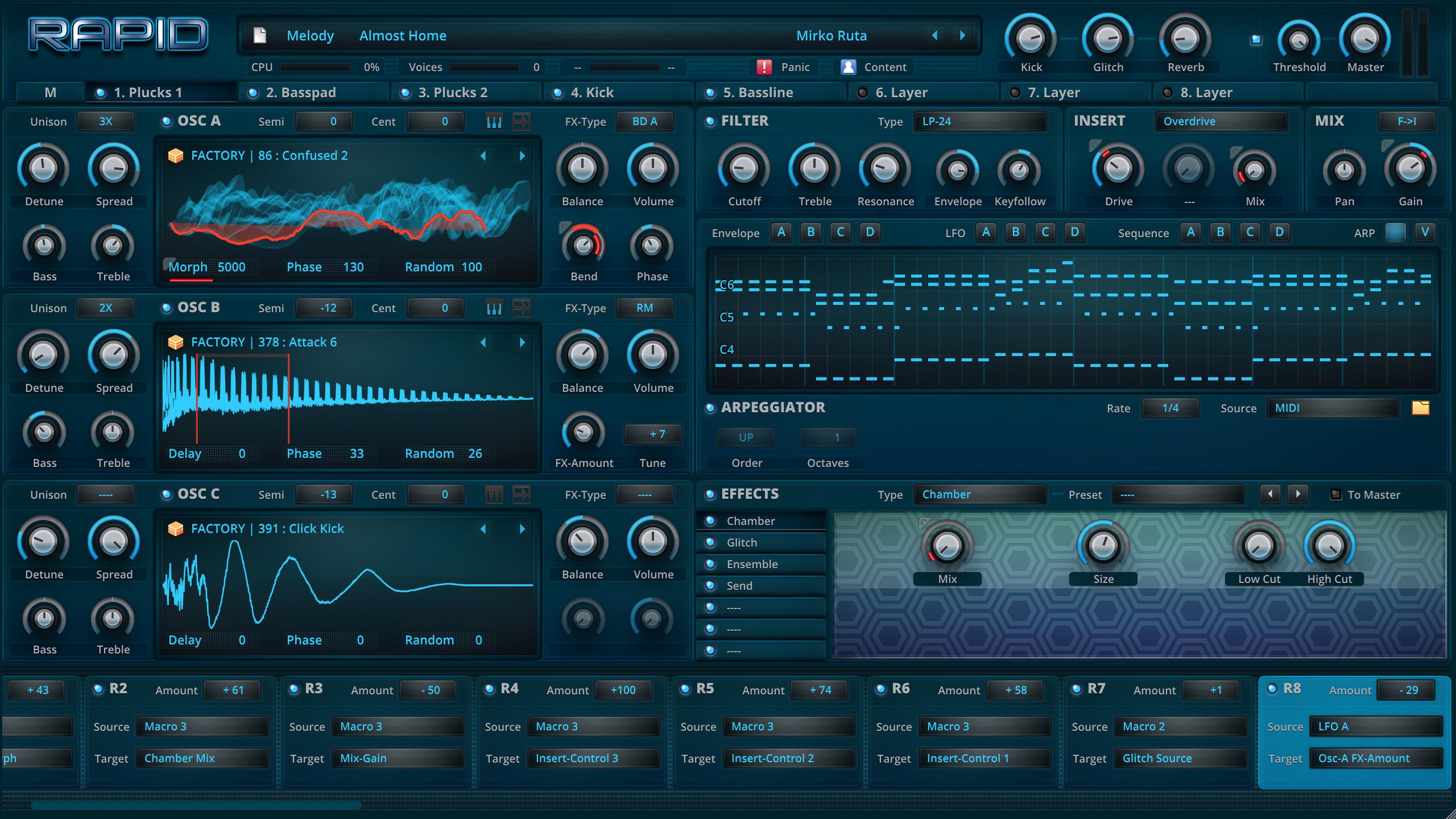
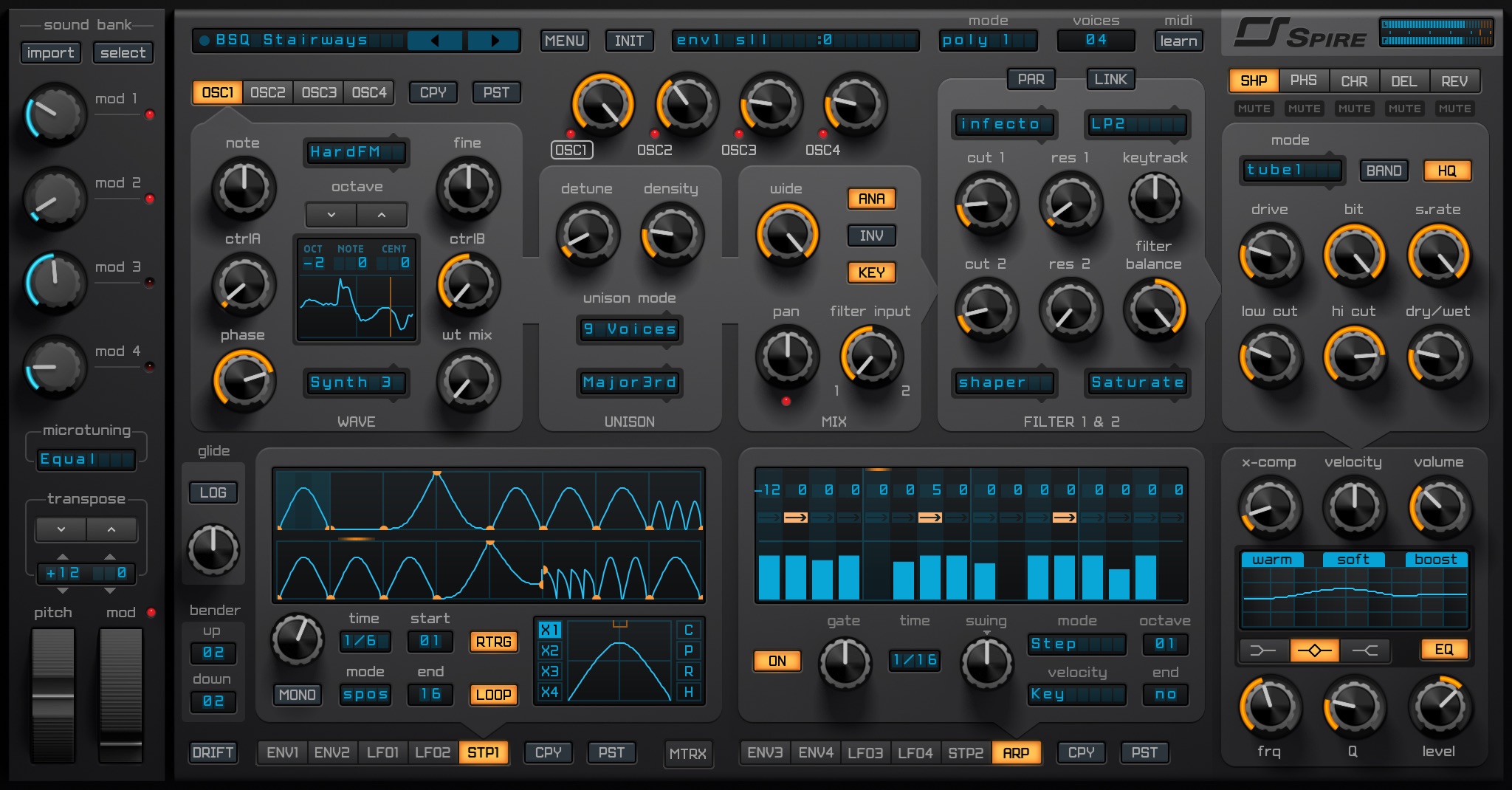
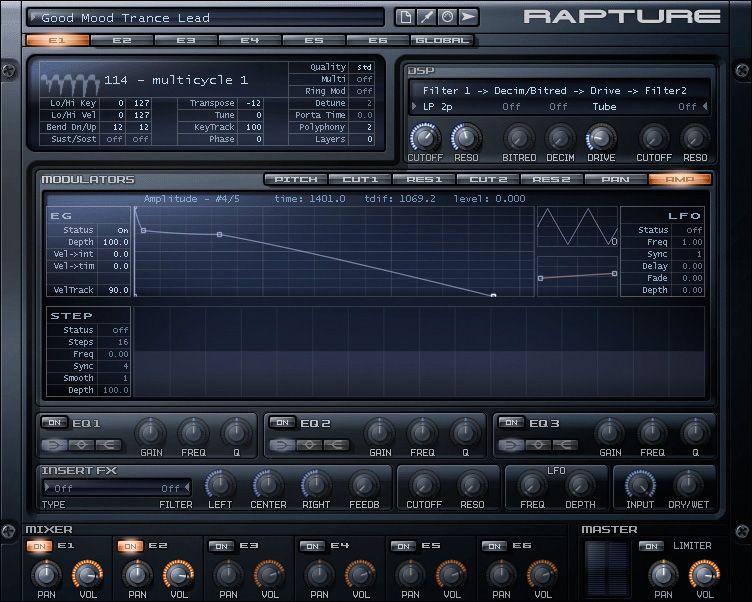

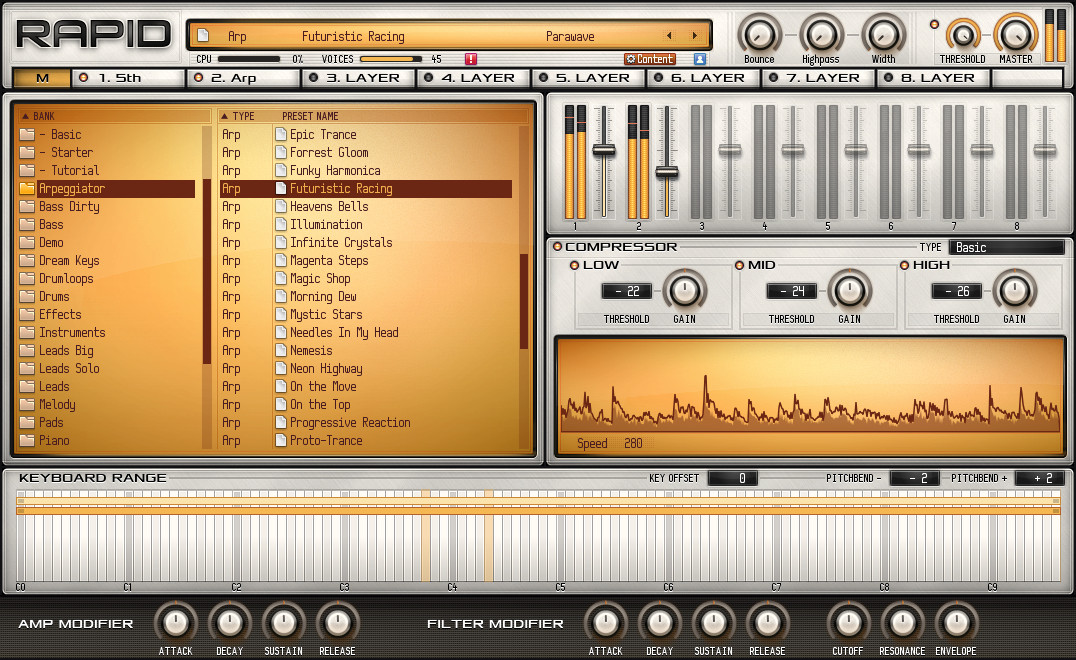
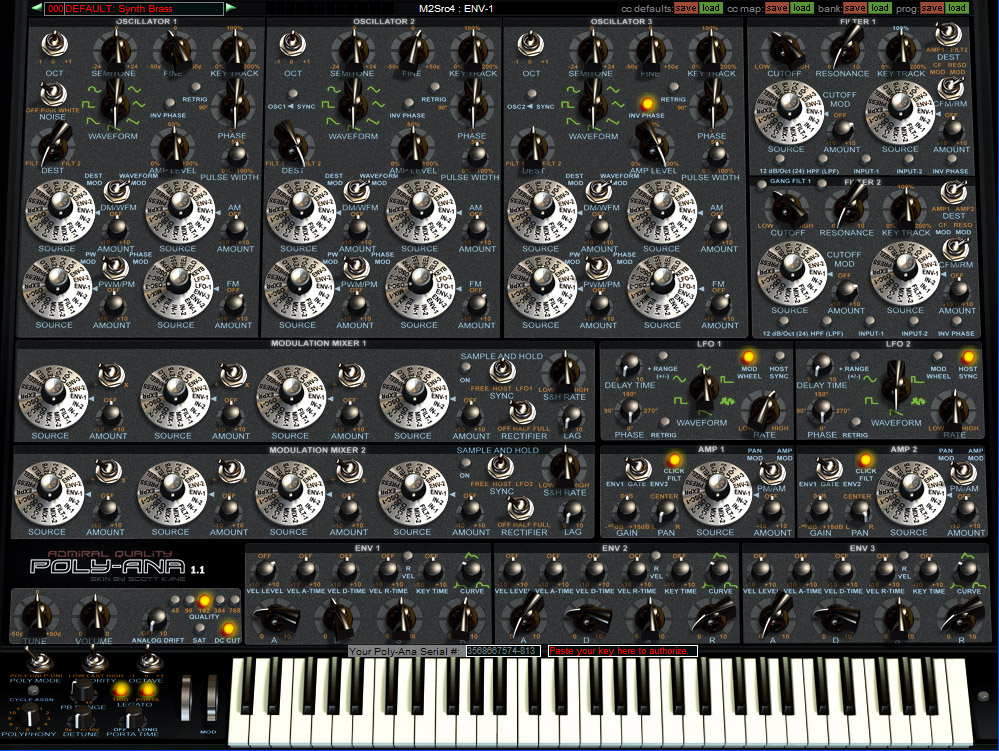
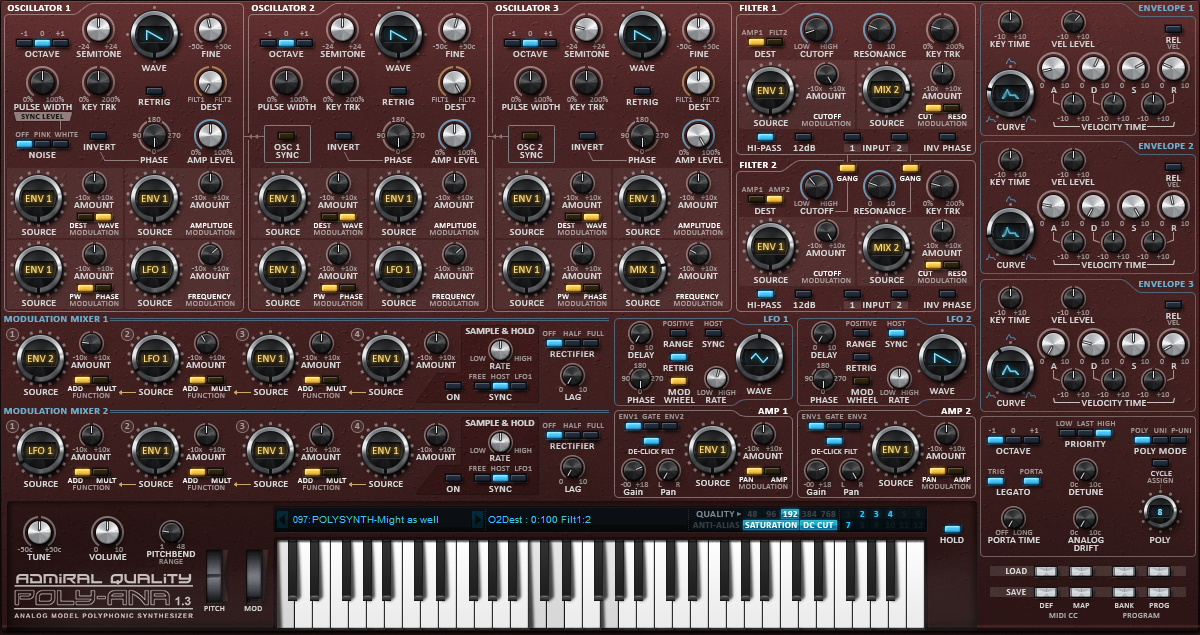
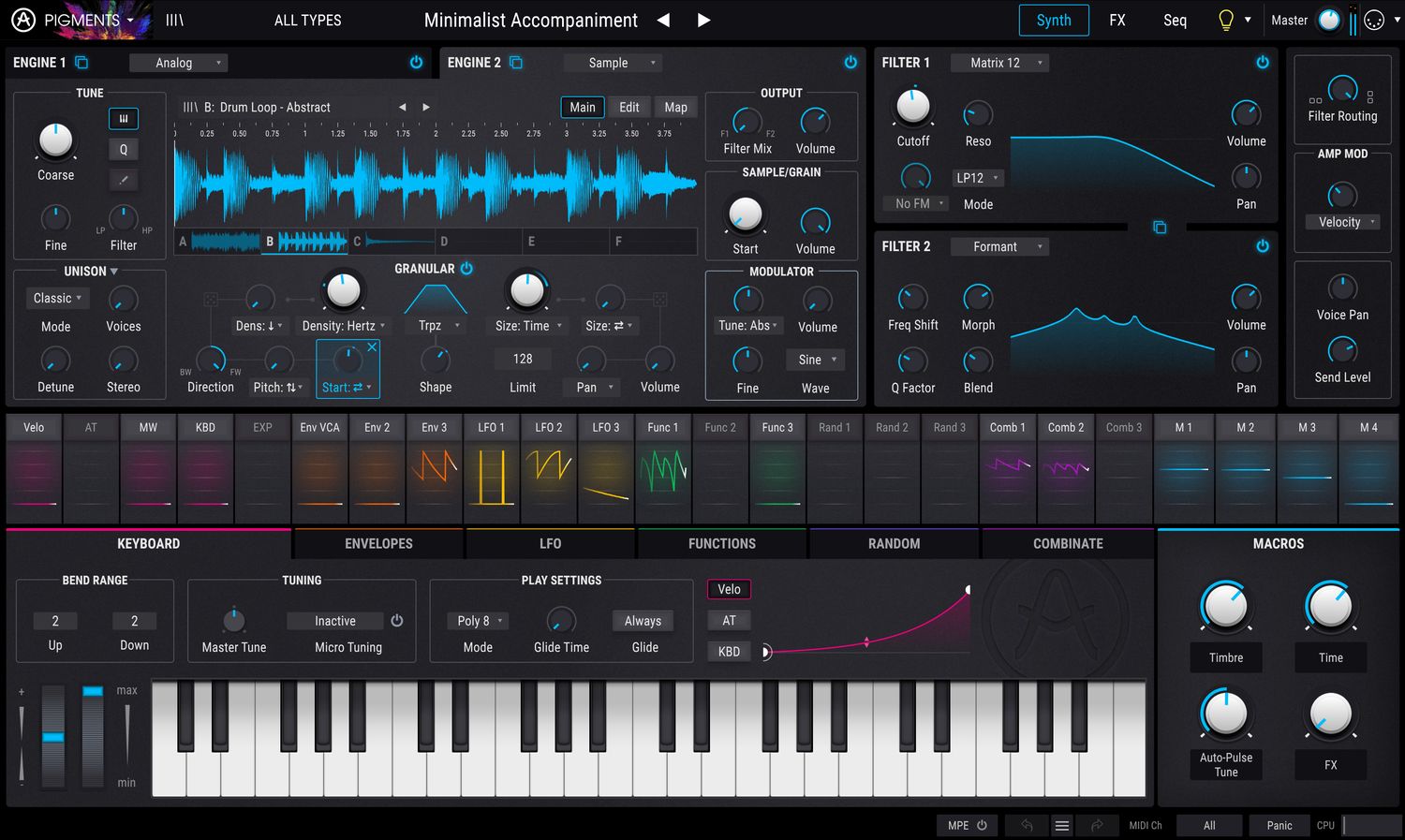
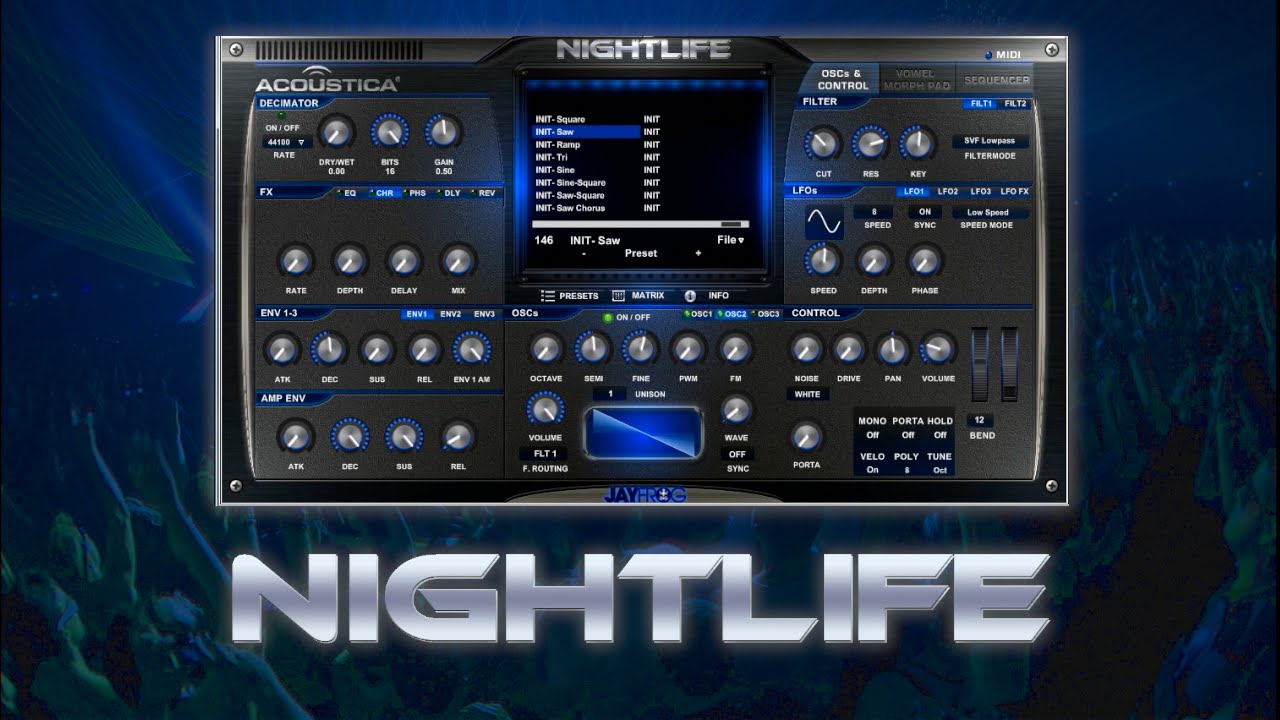
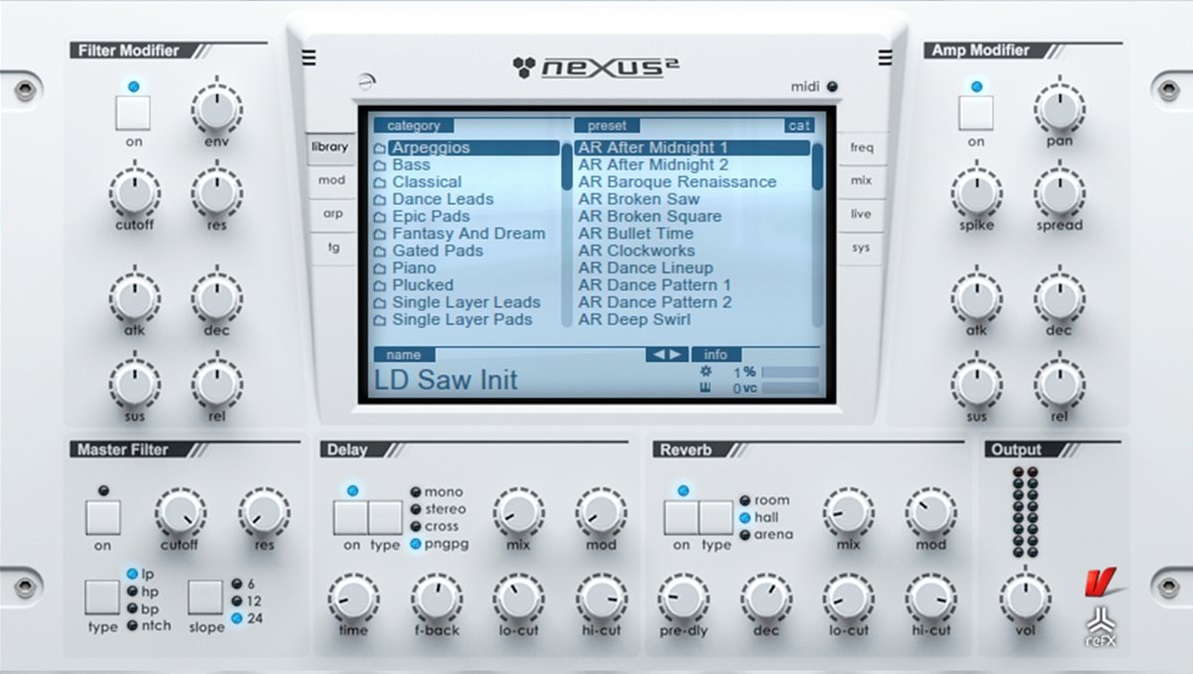
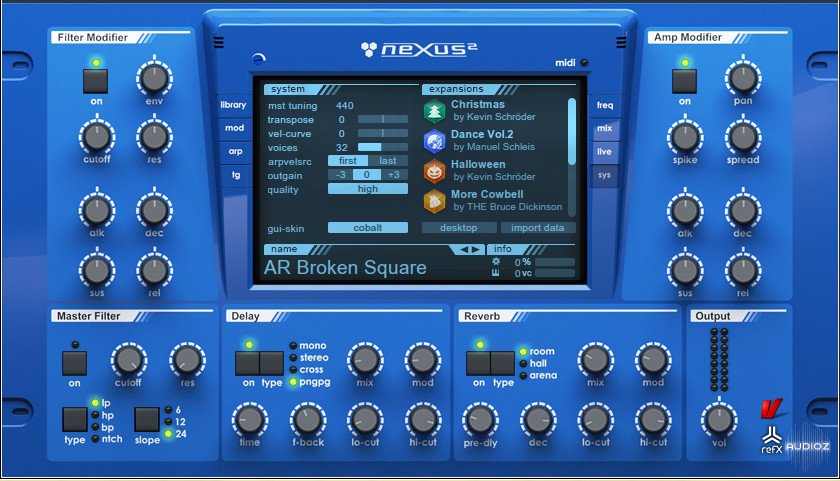
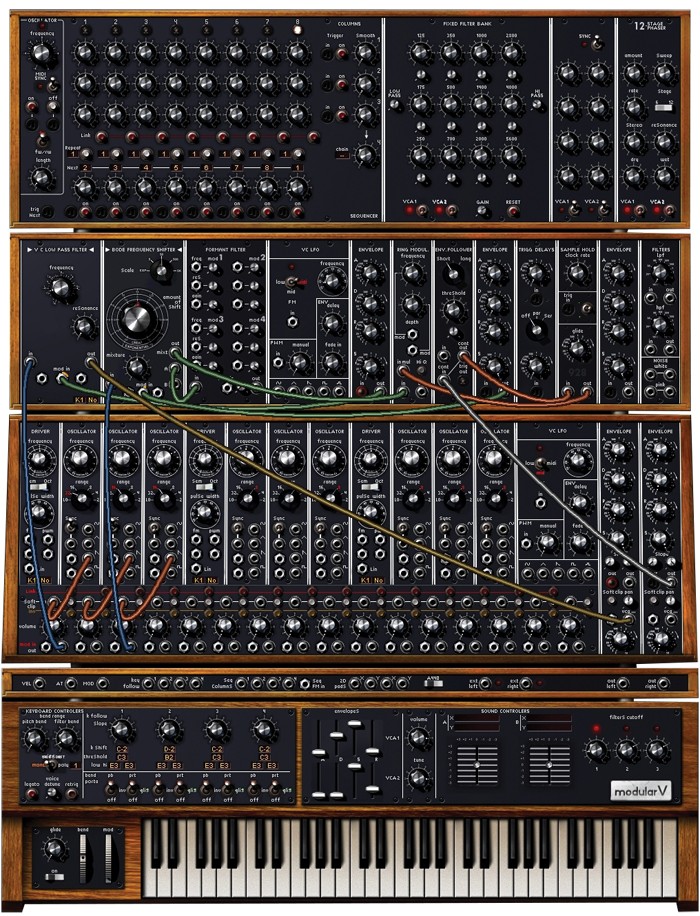
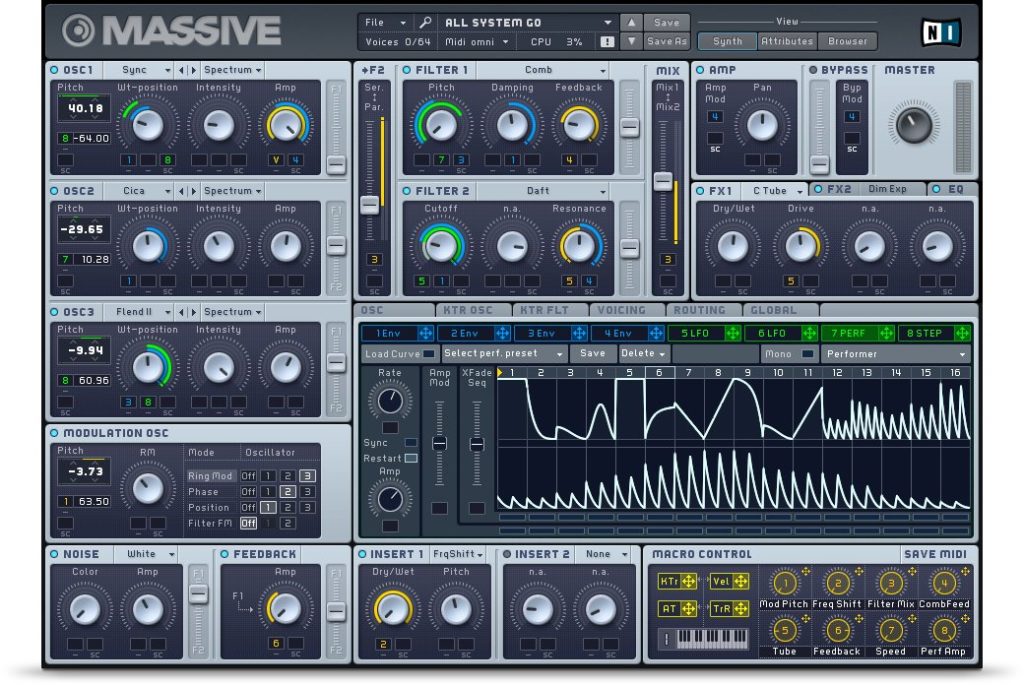
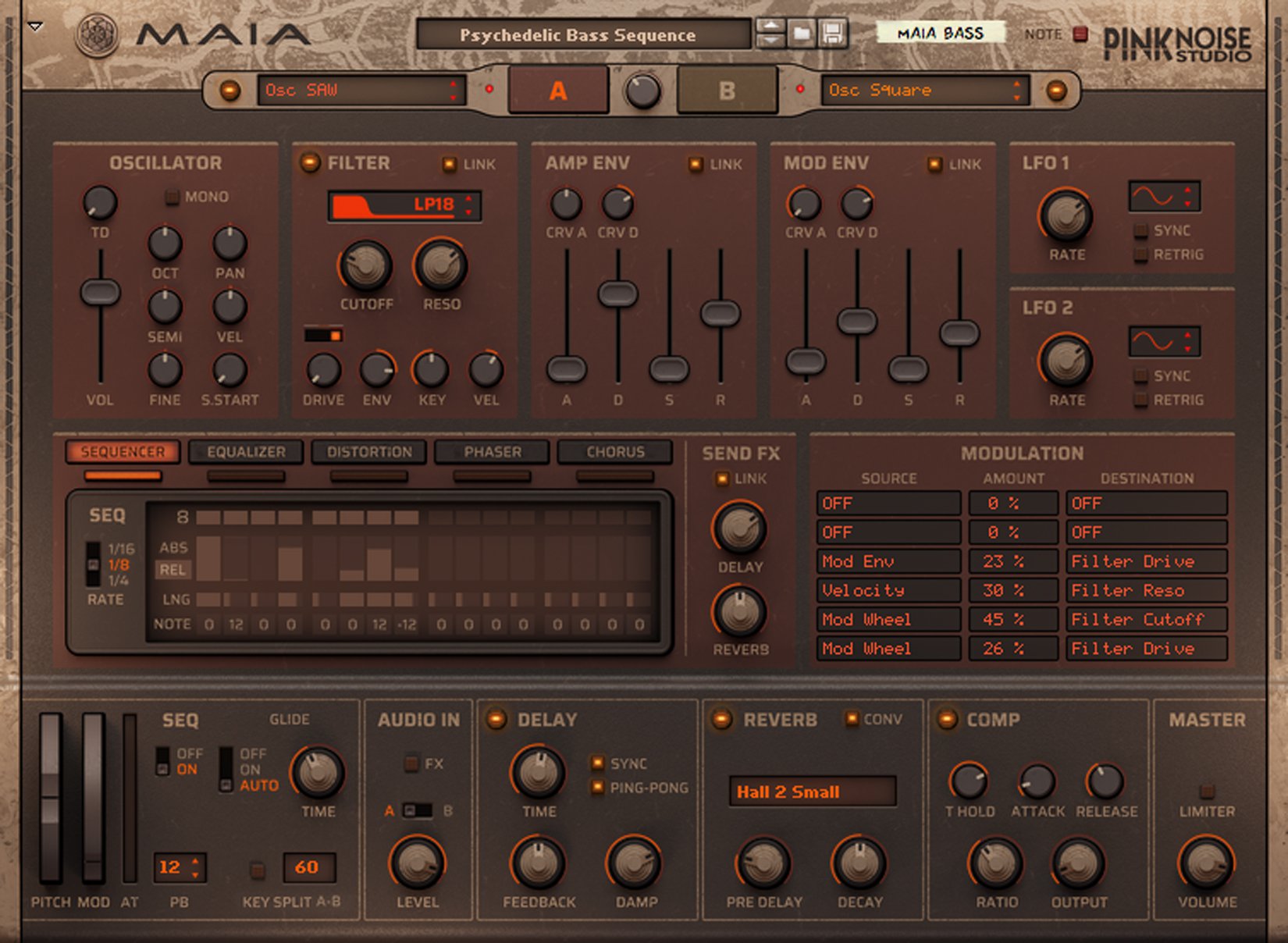
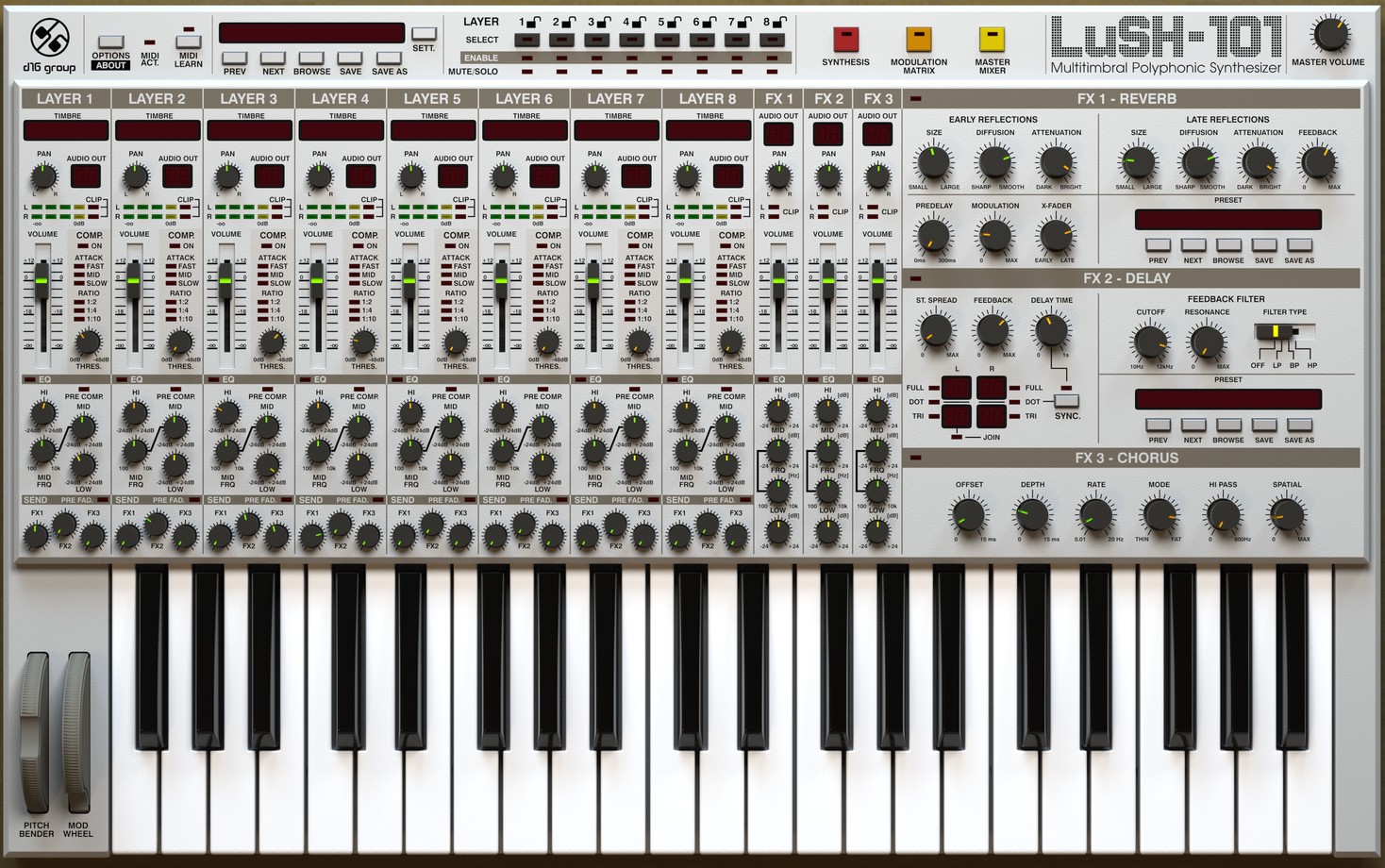
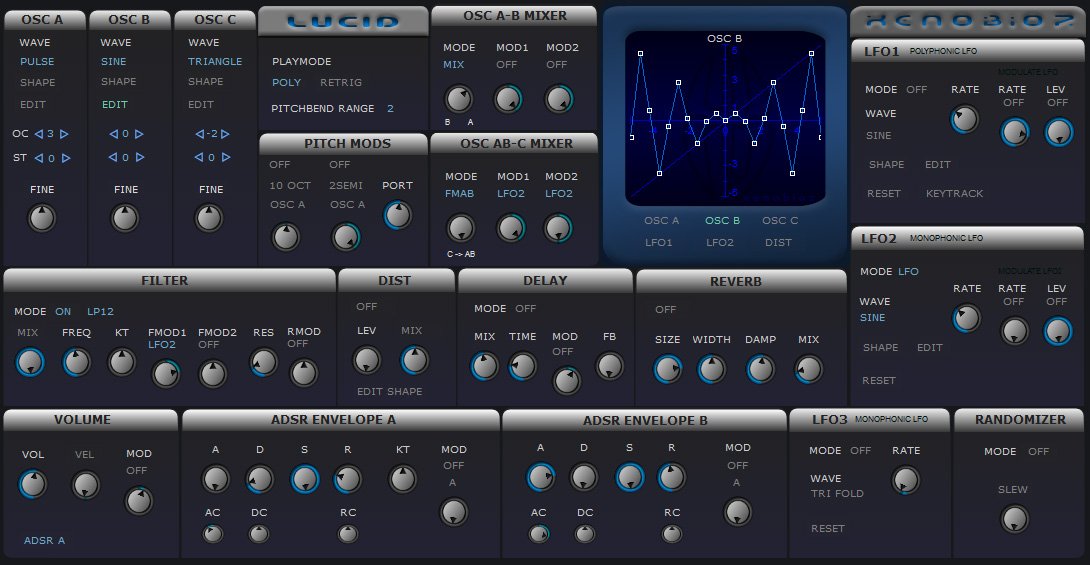
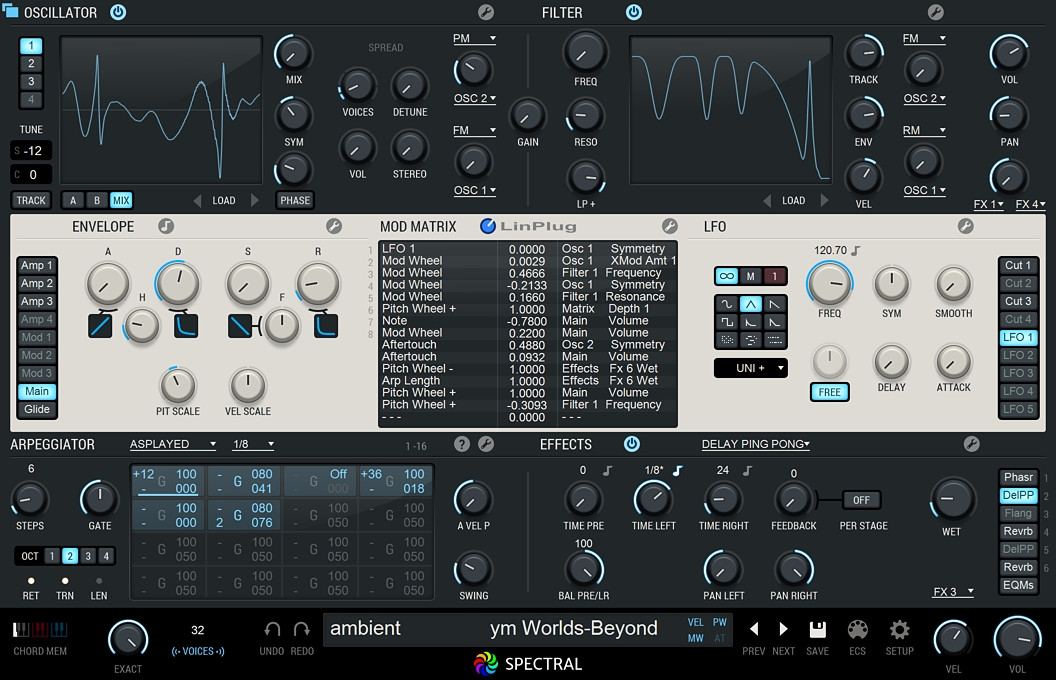
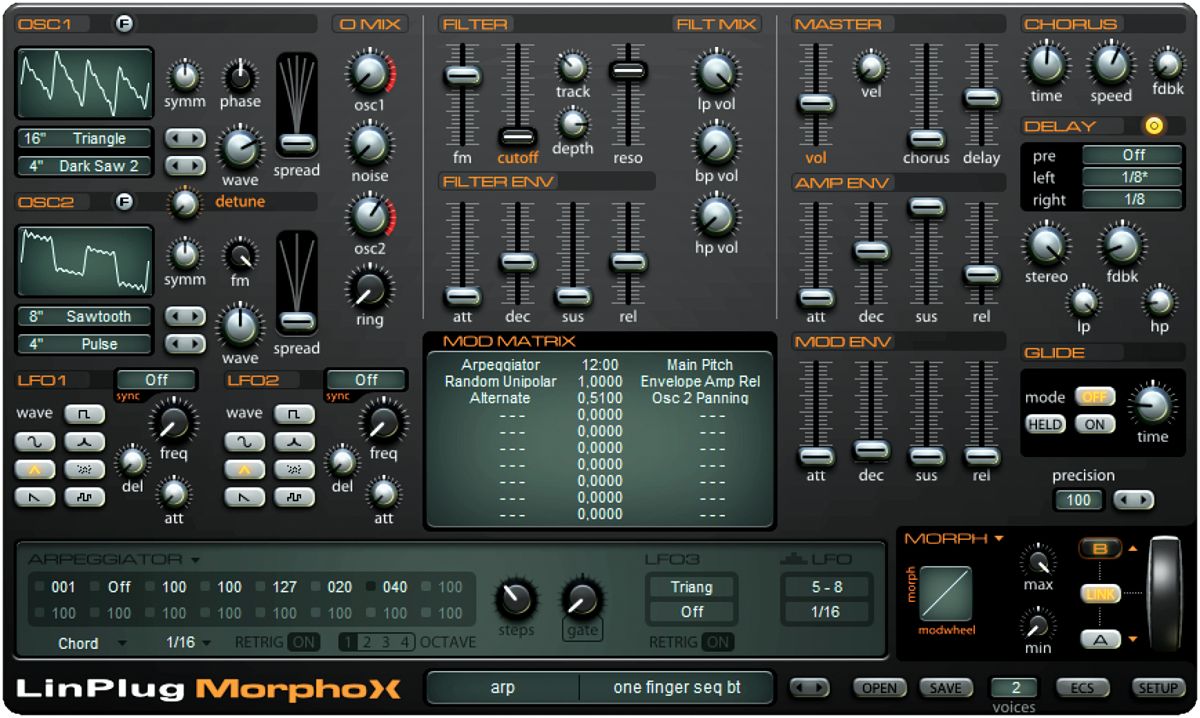
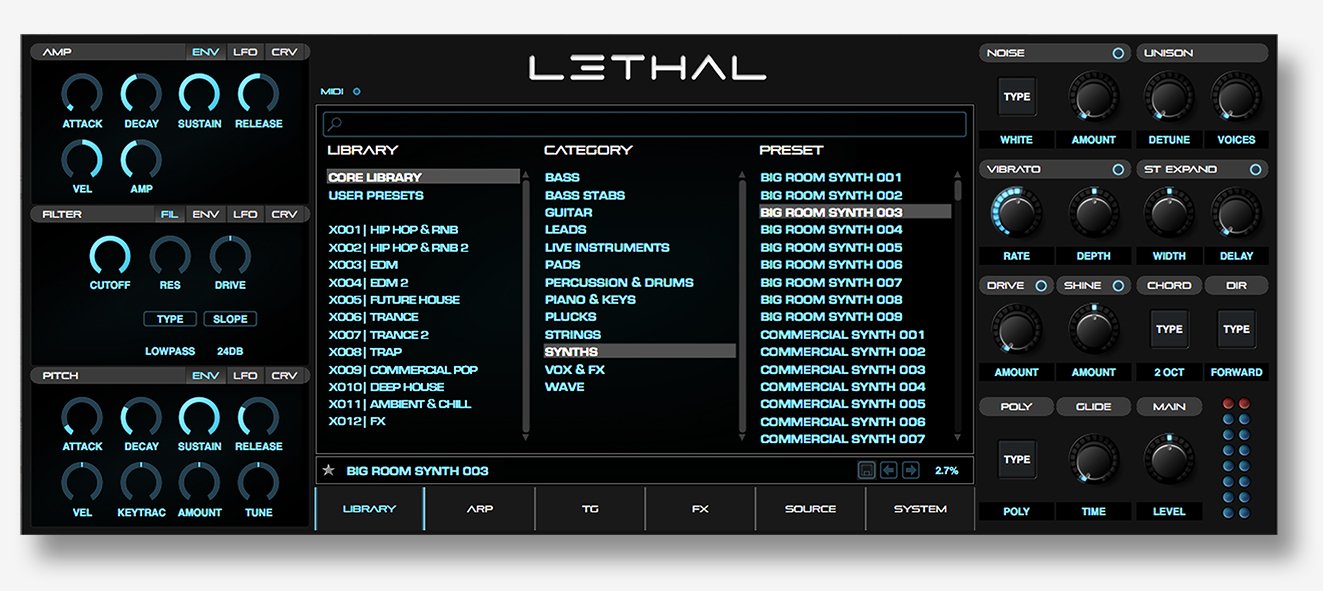
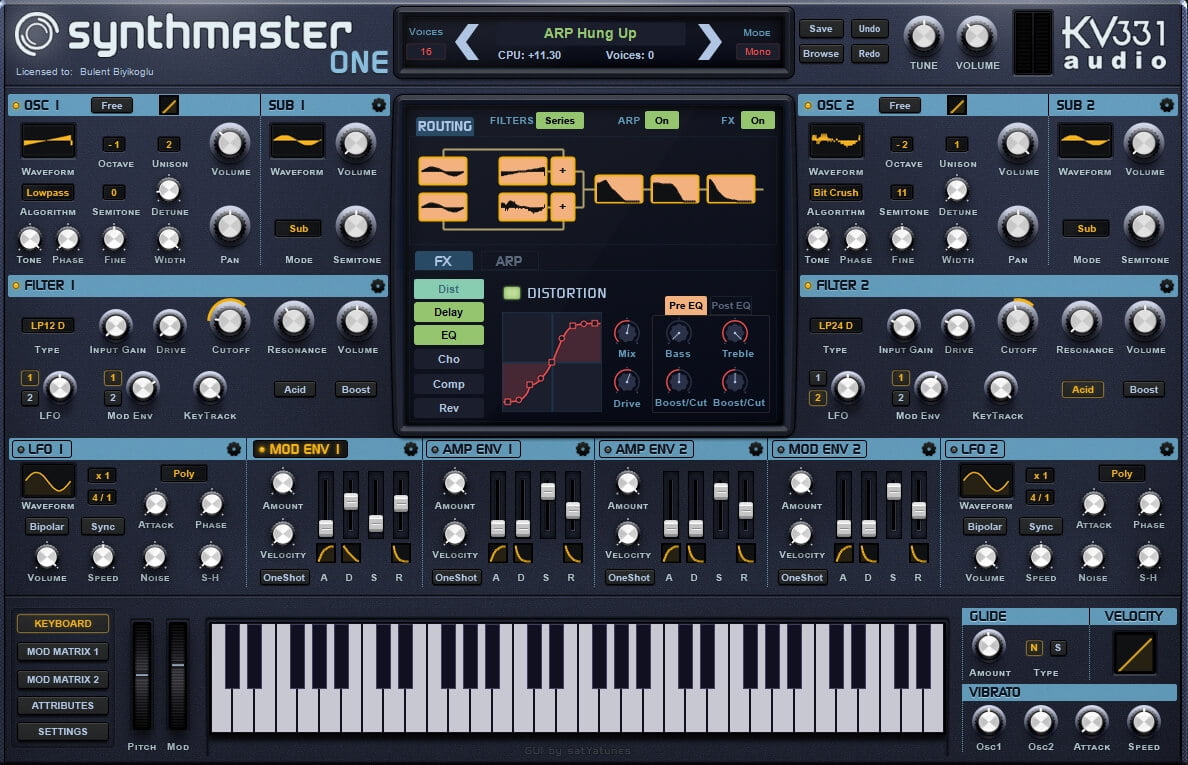
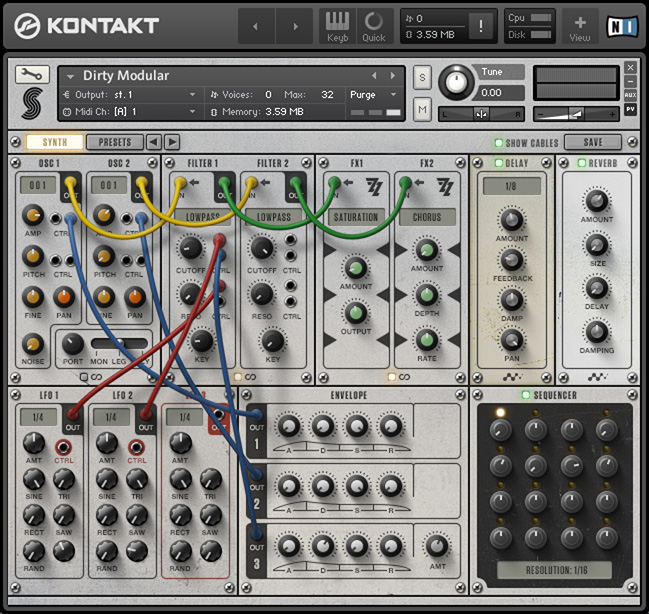
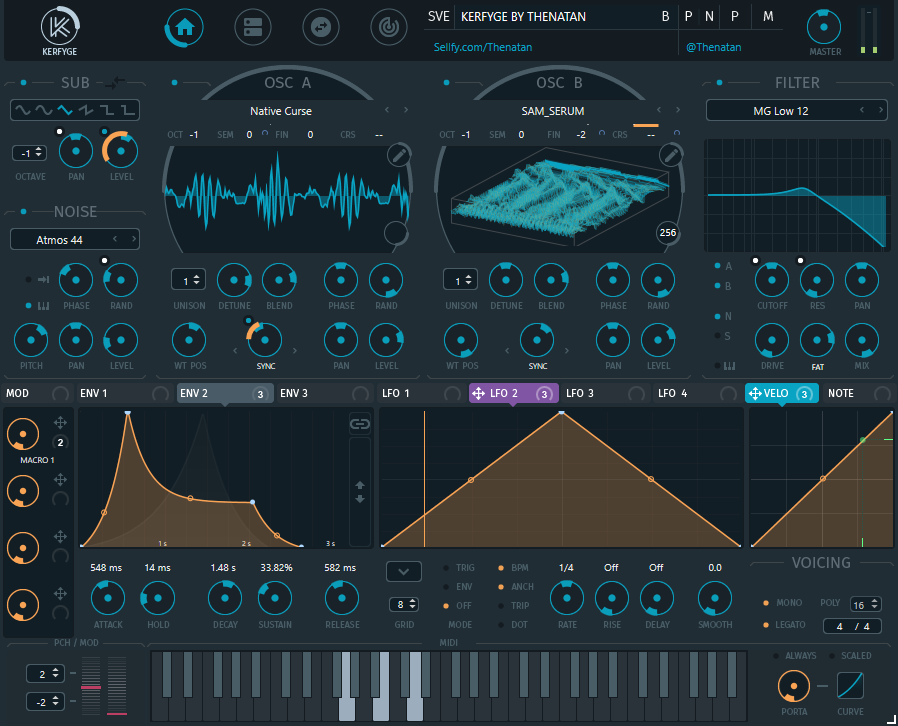
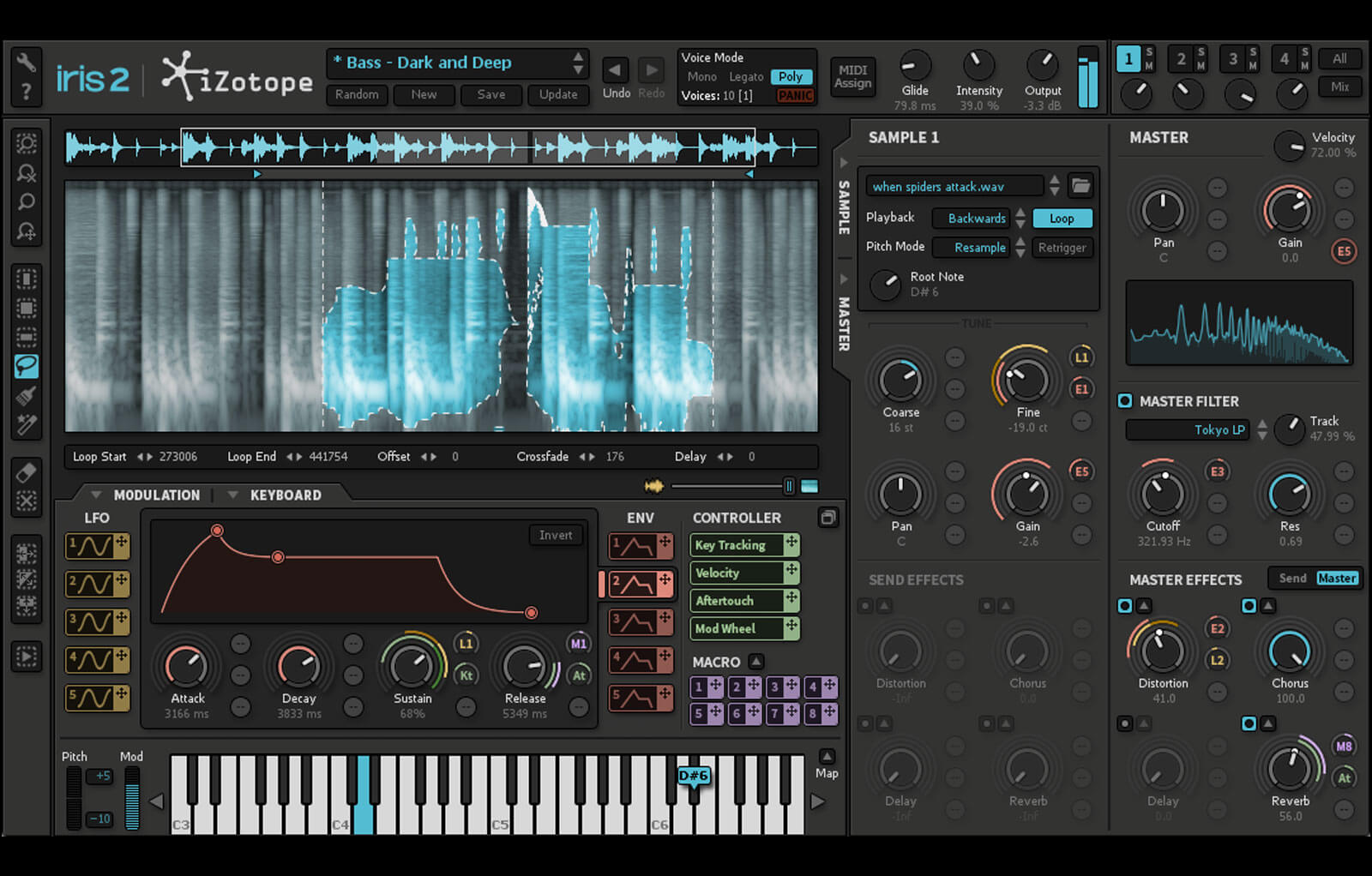

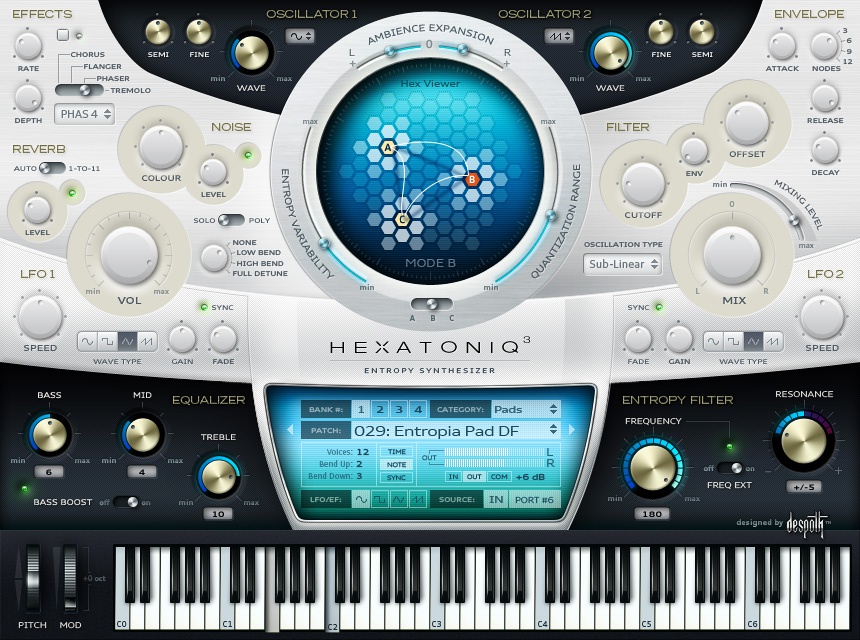
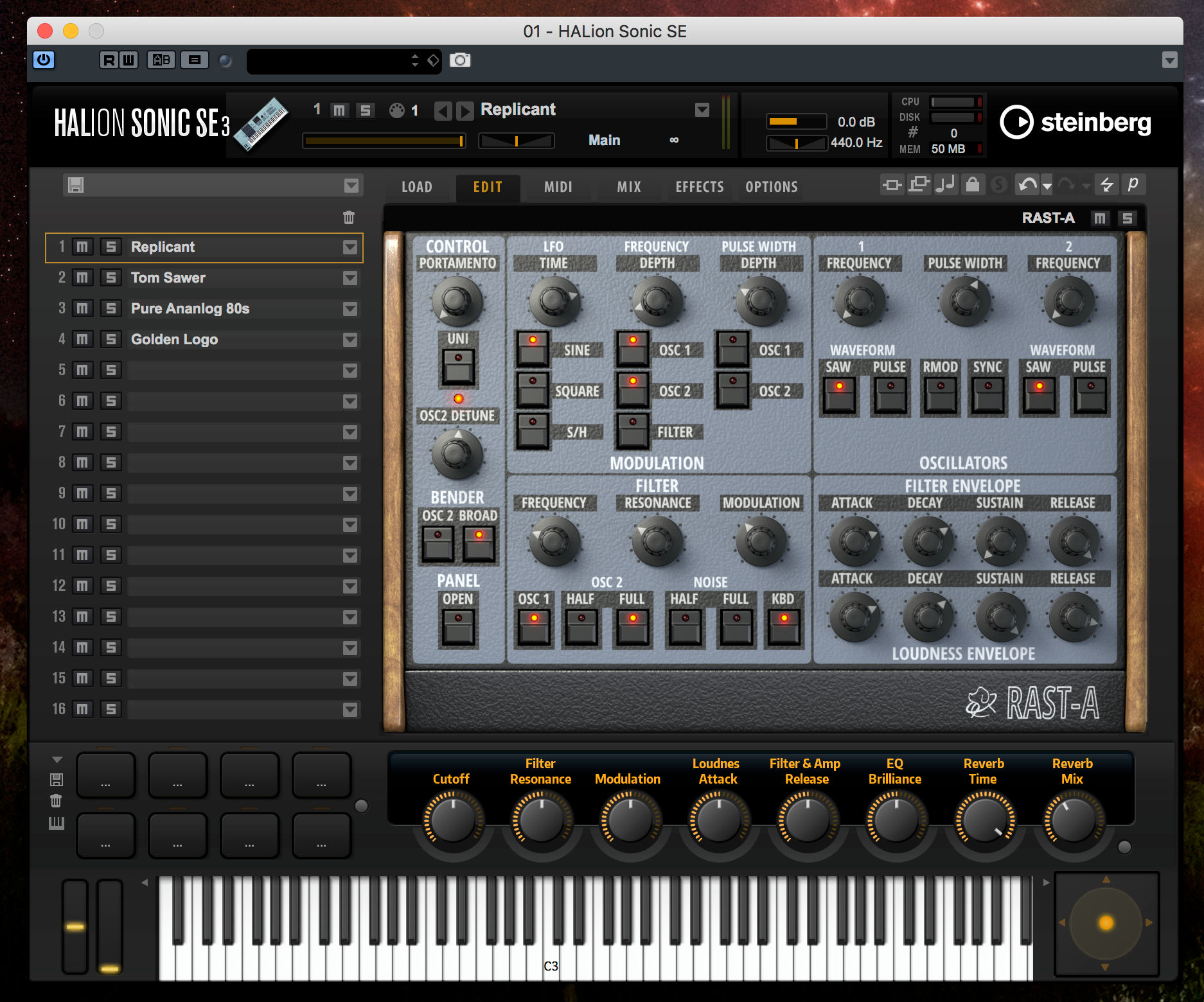
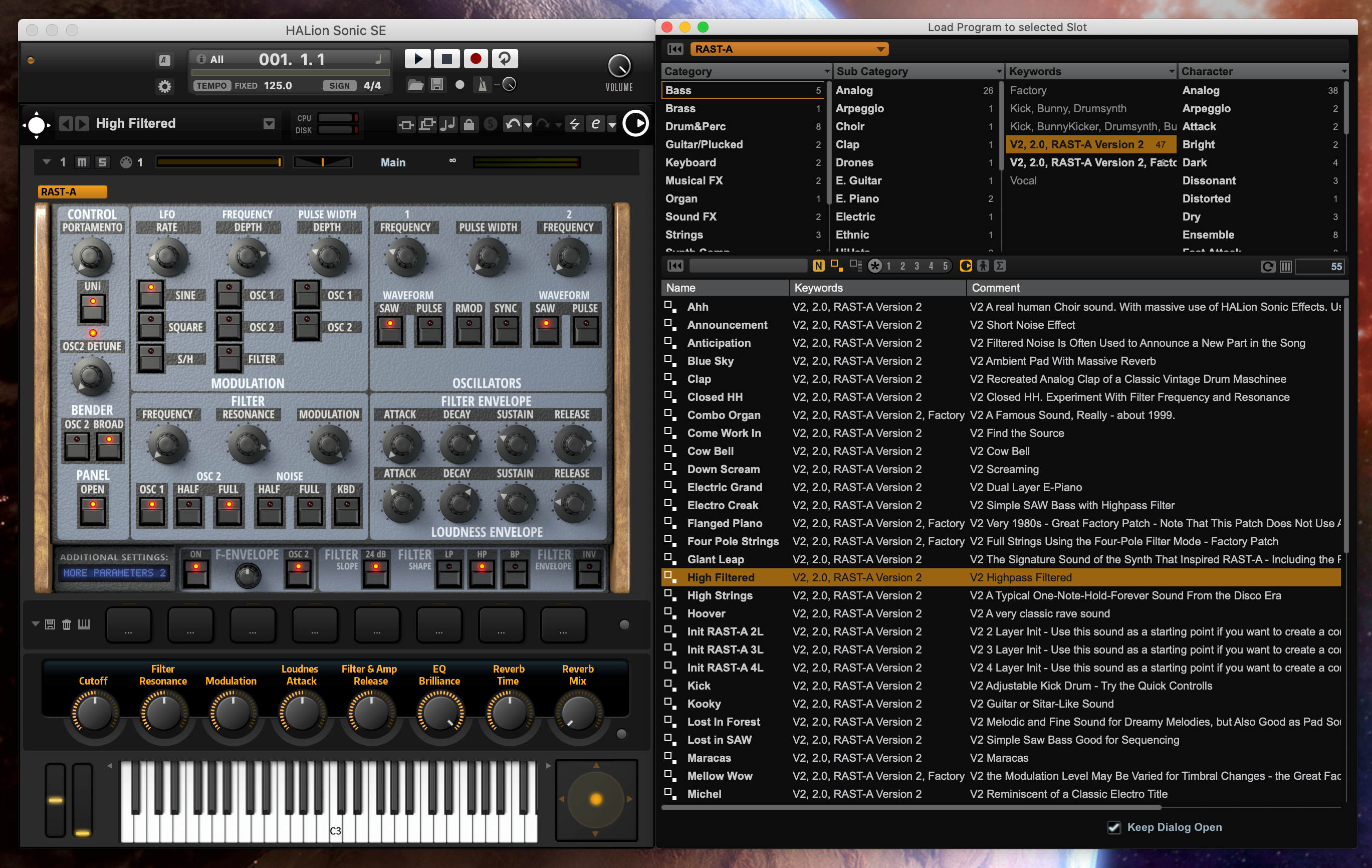

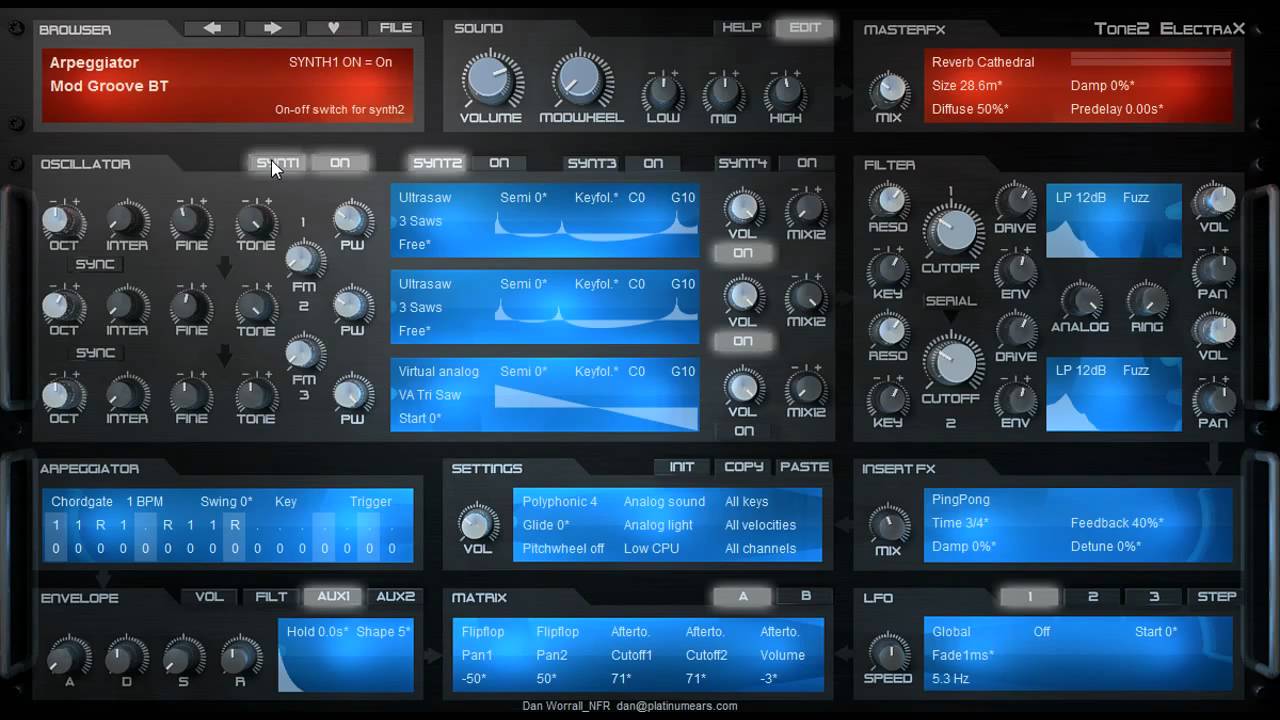

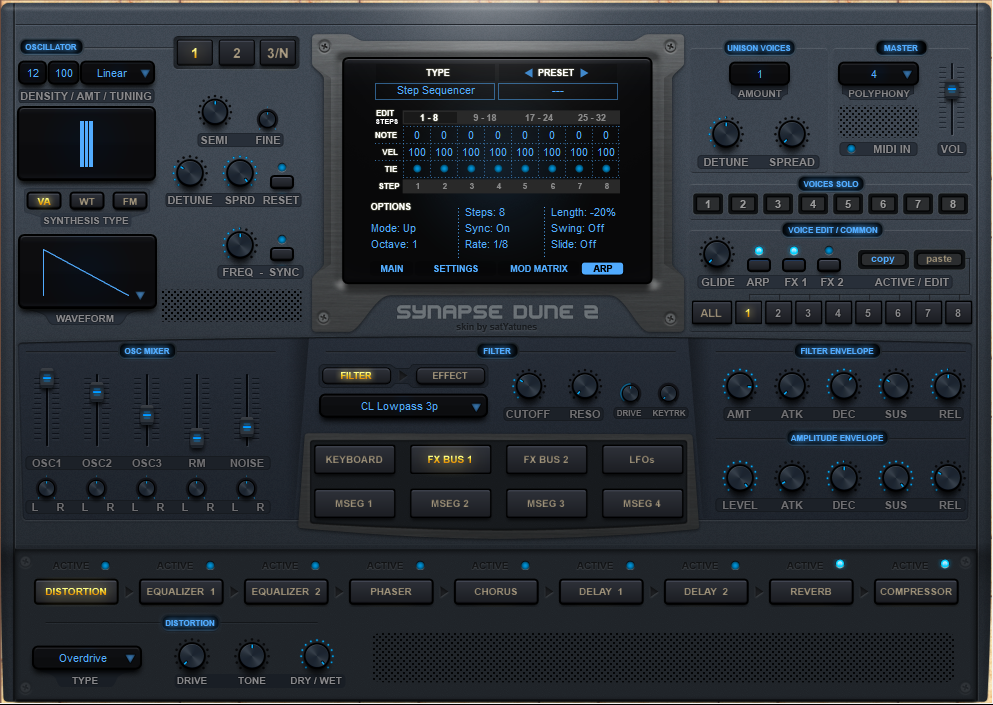

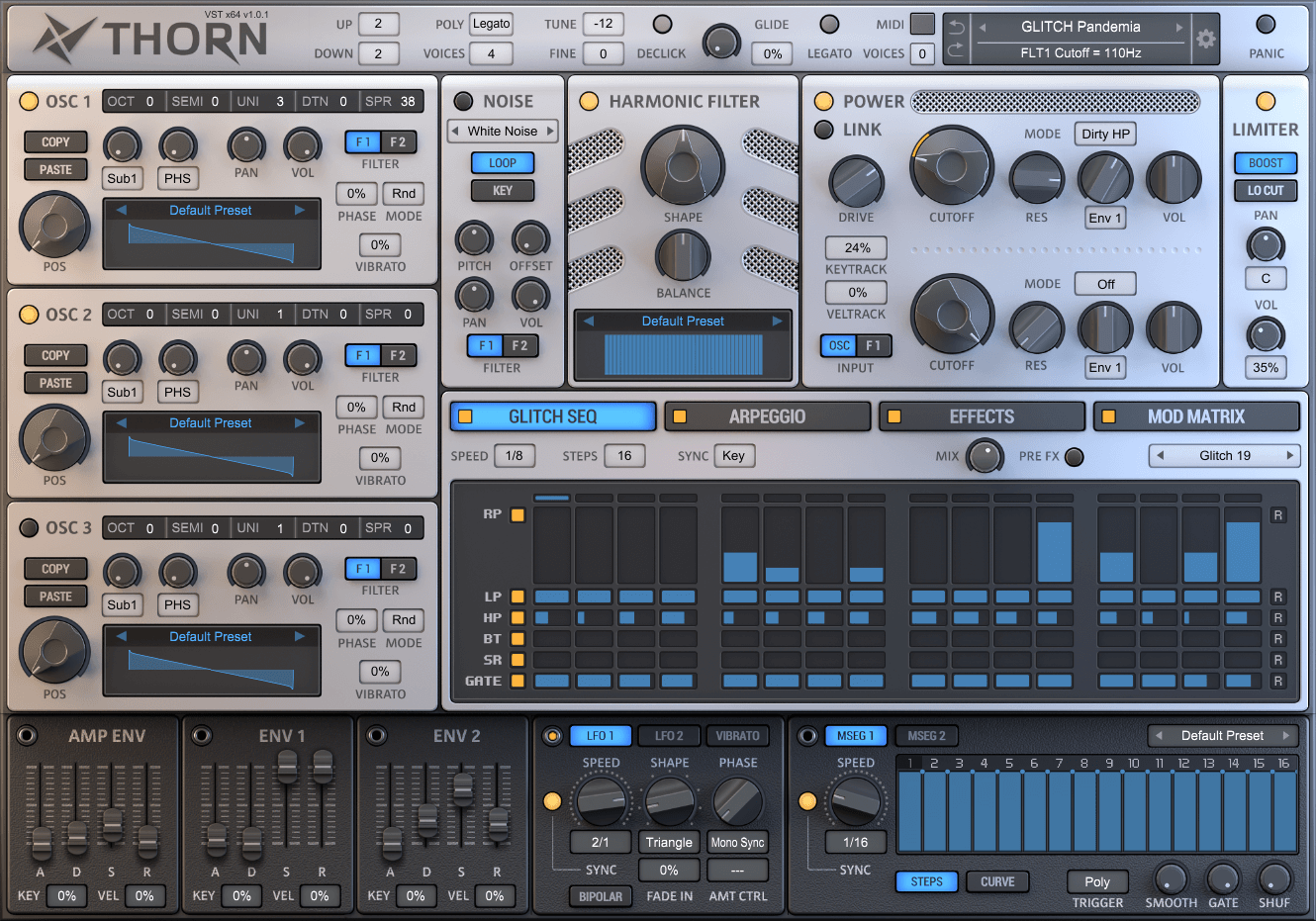
0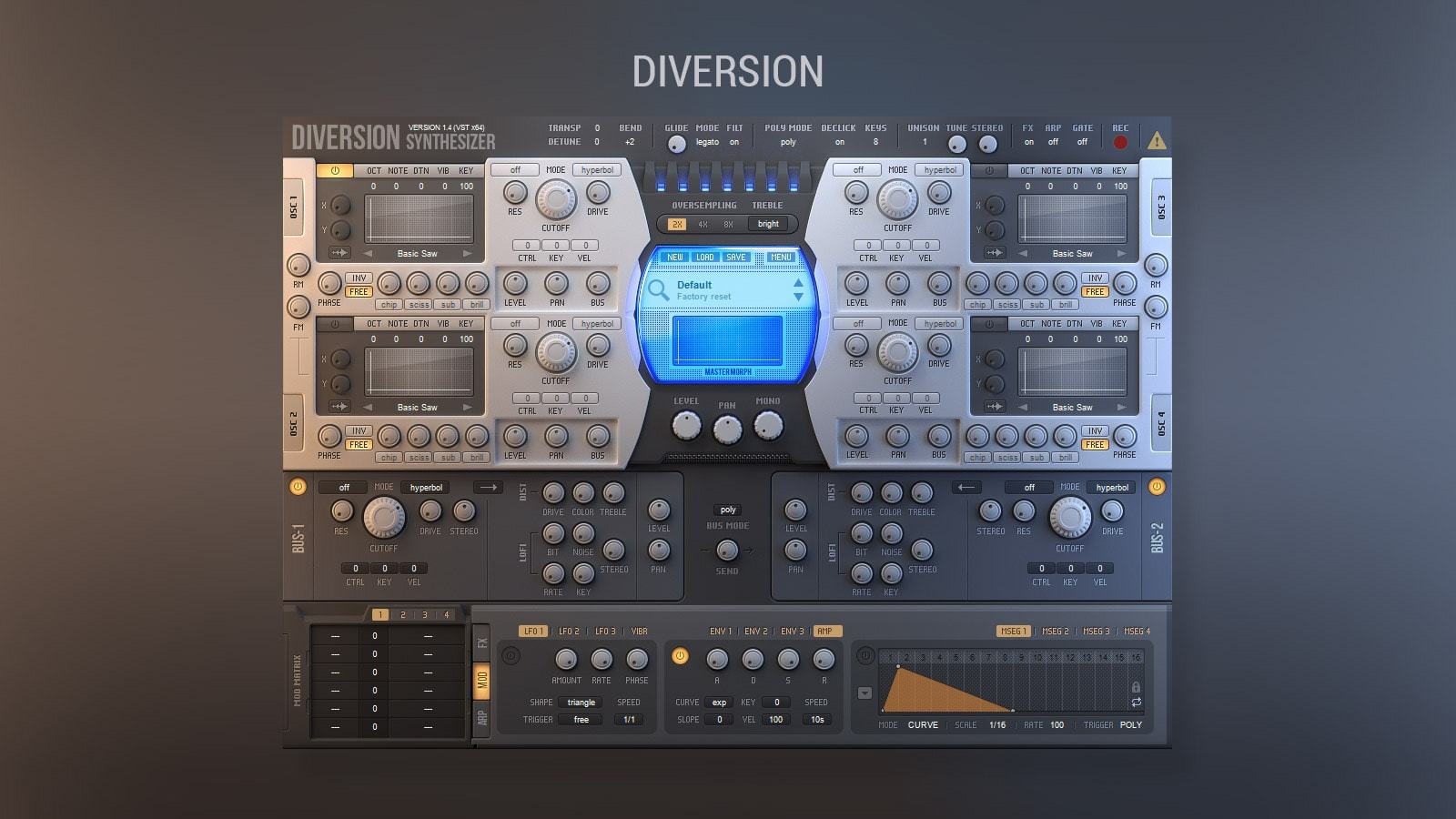
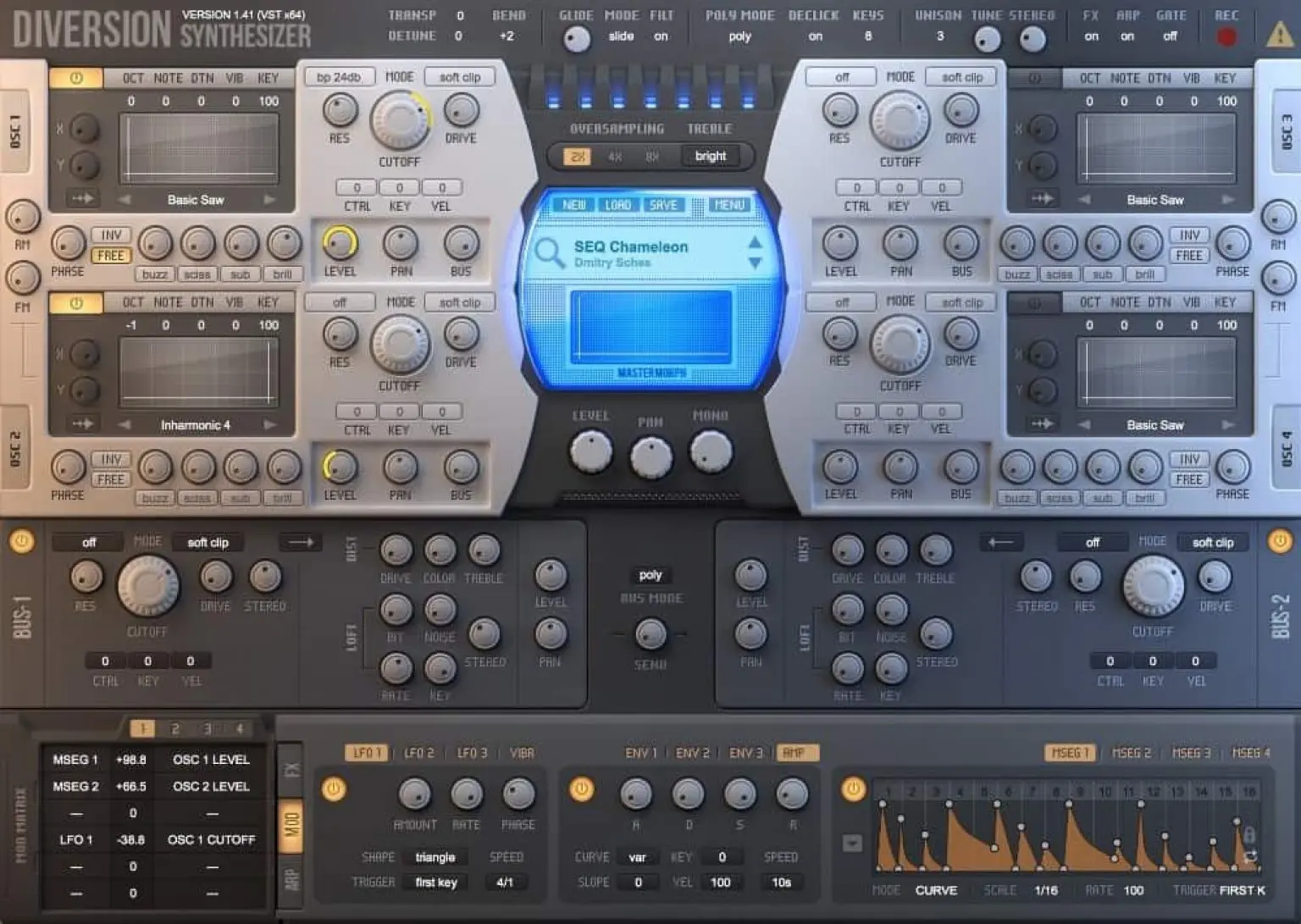
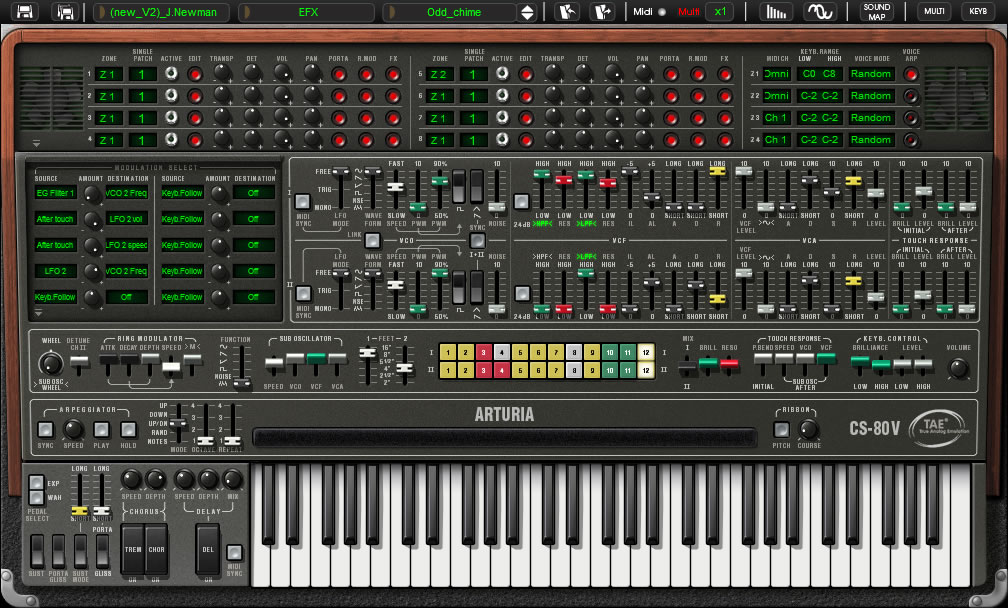
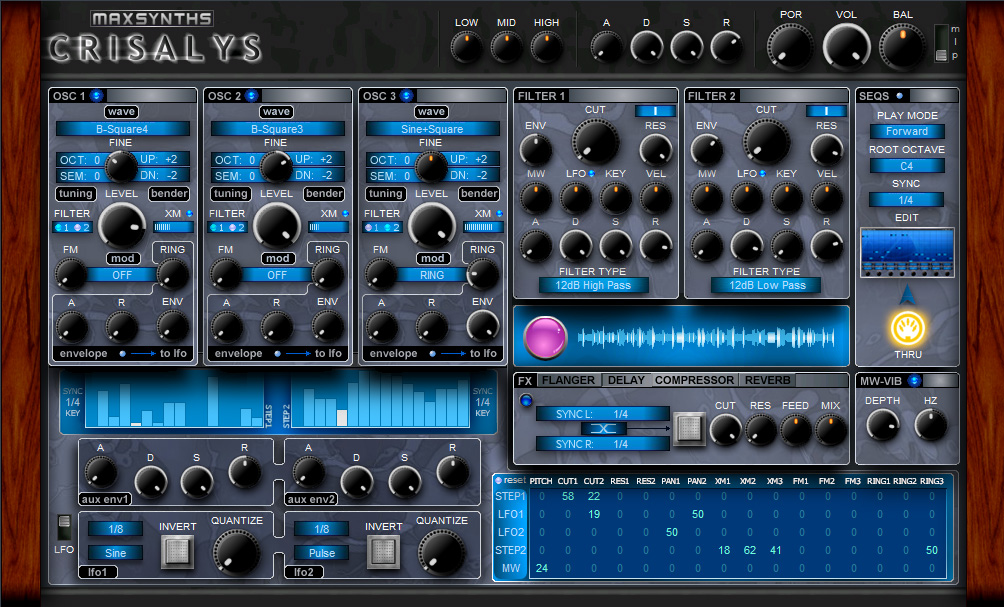
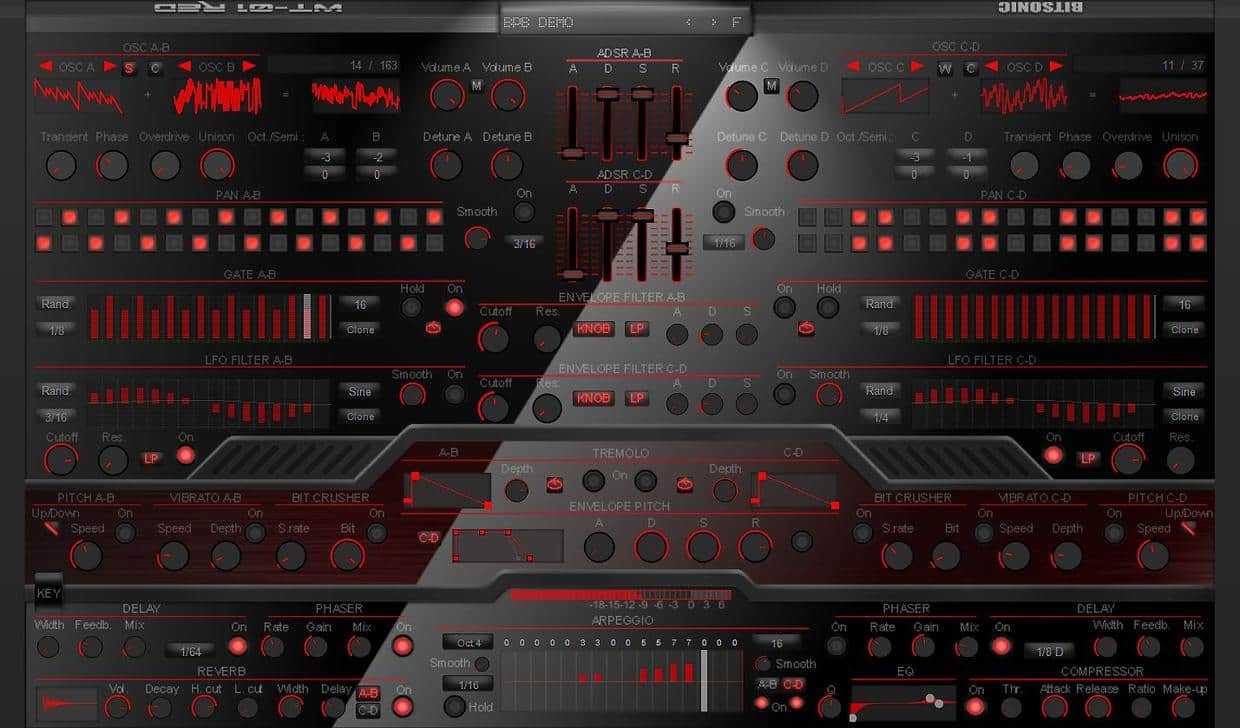

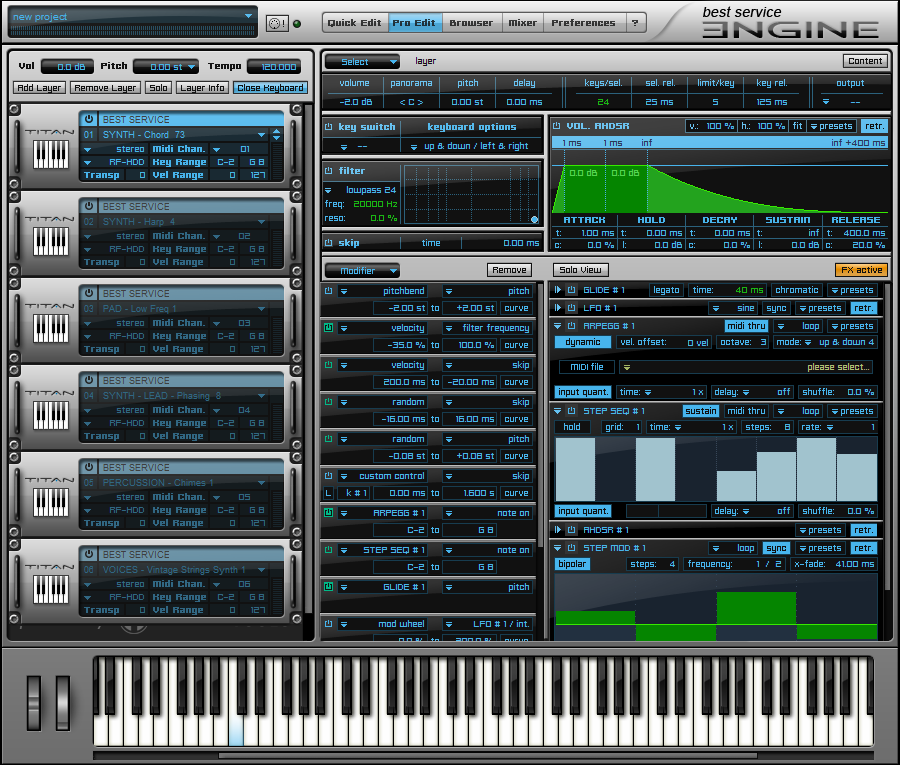
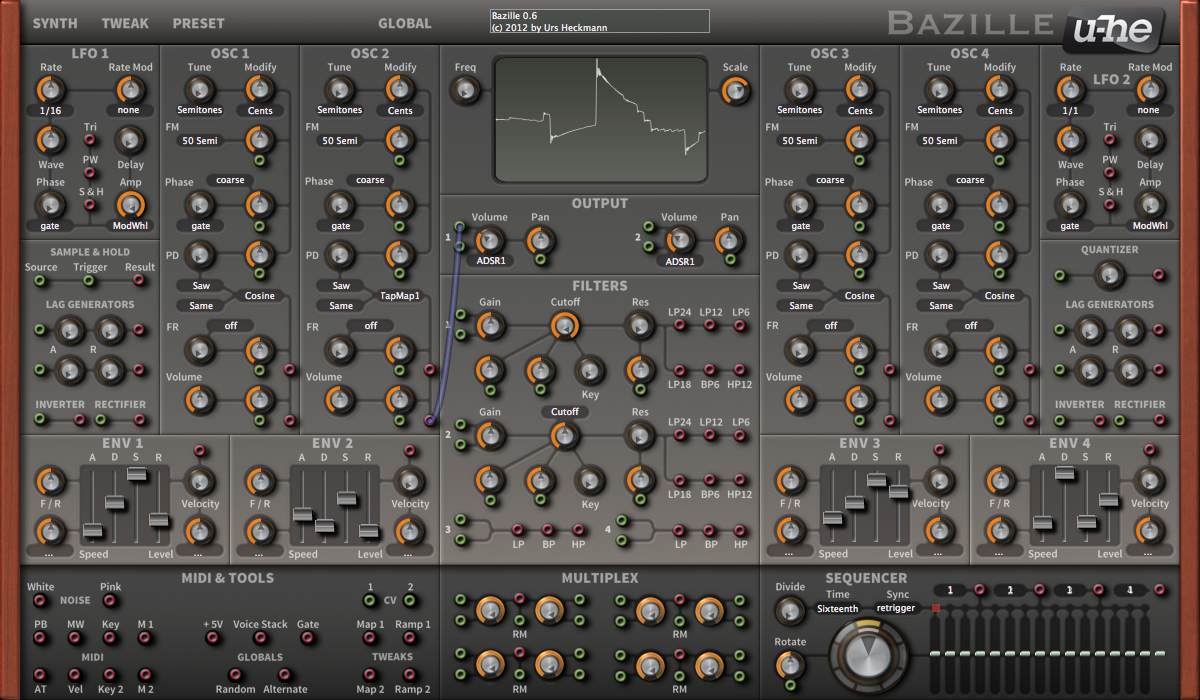
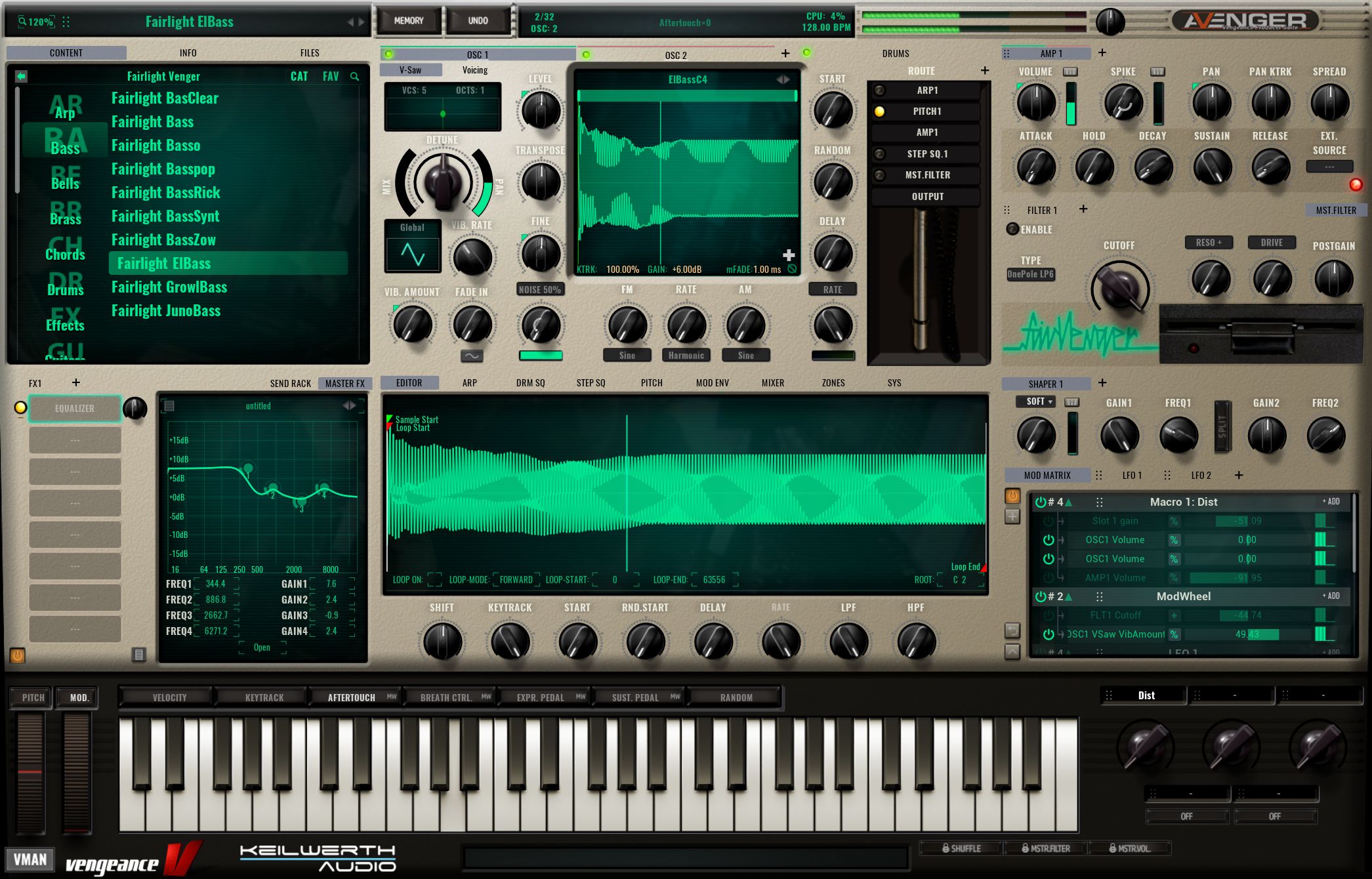
![]()
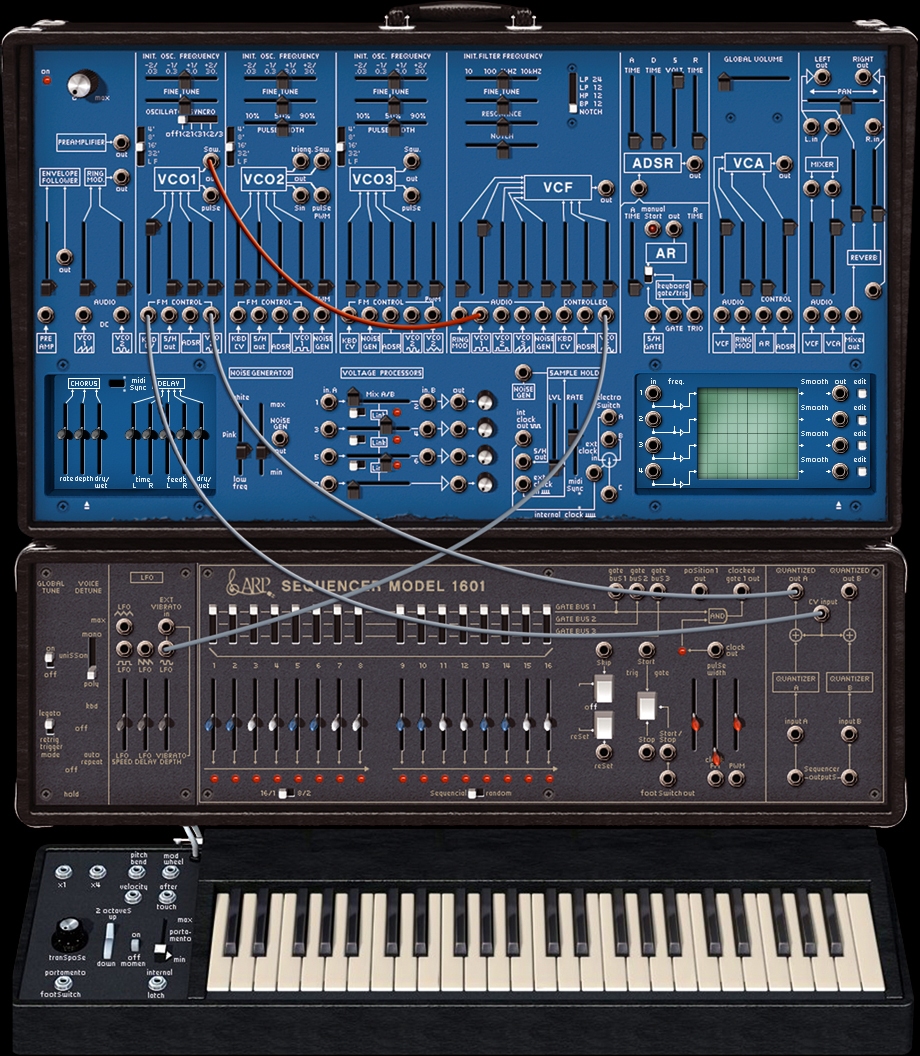
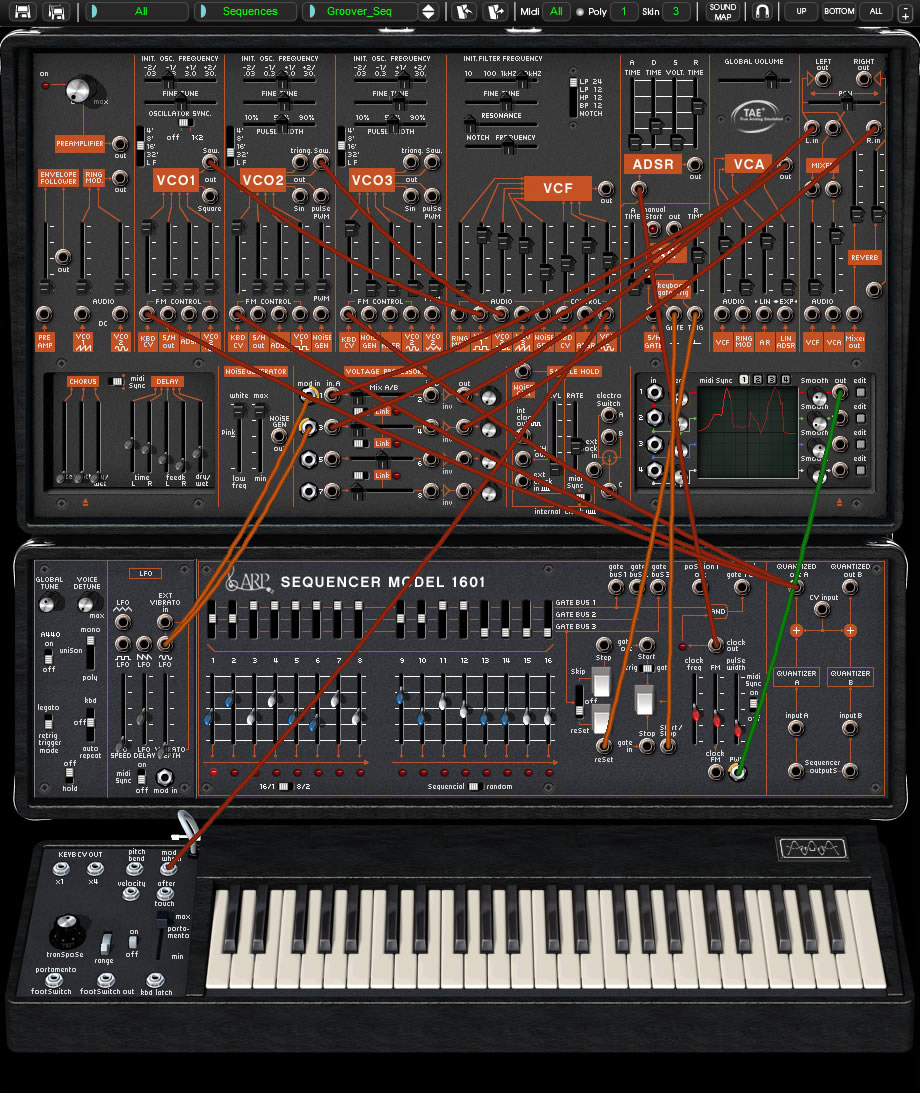
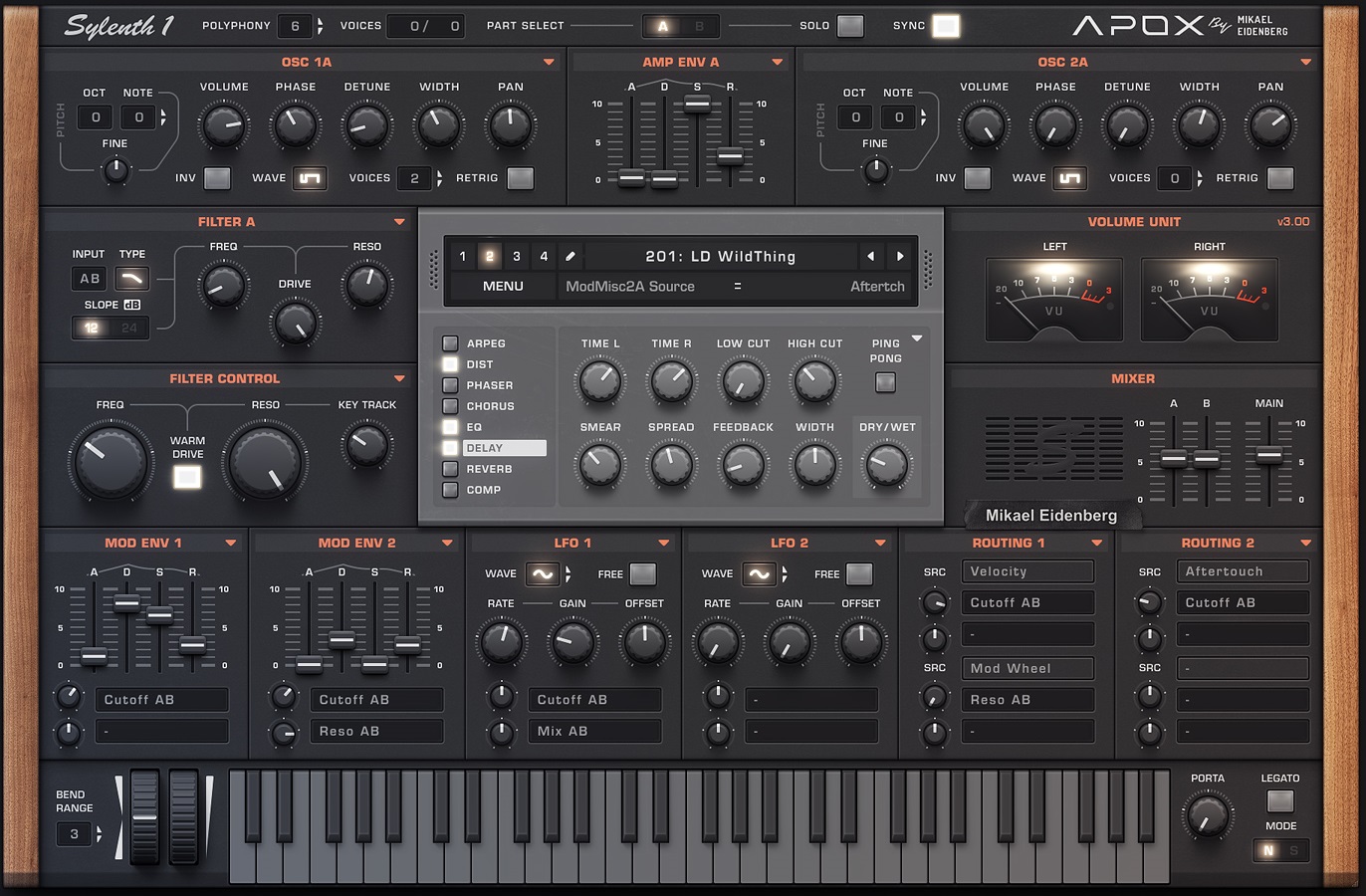
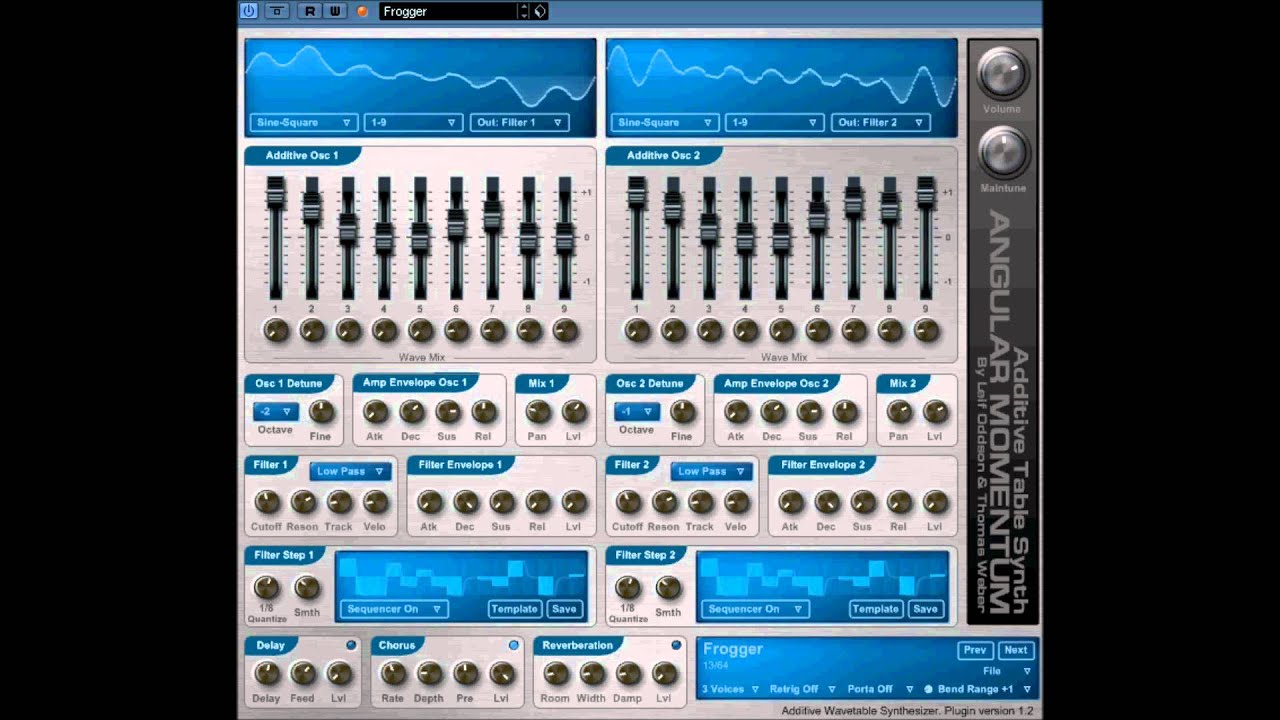
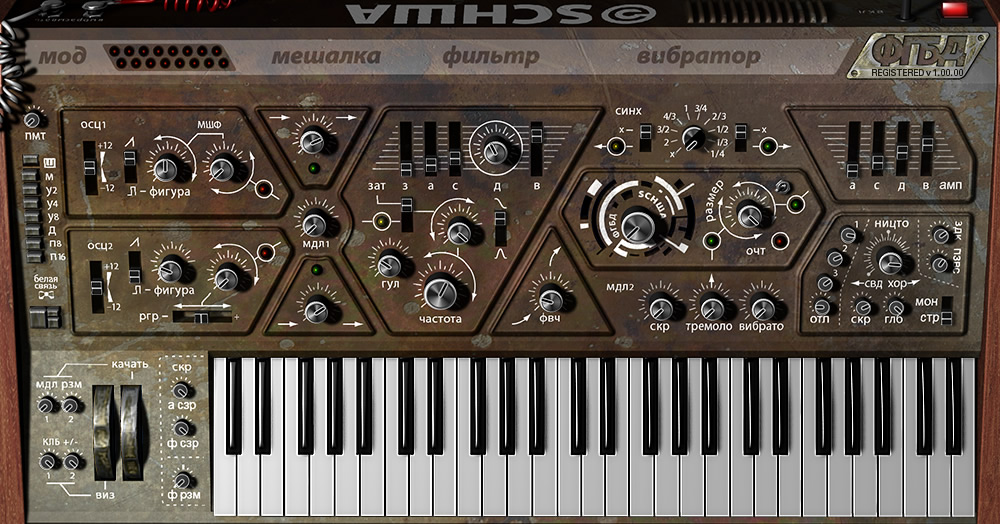
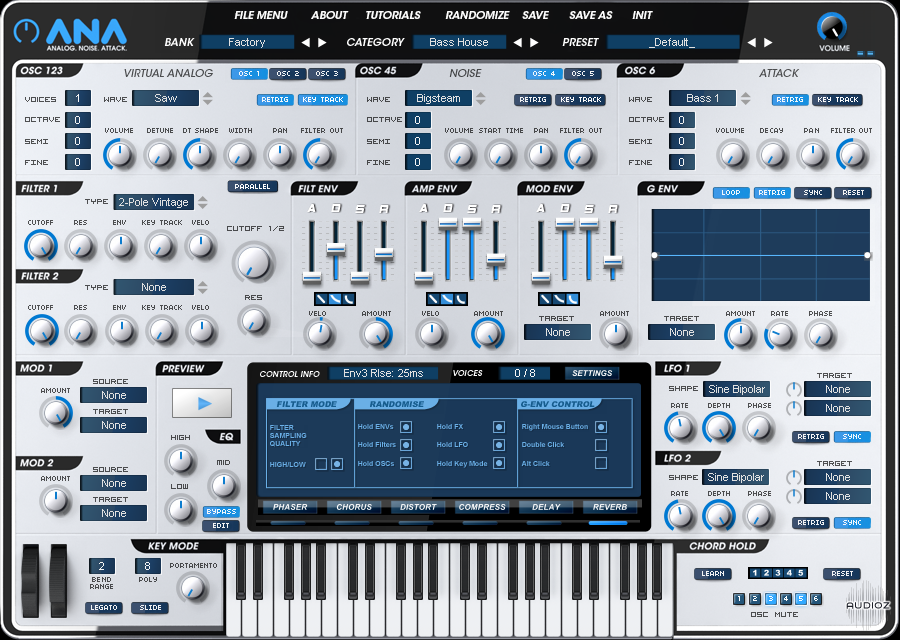
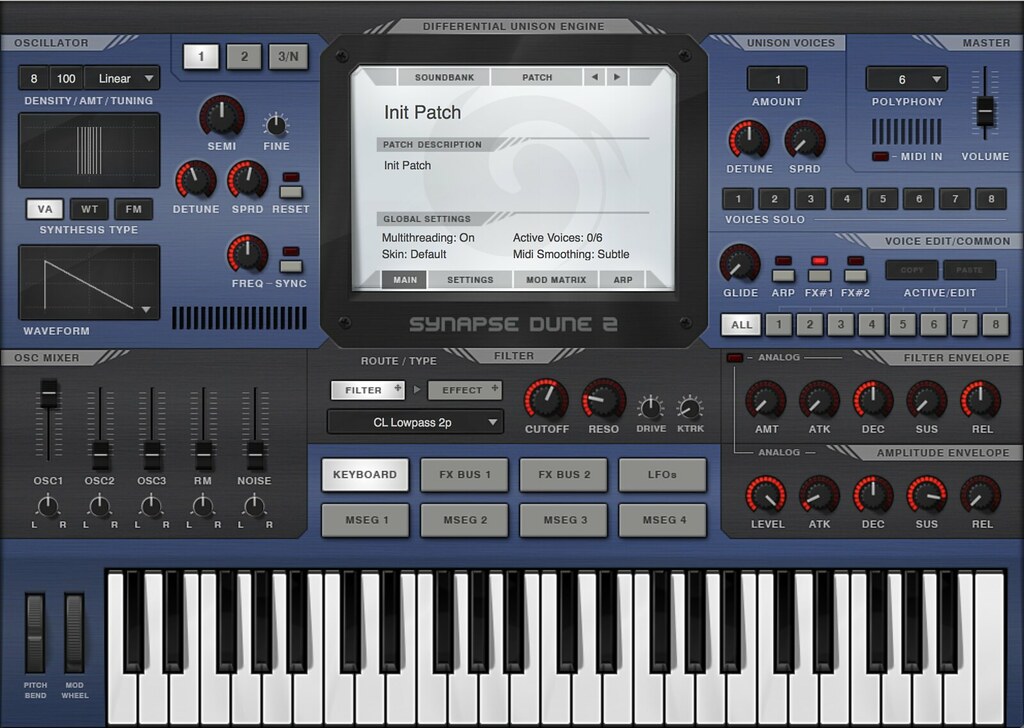
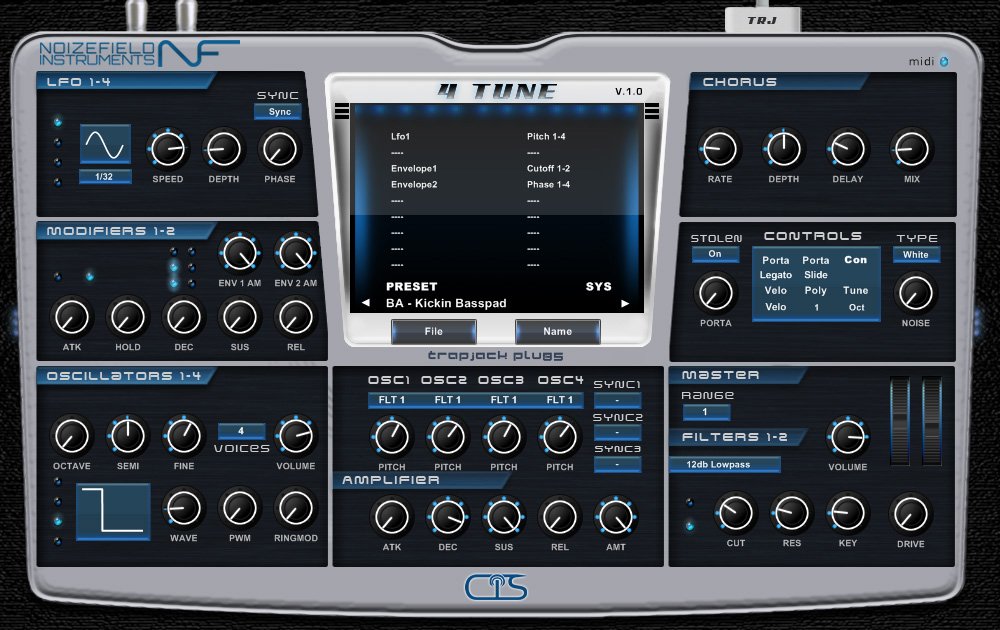
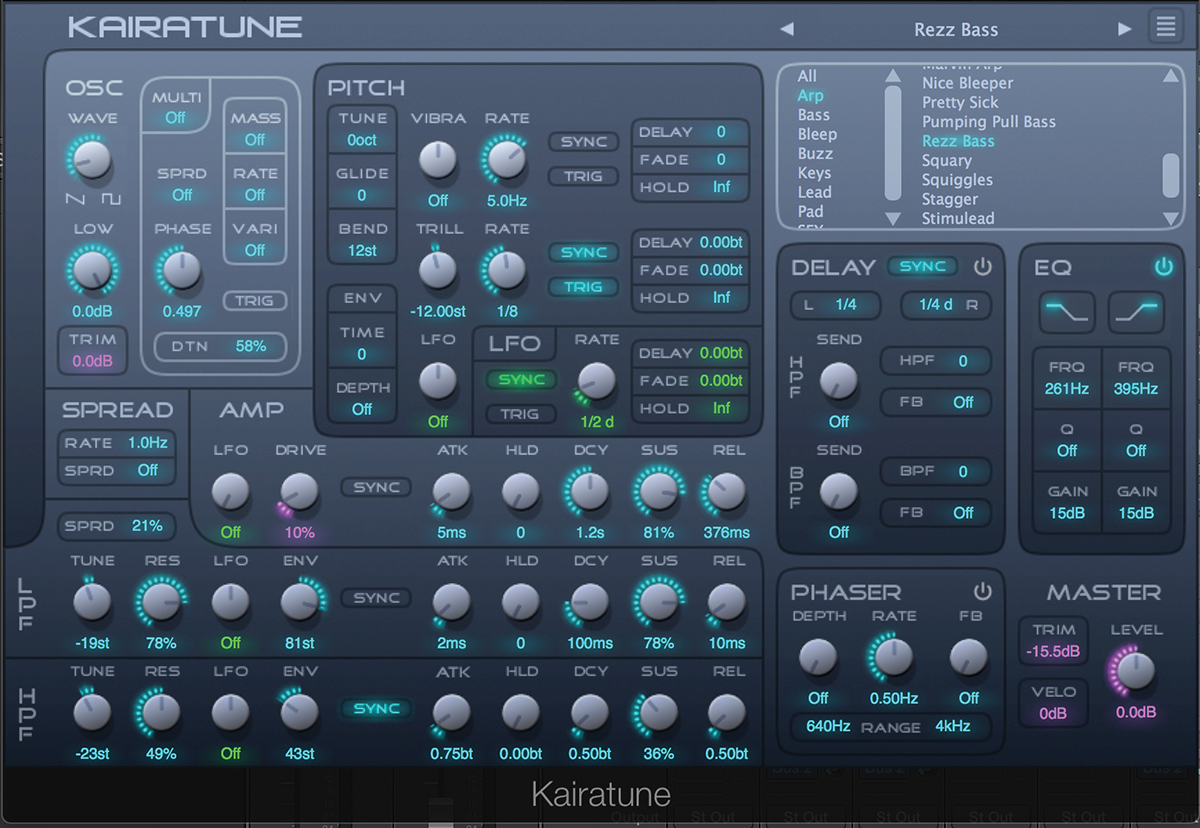
Back to physicality
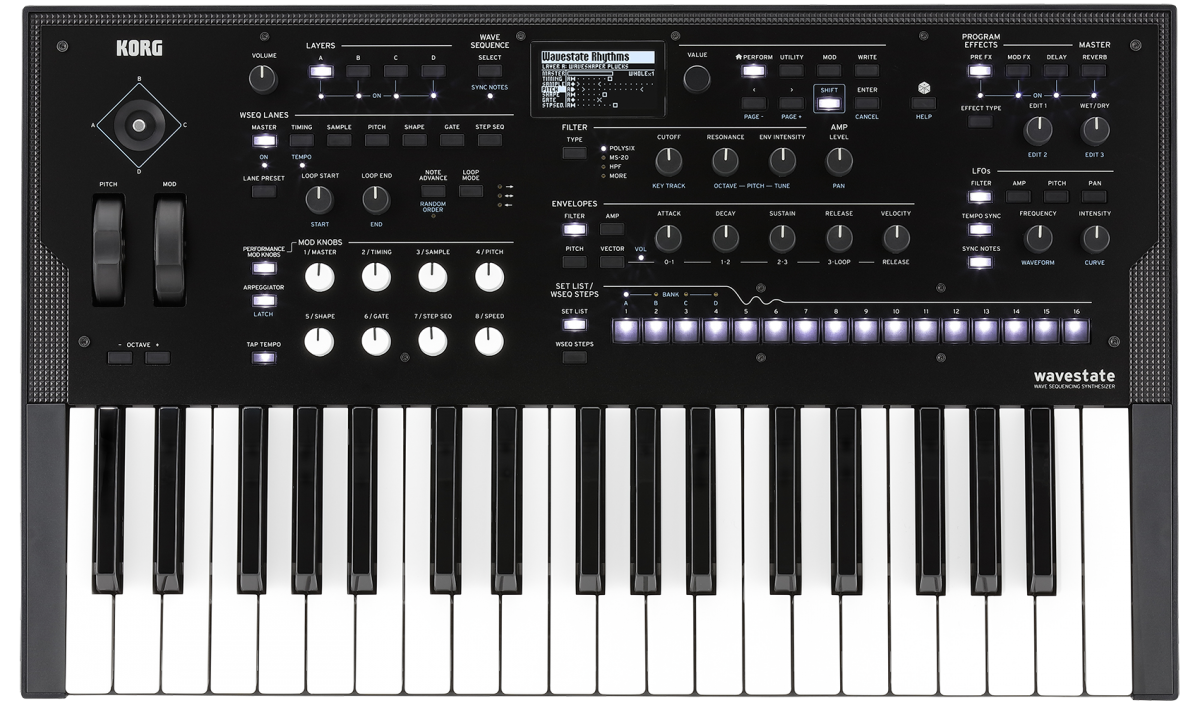
physical starships and keyboards: virtual instruments and sounds
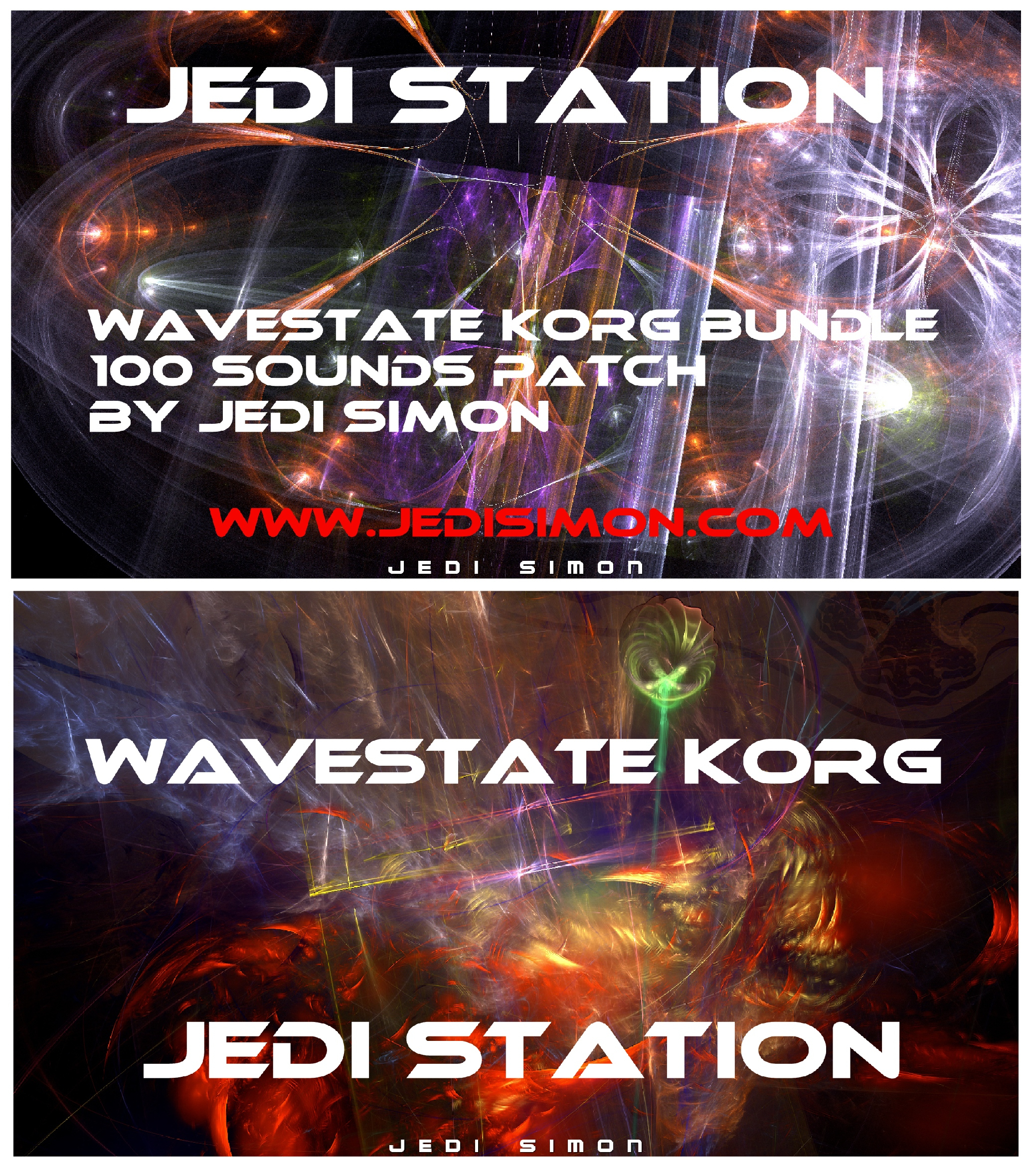
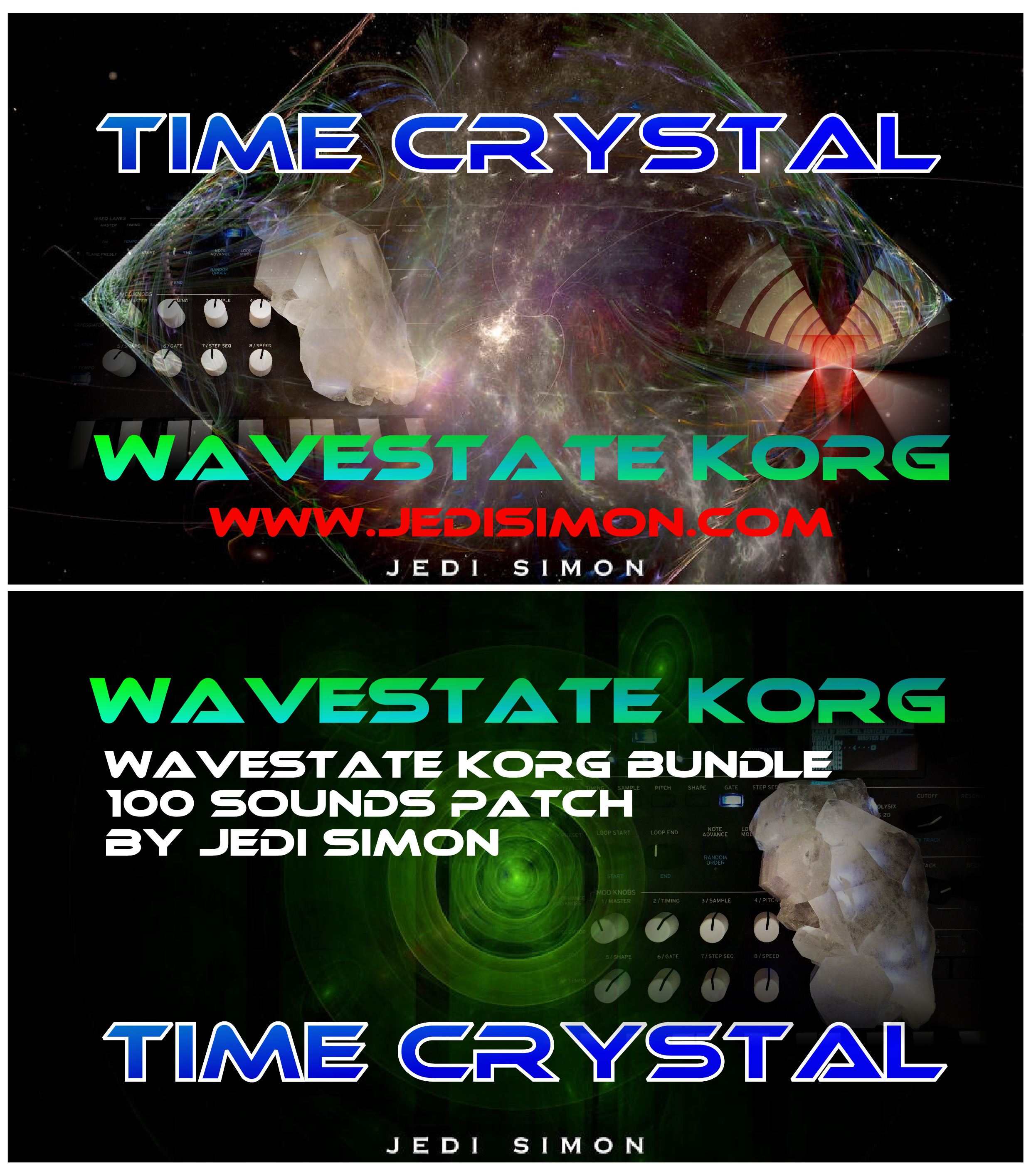

PHYSICAL KEYBOARDS AND MASTER KEYBOARDS

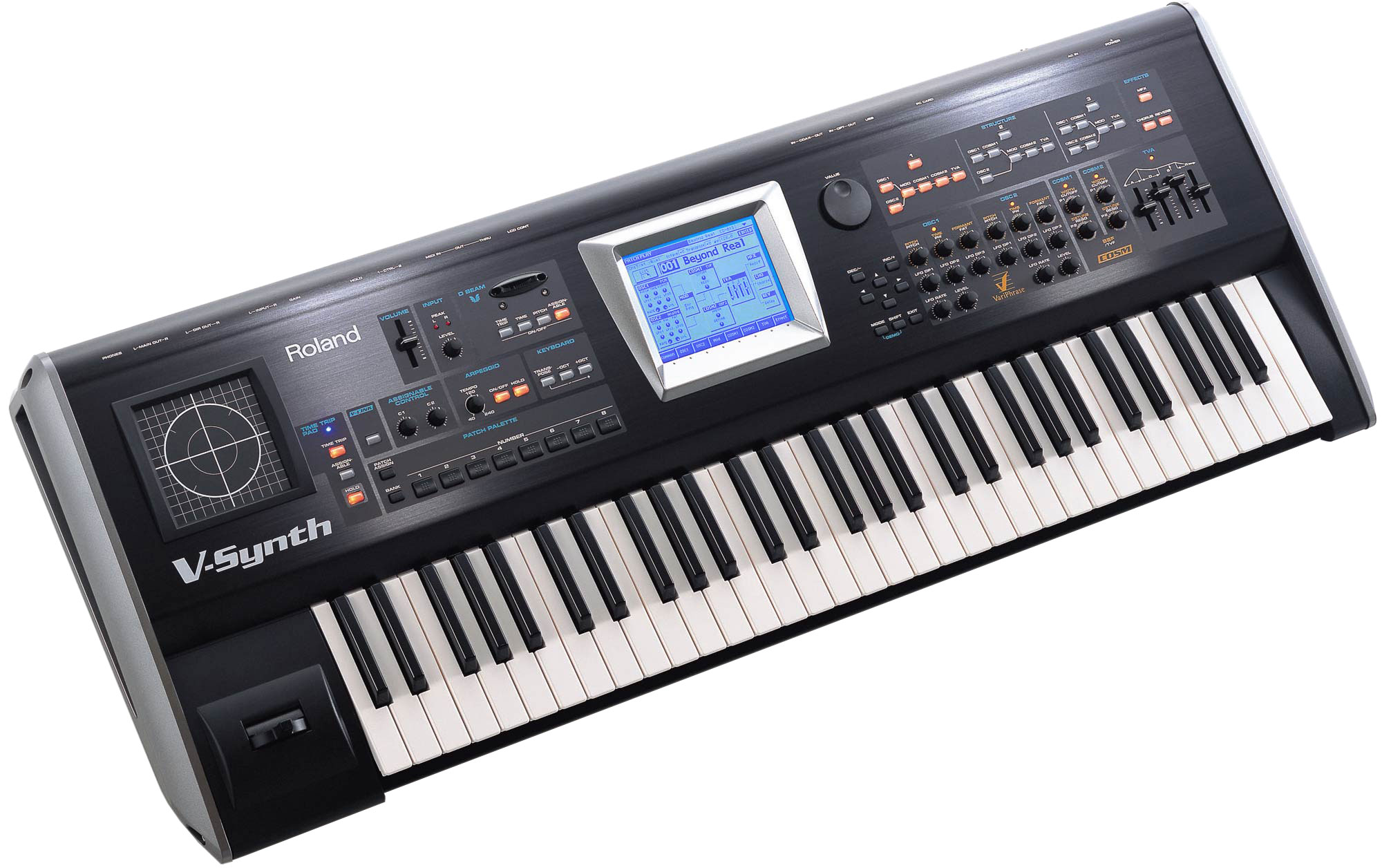
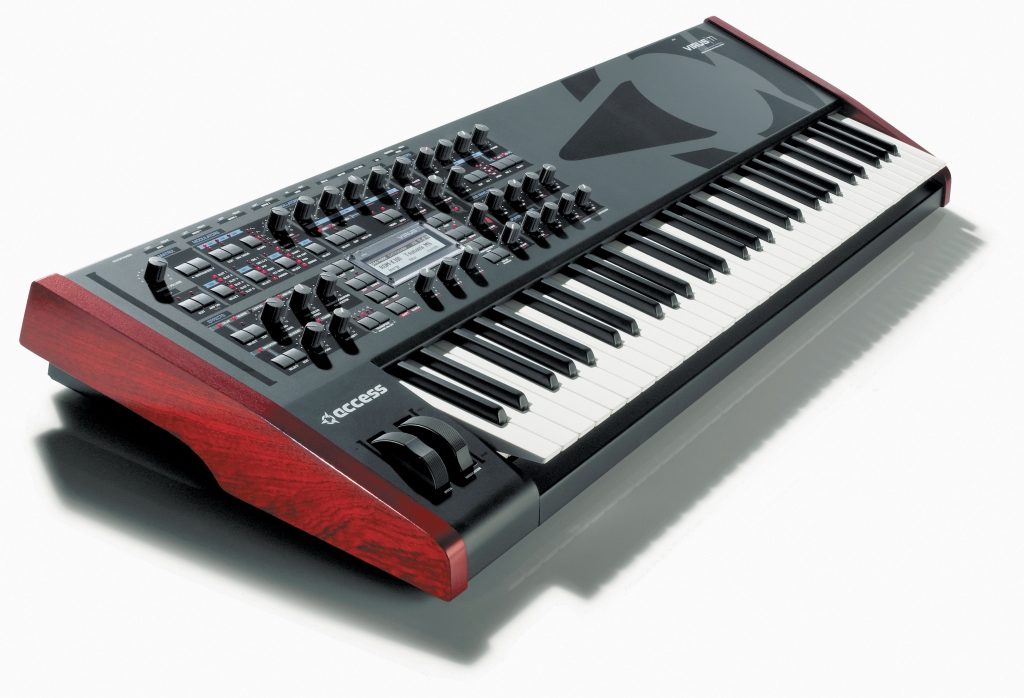
...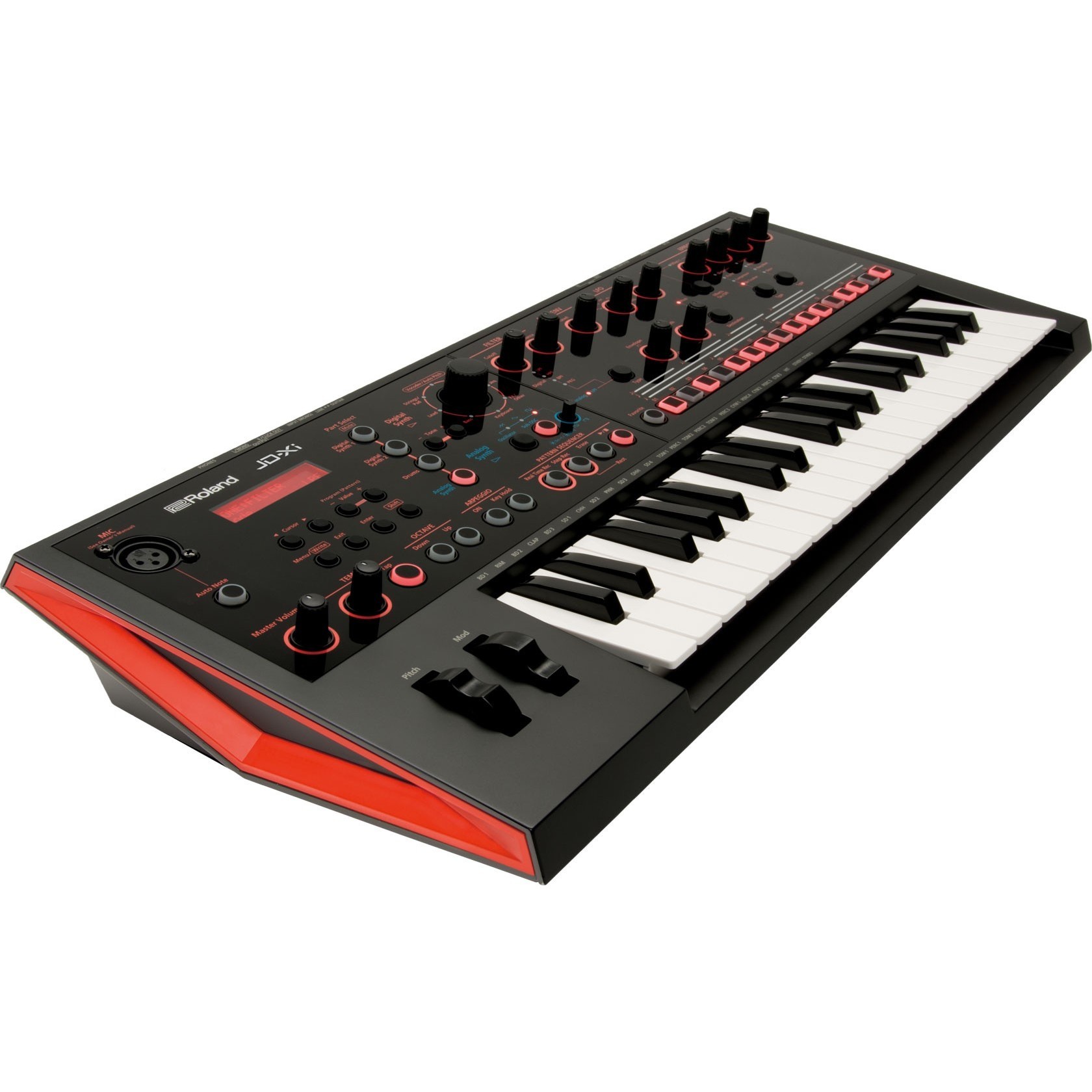
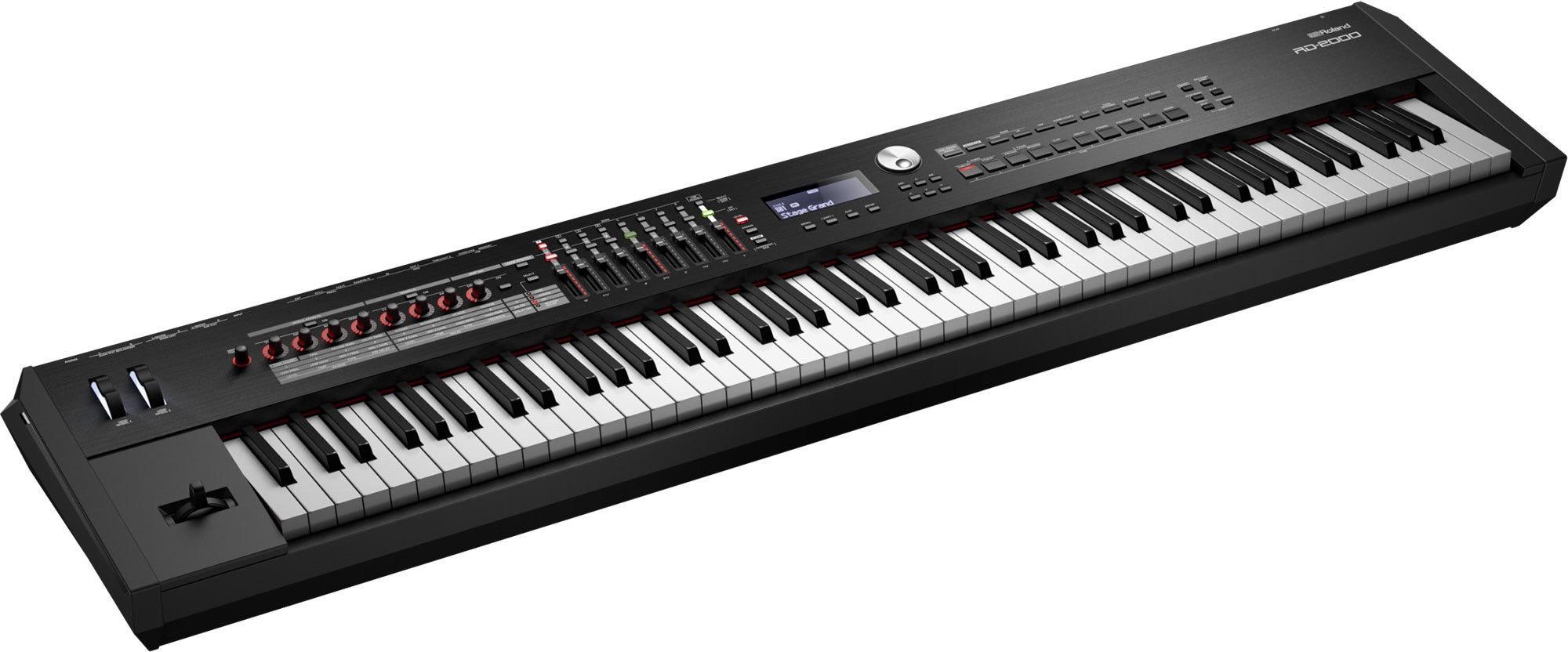
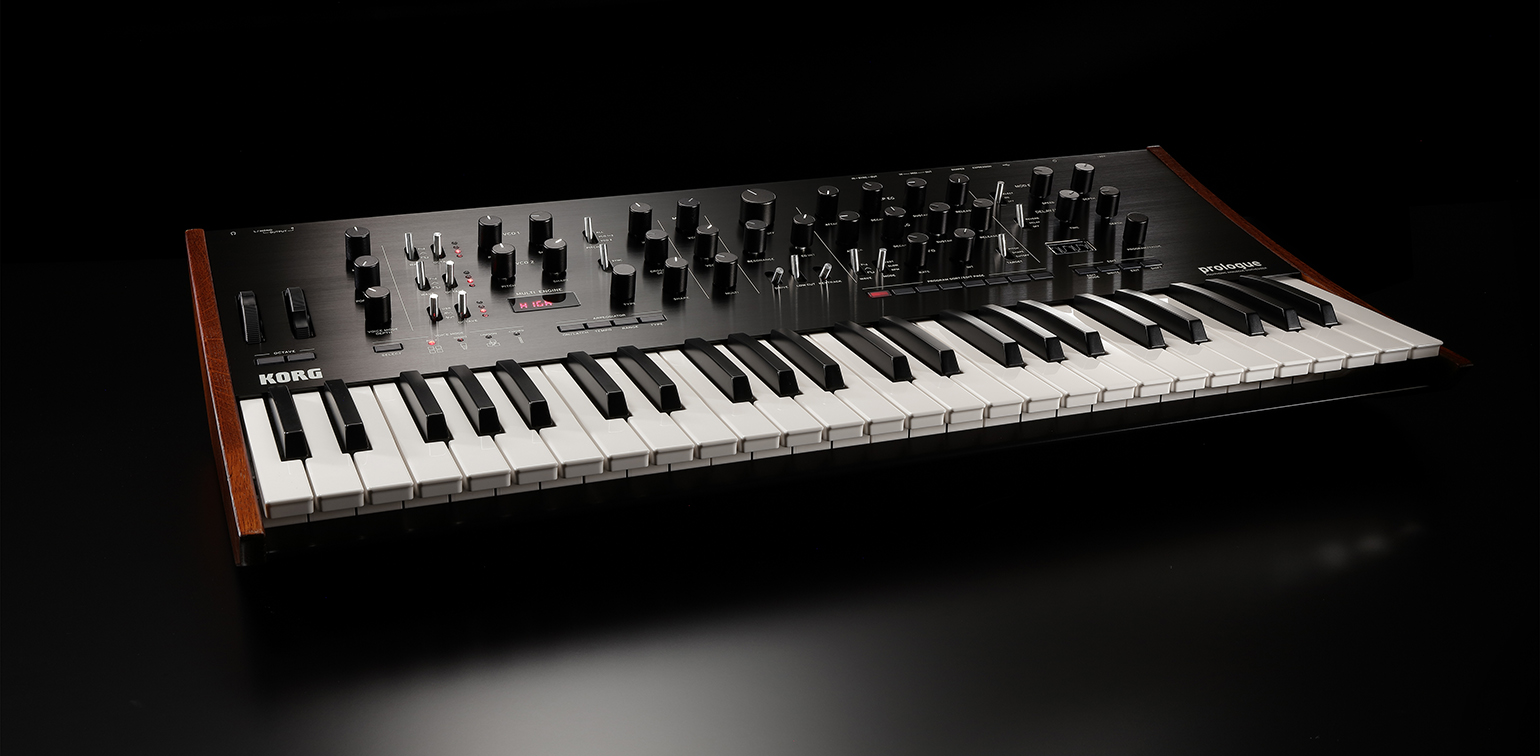
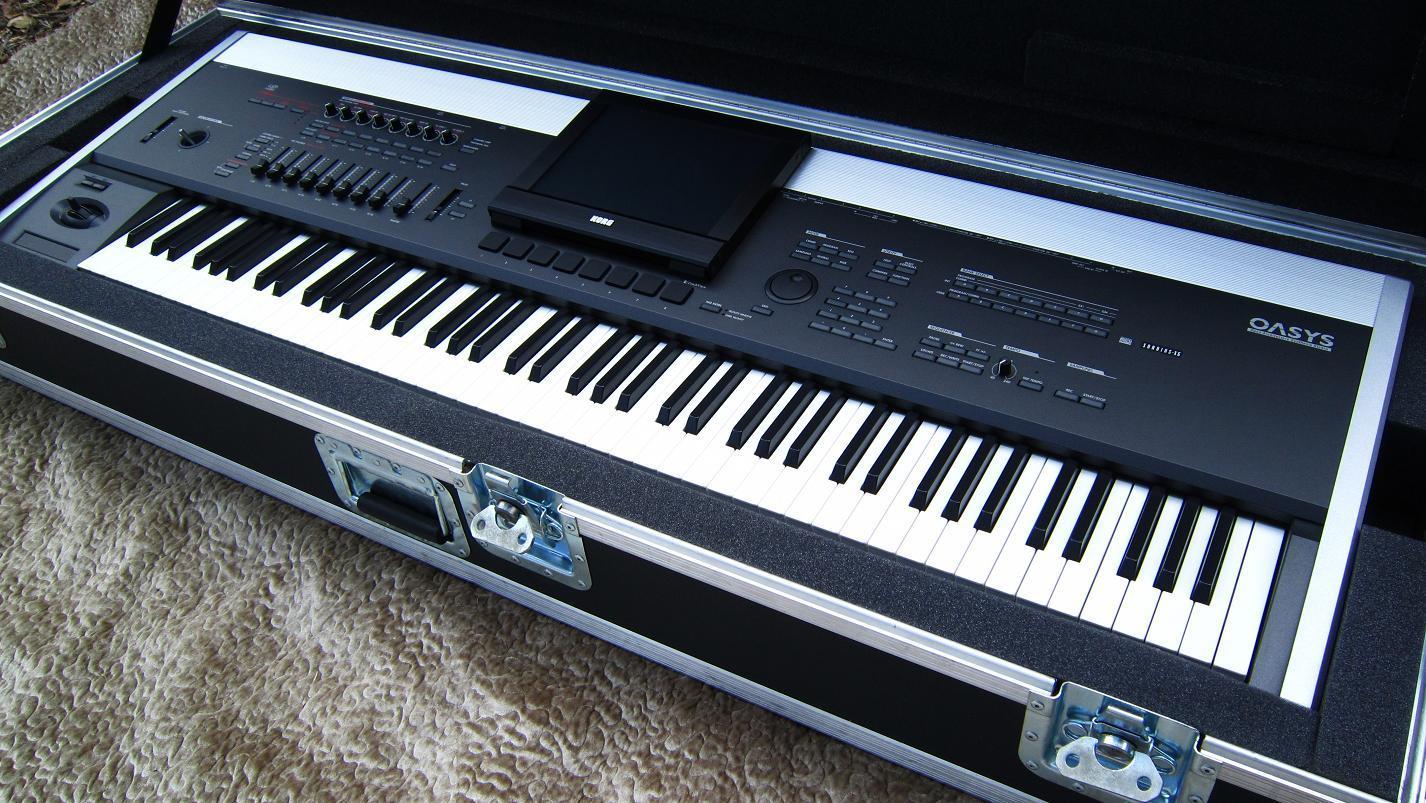
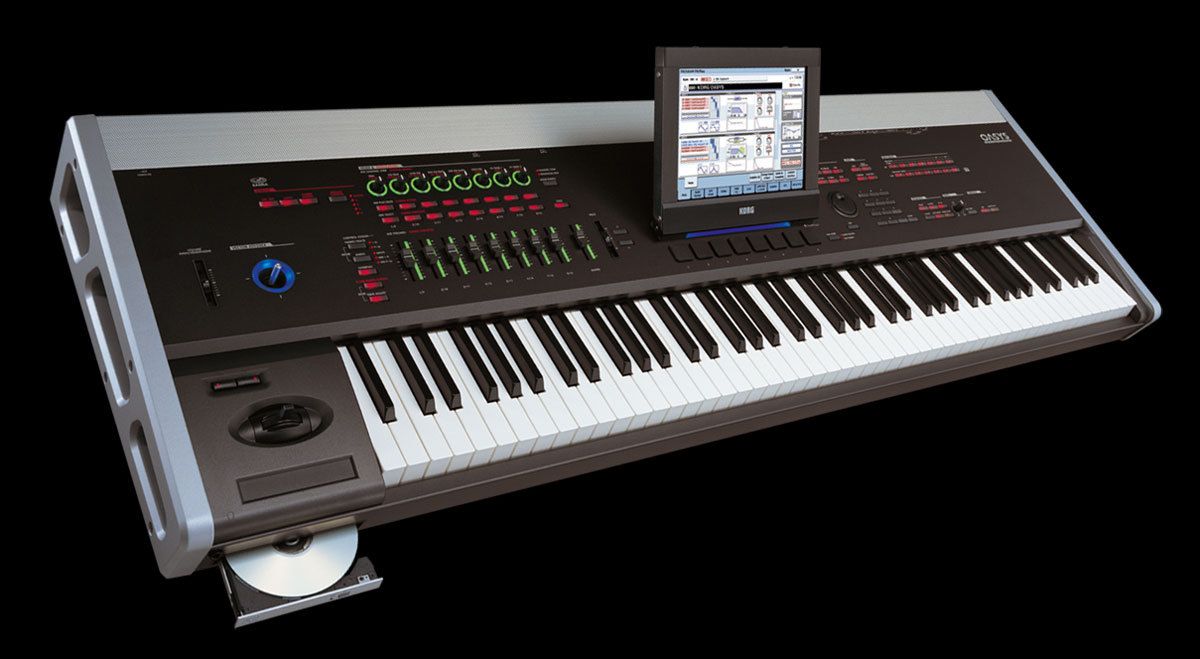
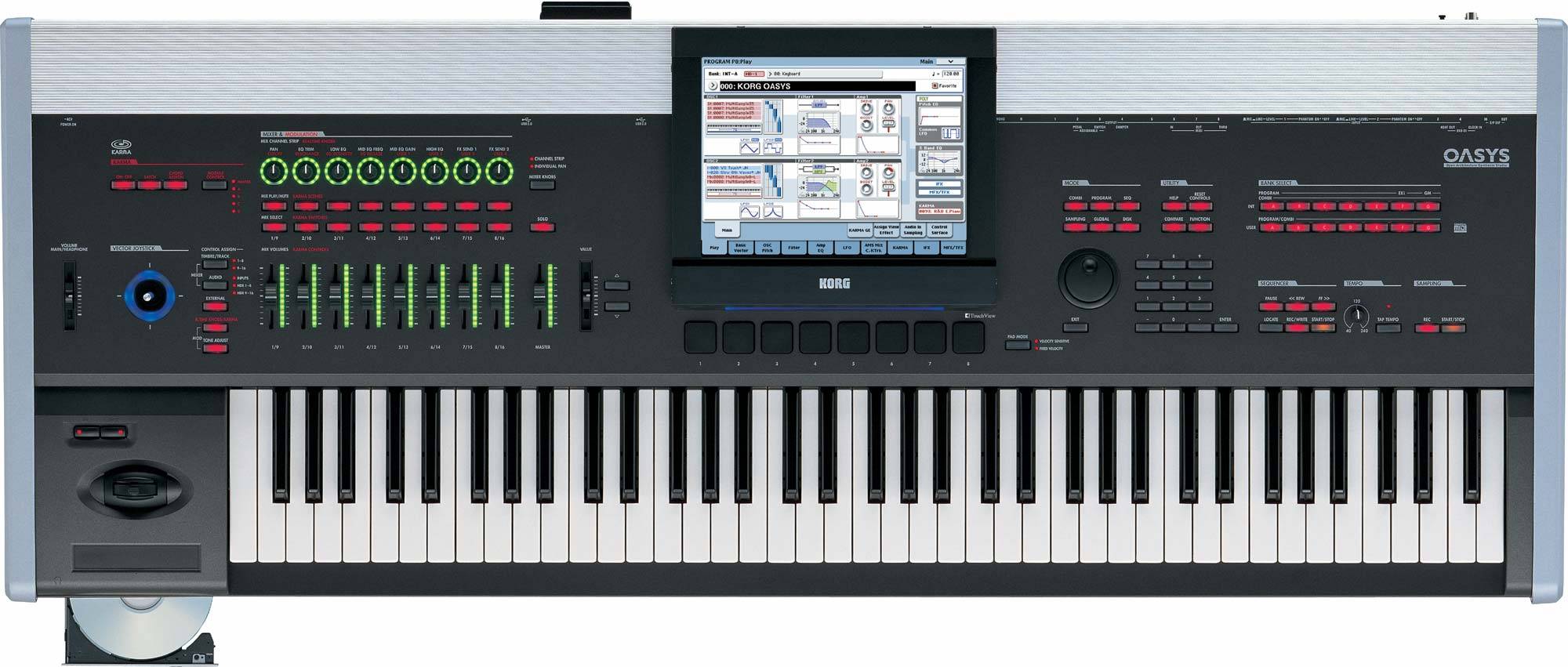
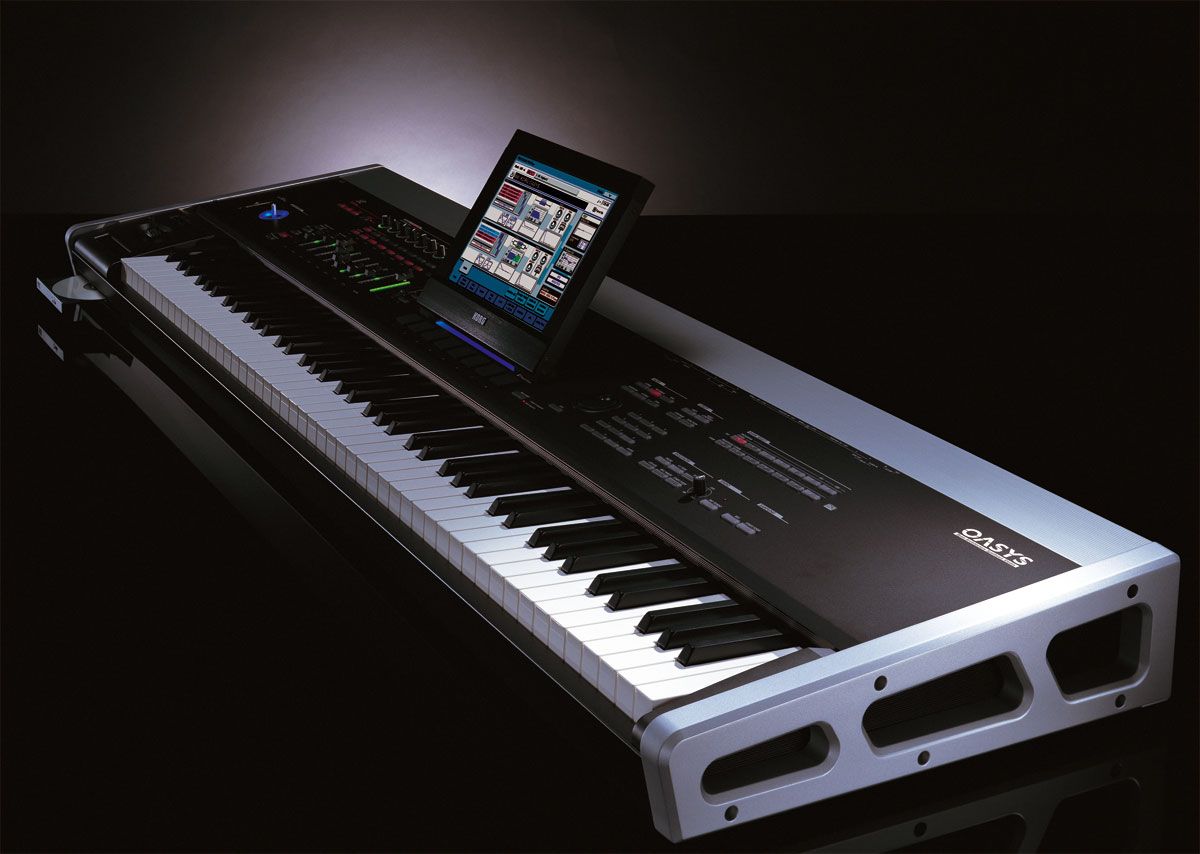
evolutive solution
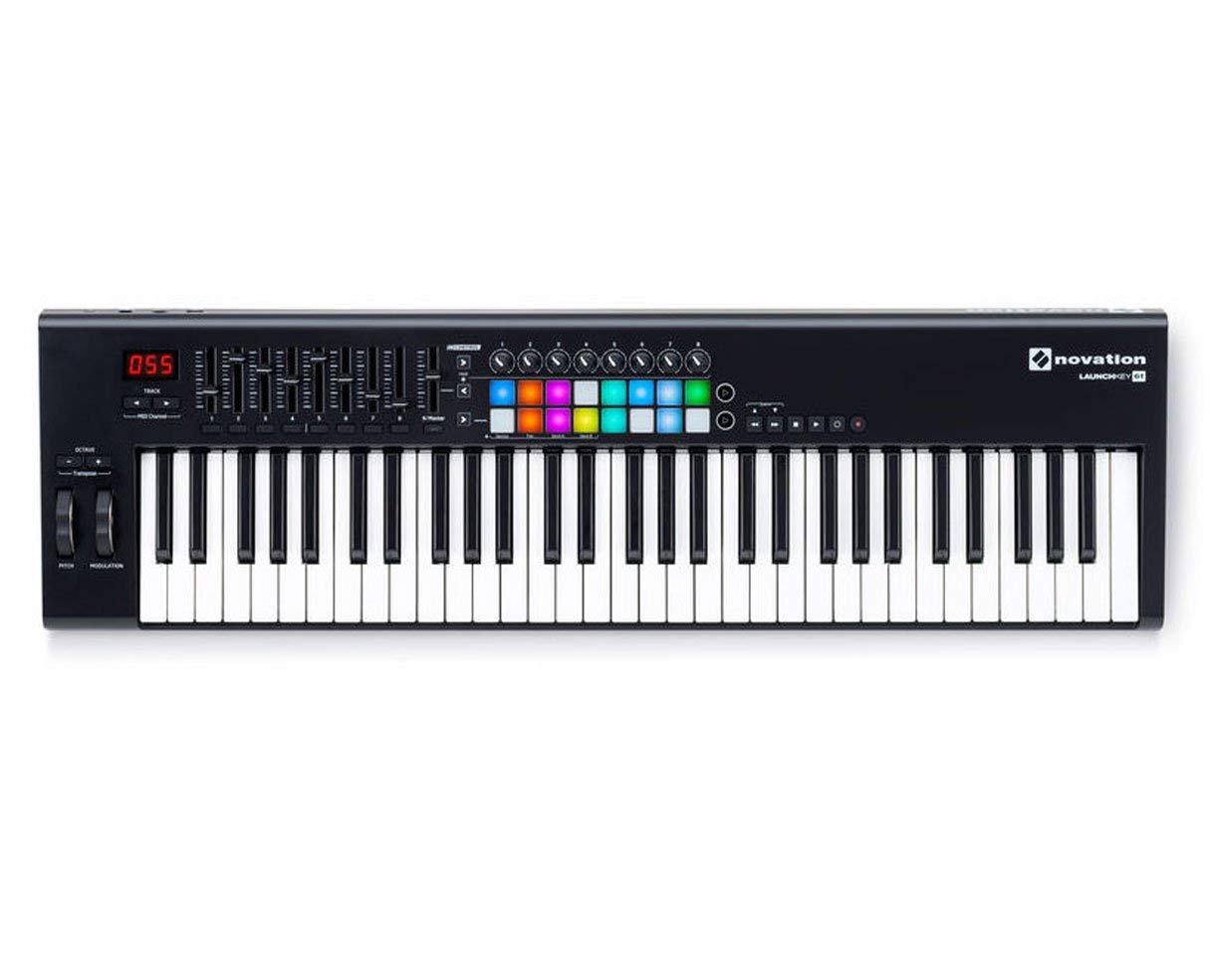
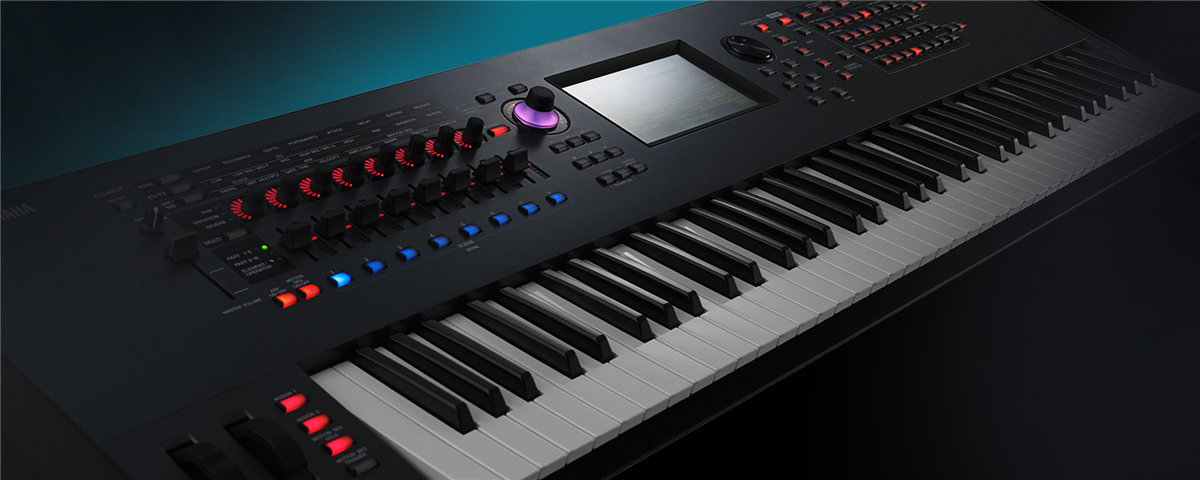
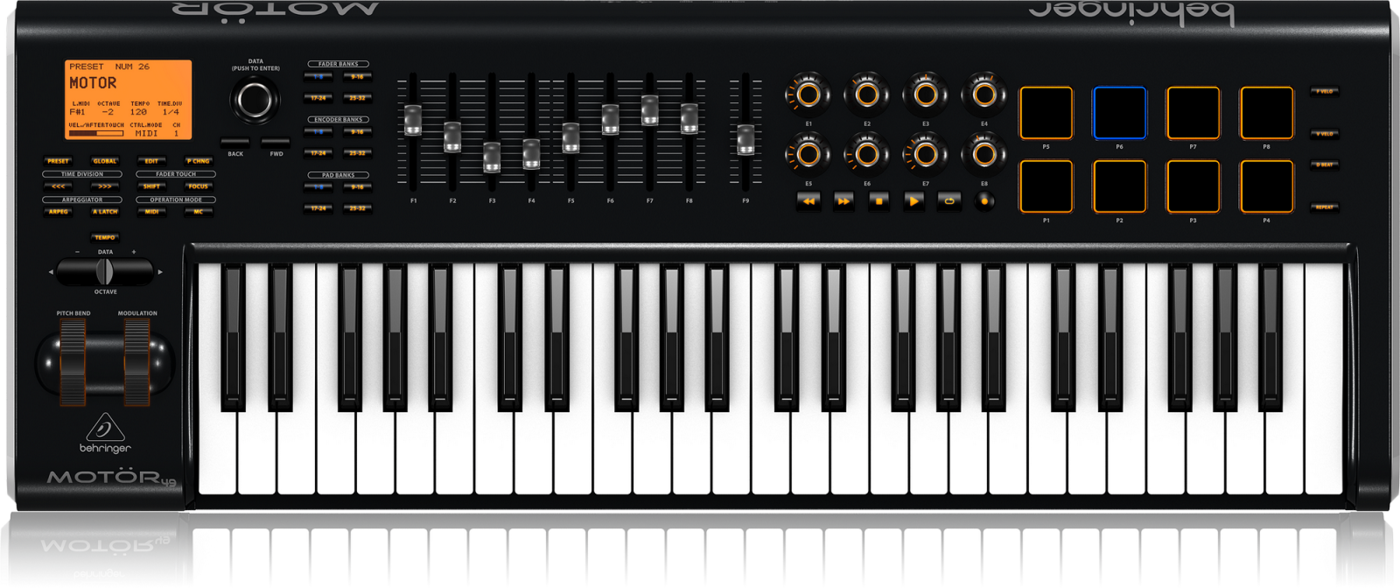
00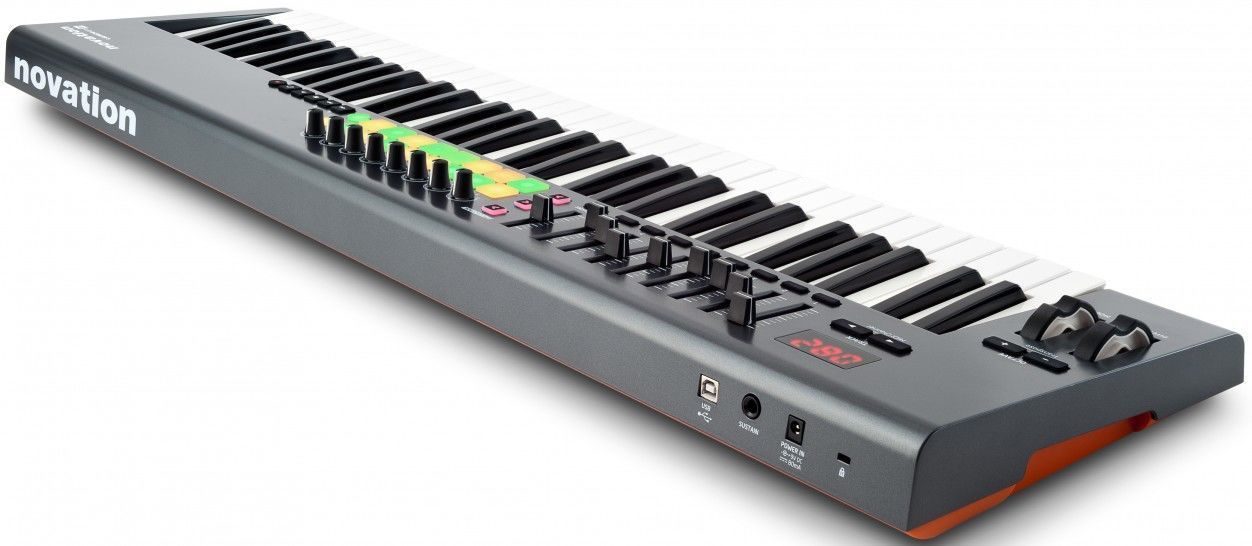
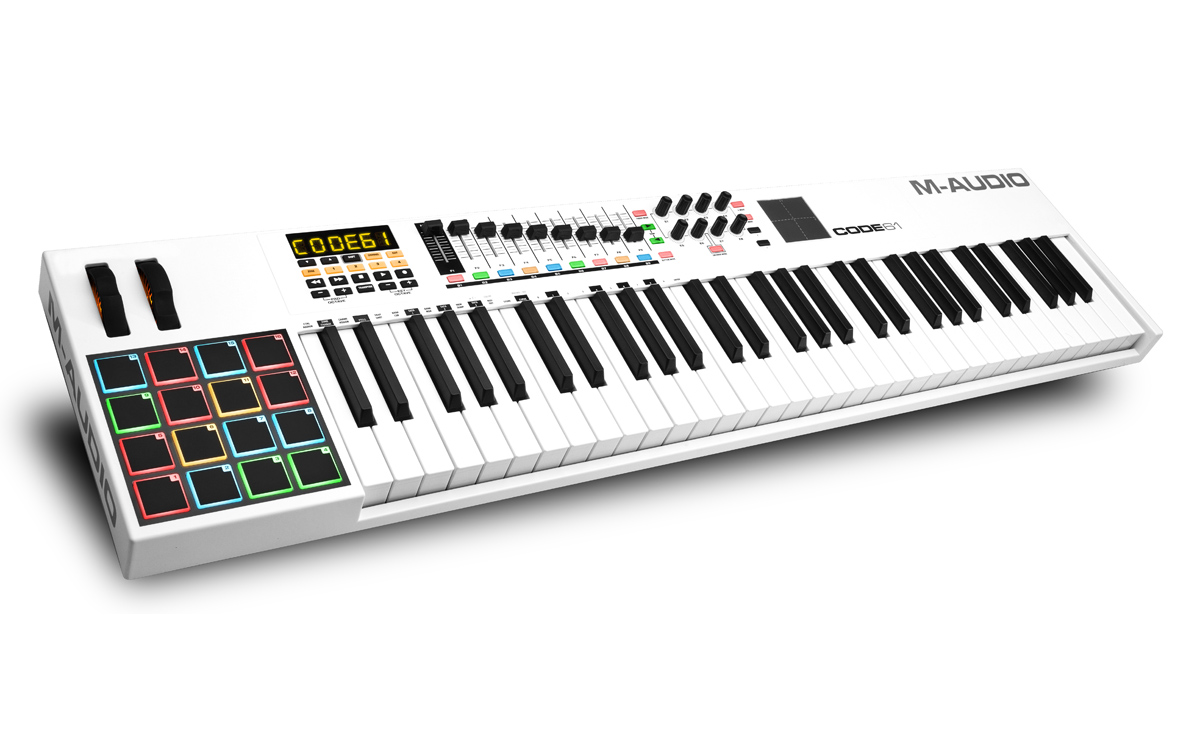
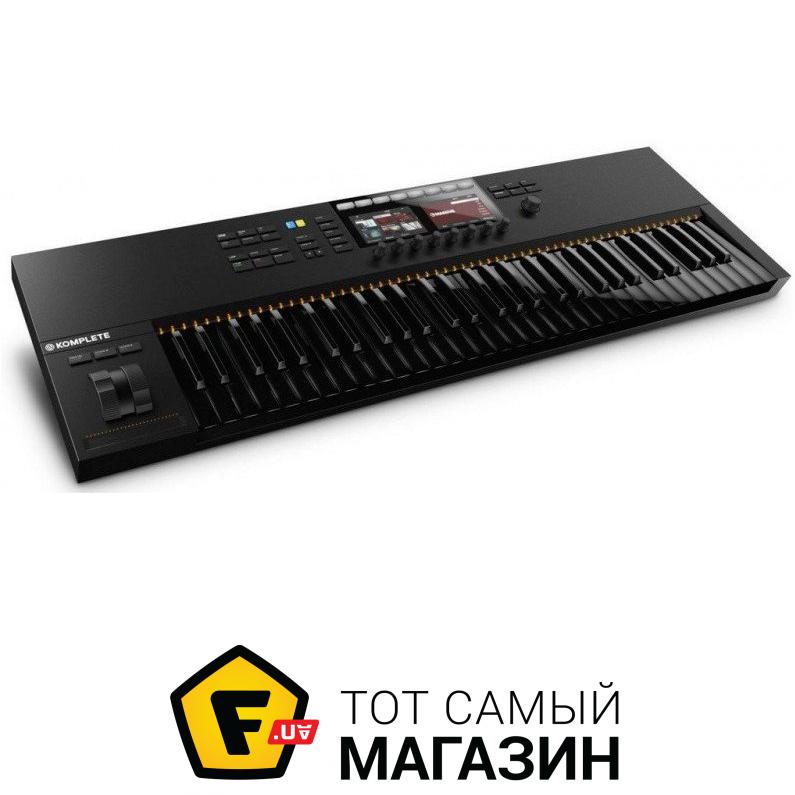
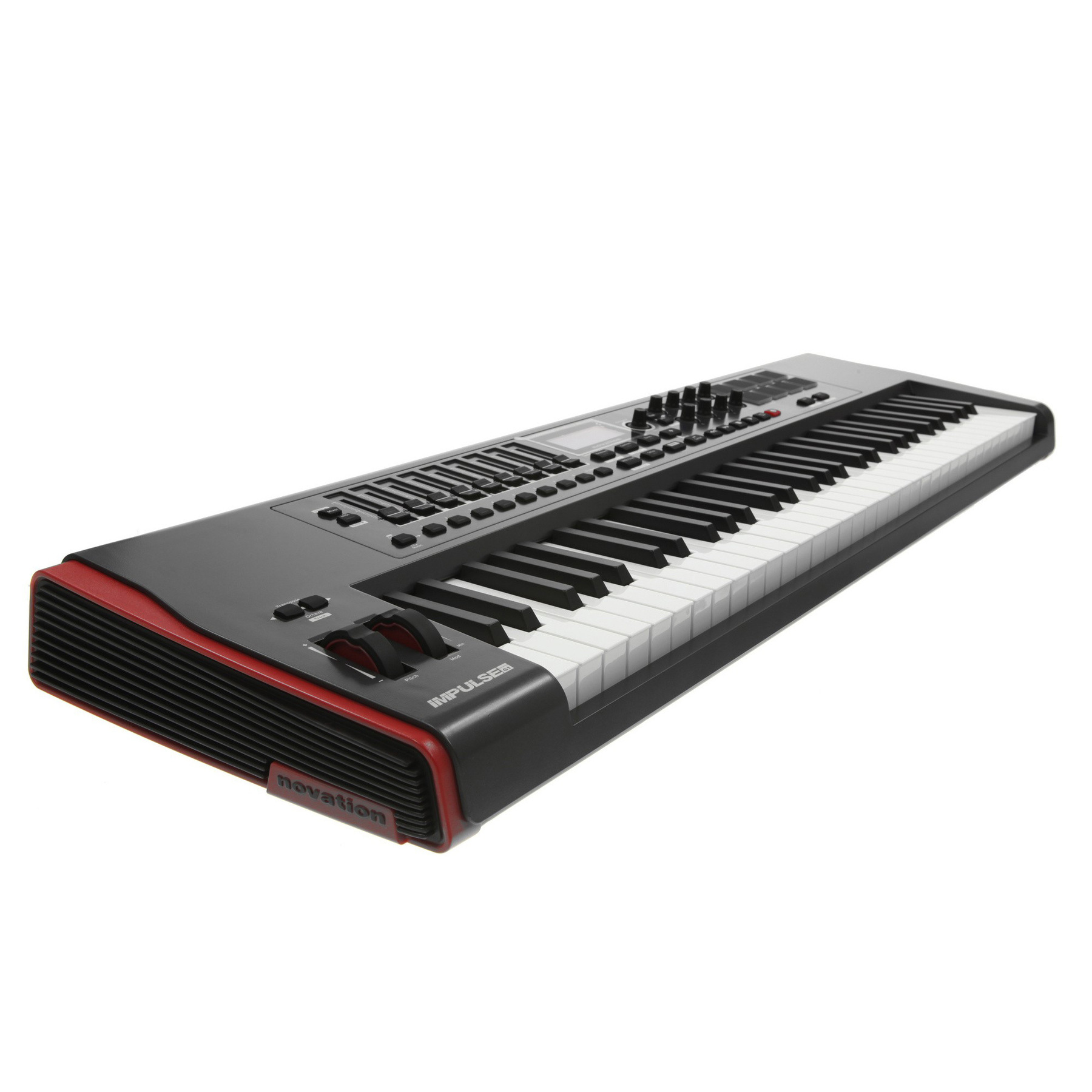

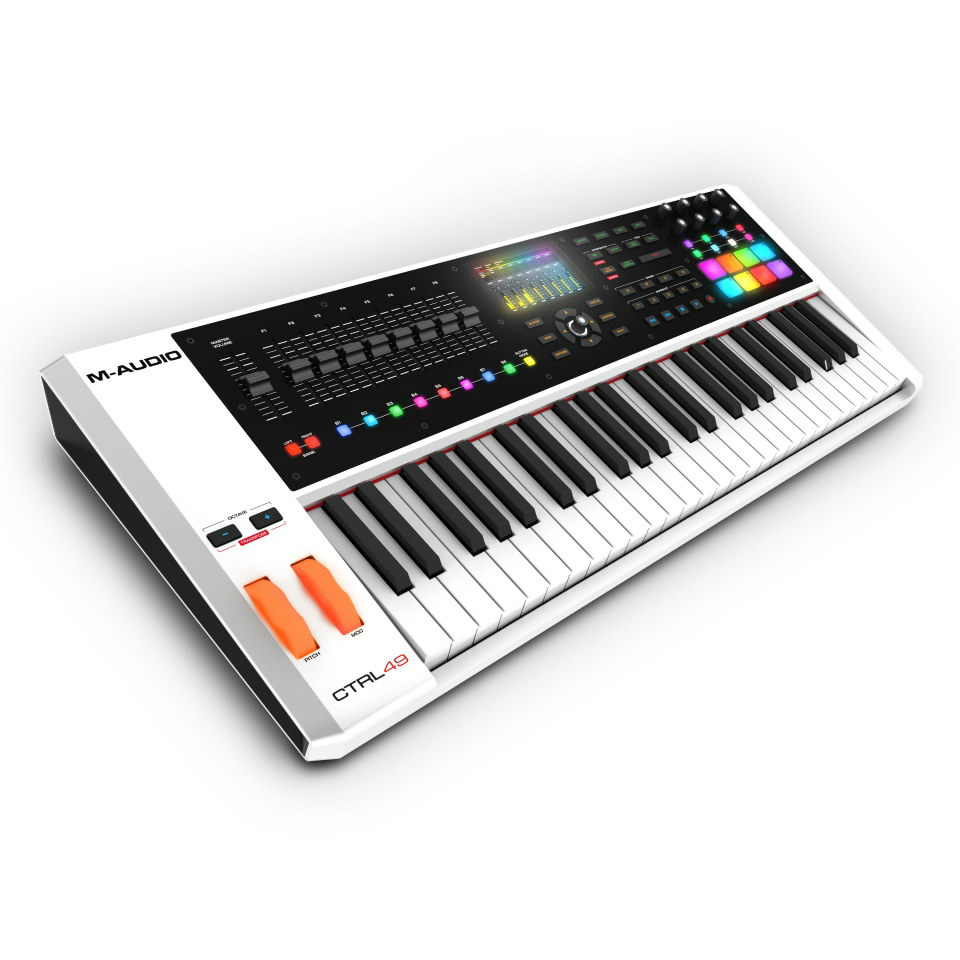
back to the starting point
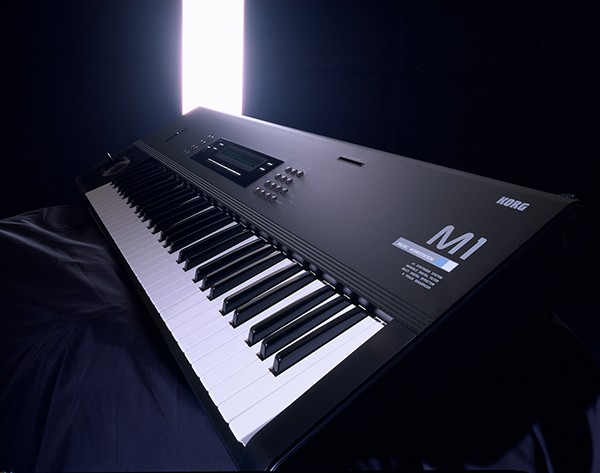
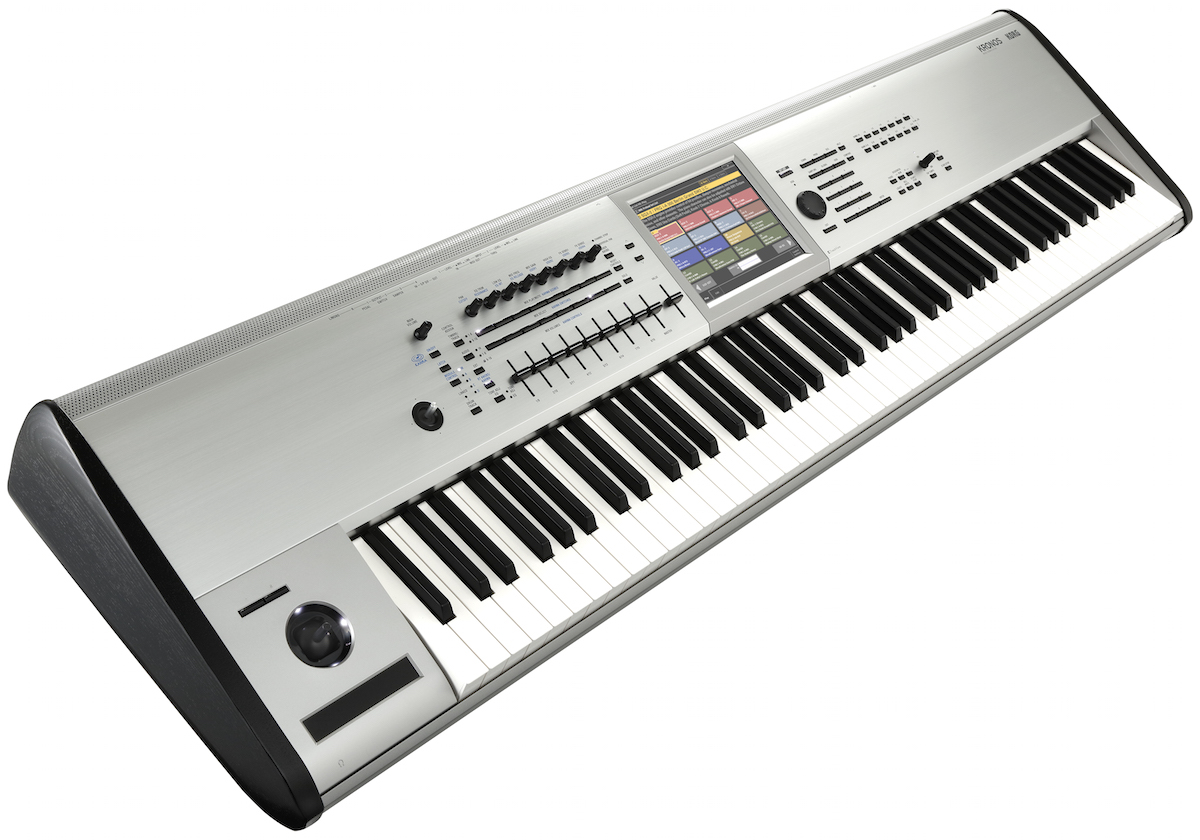
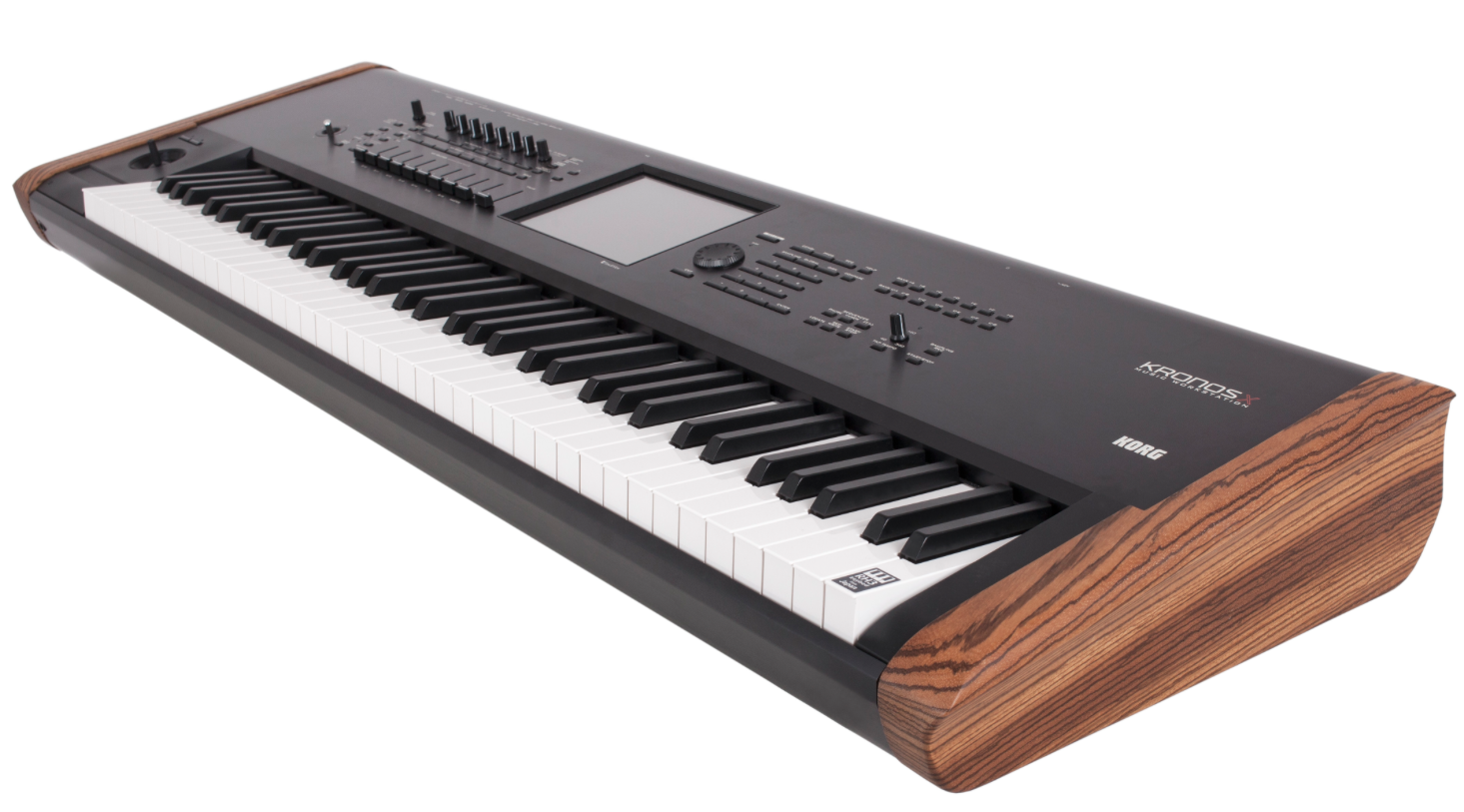
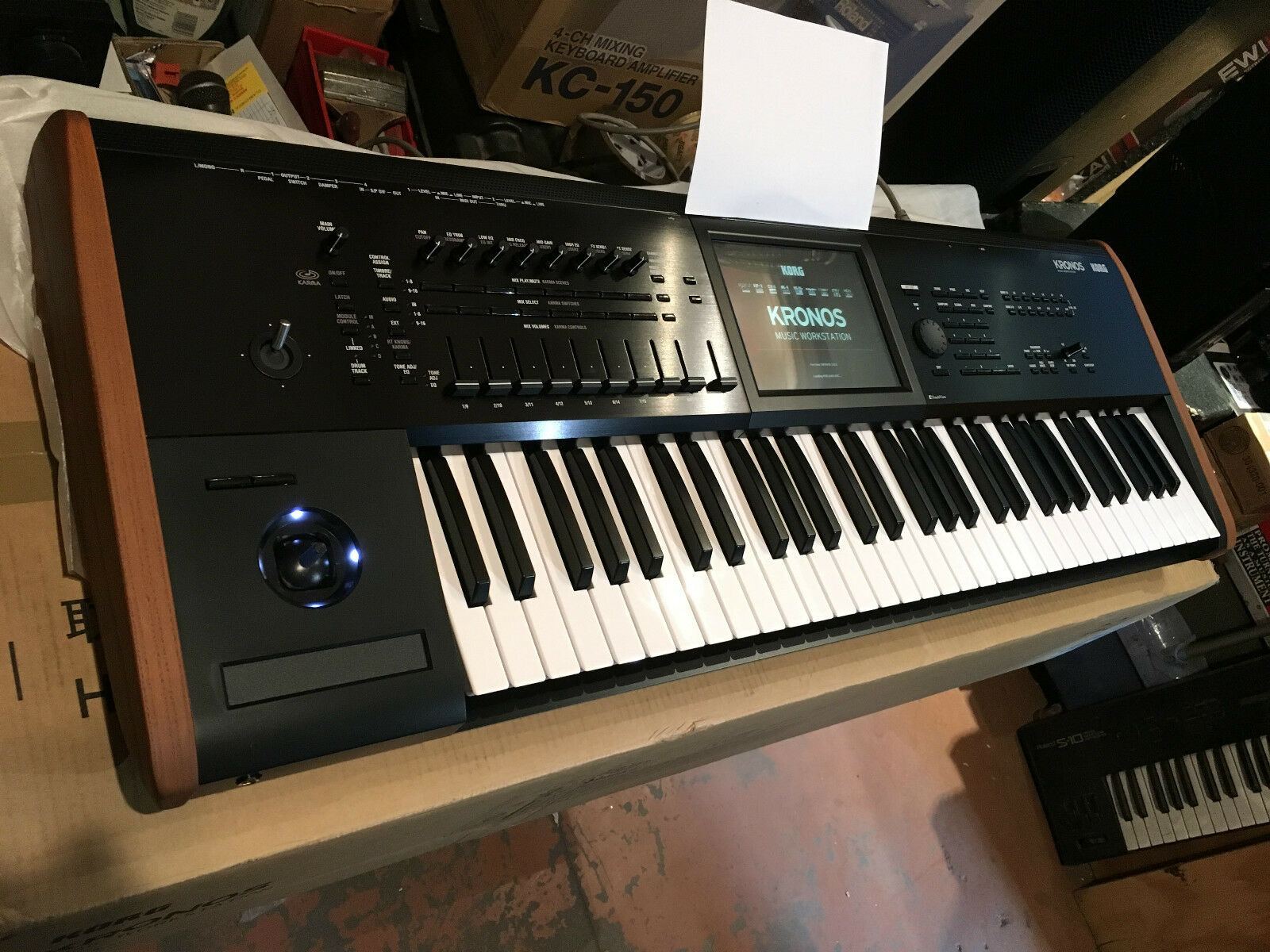
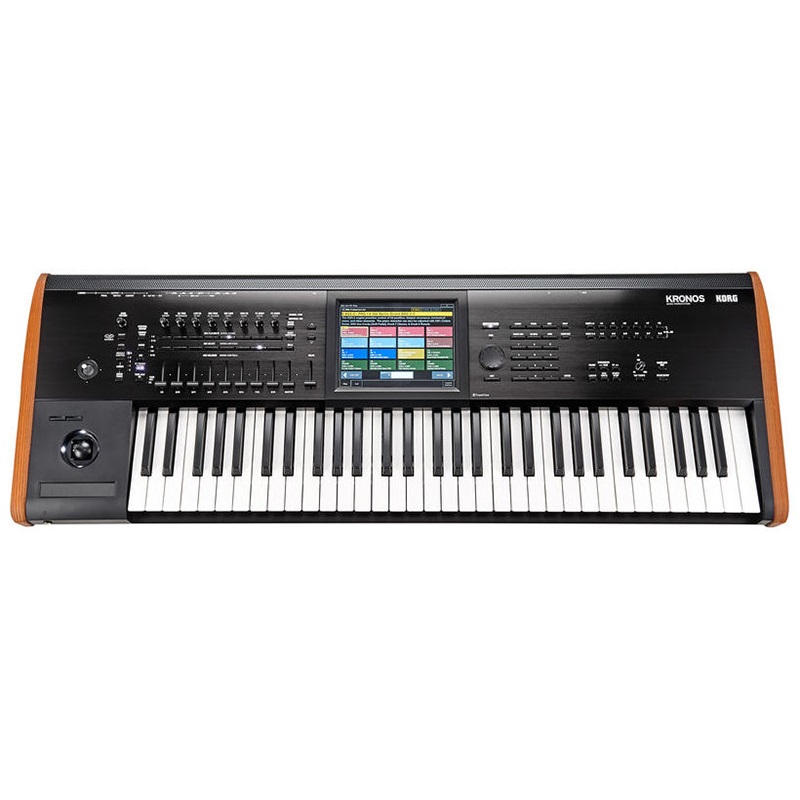
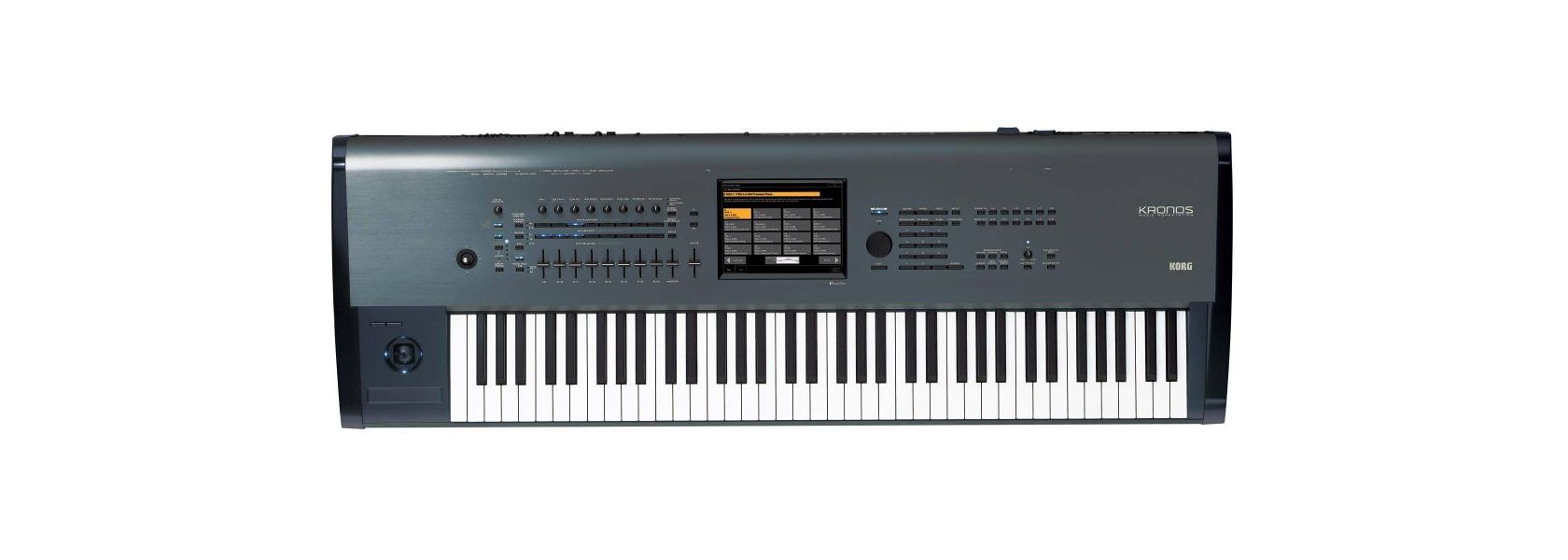
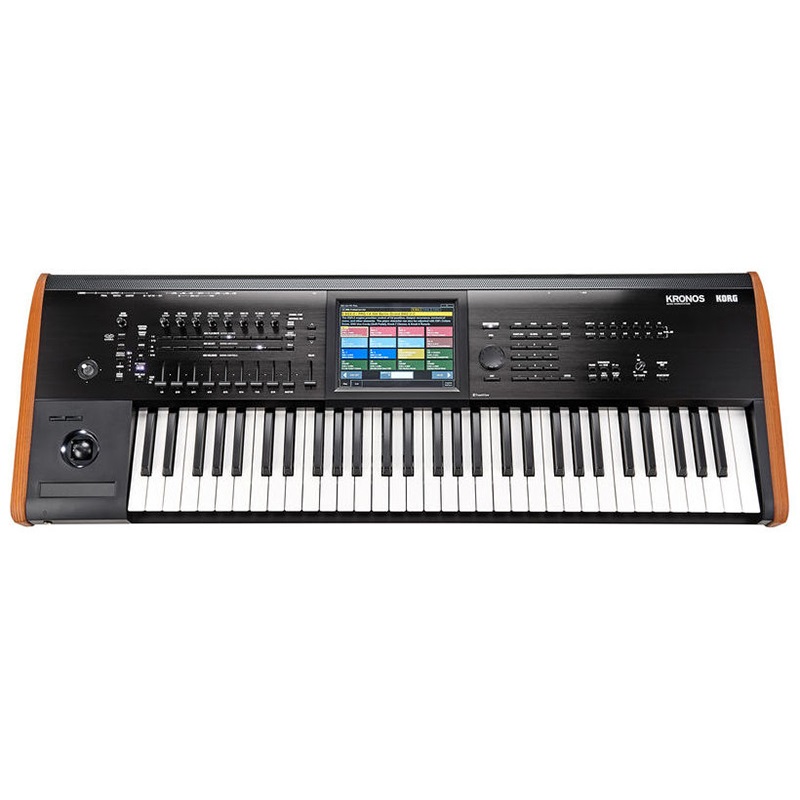
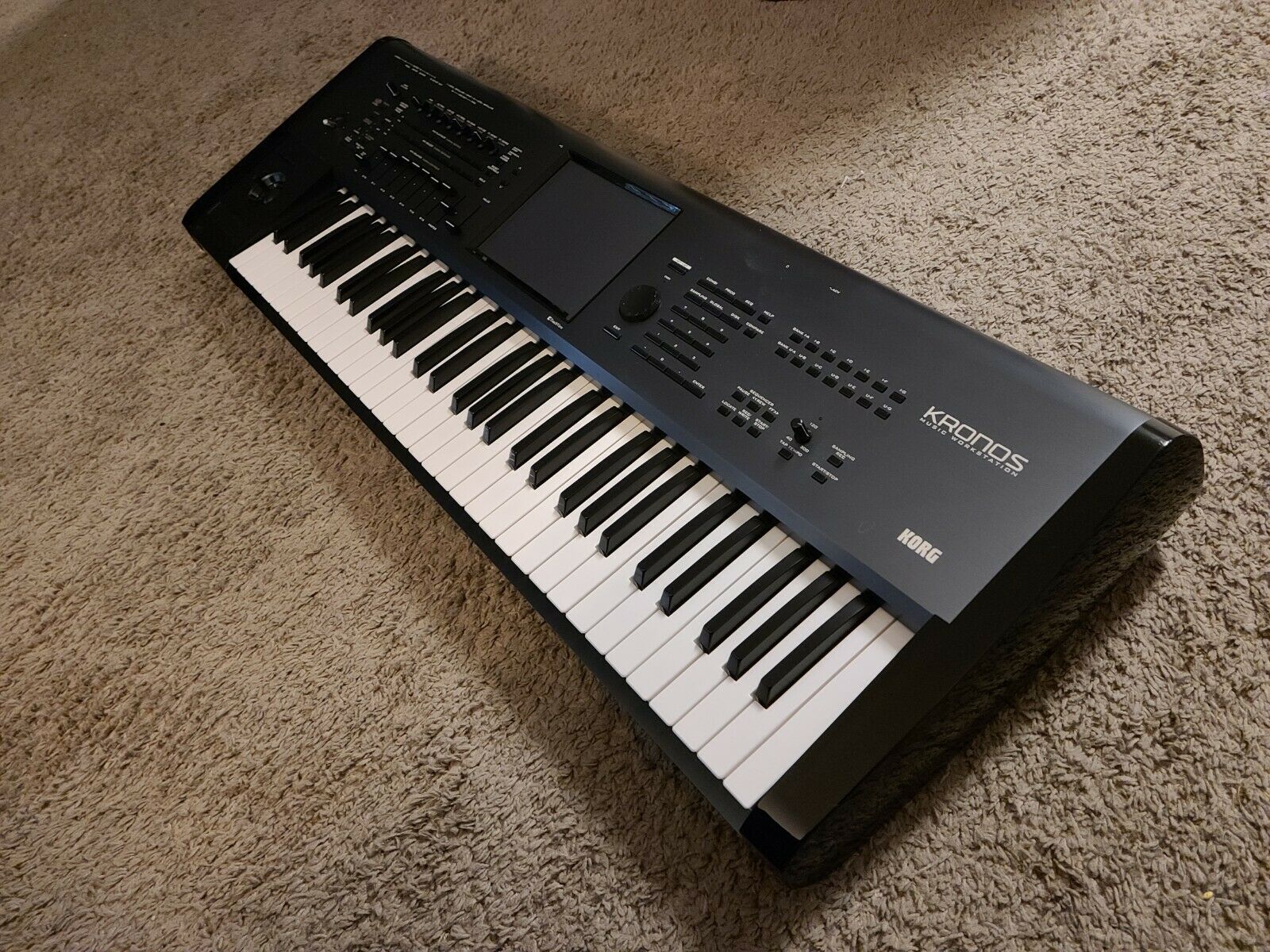
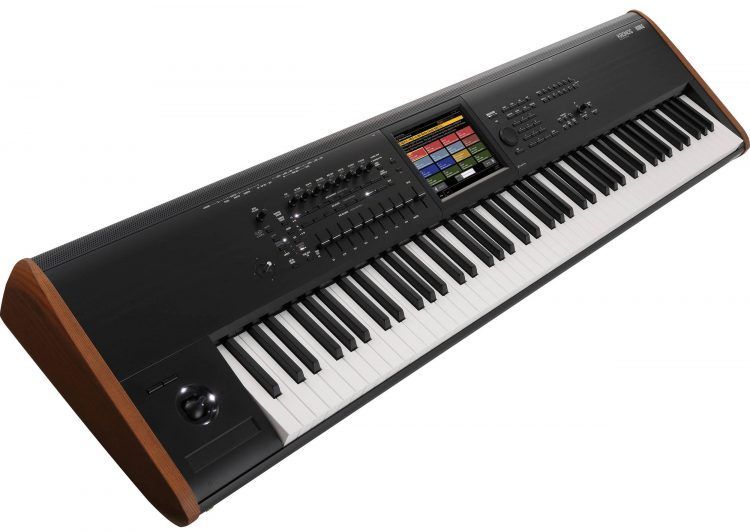
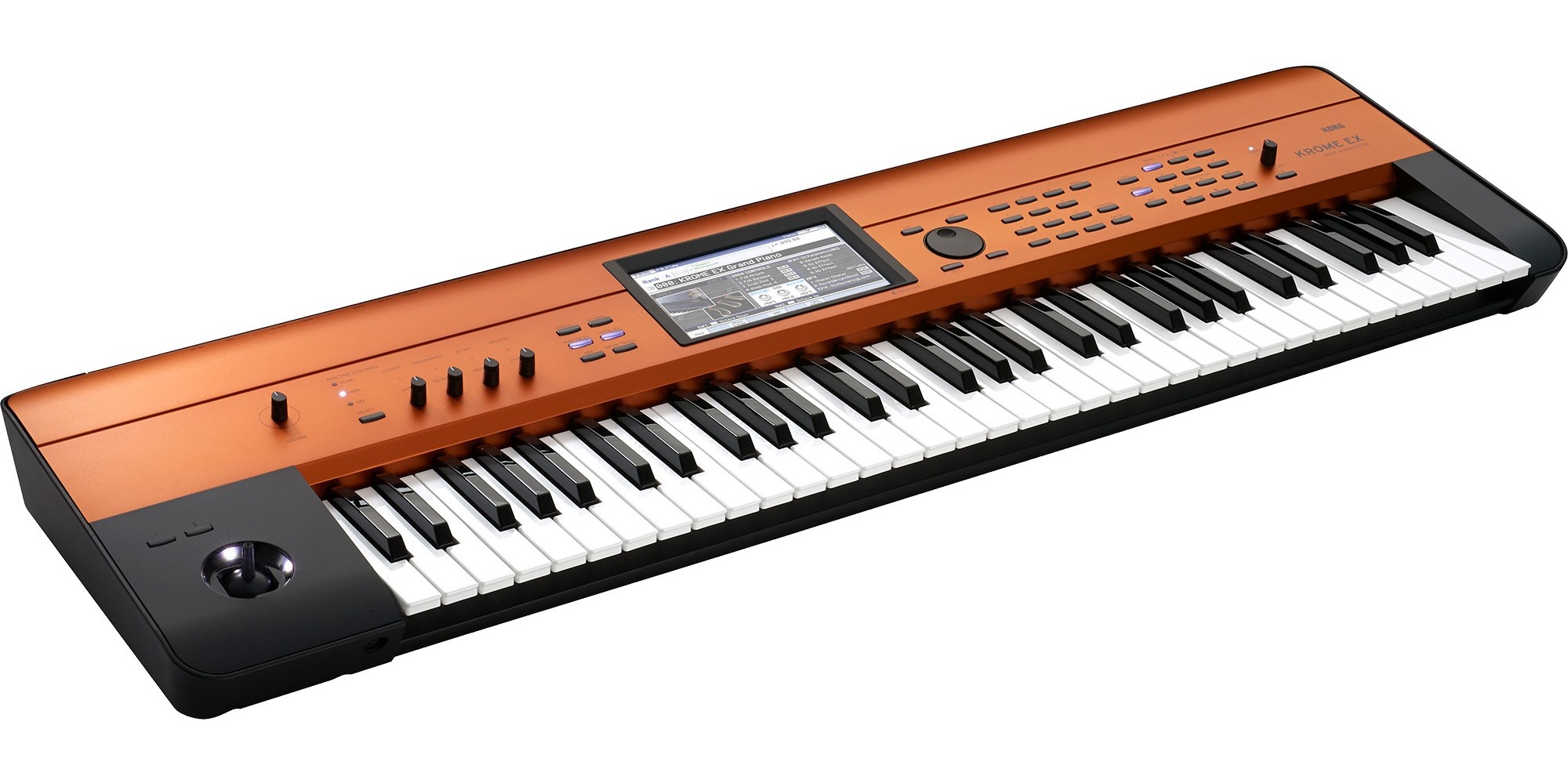
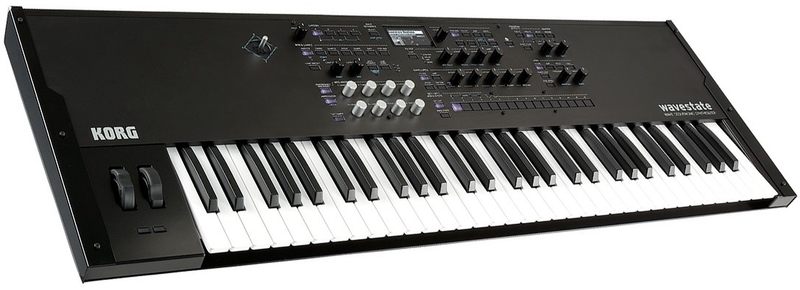
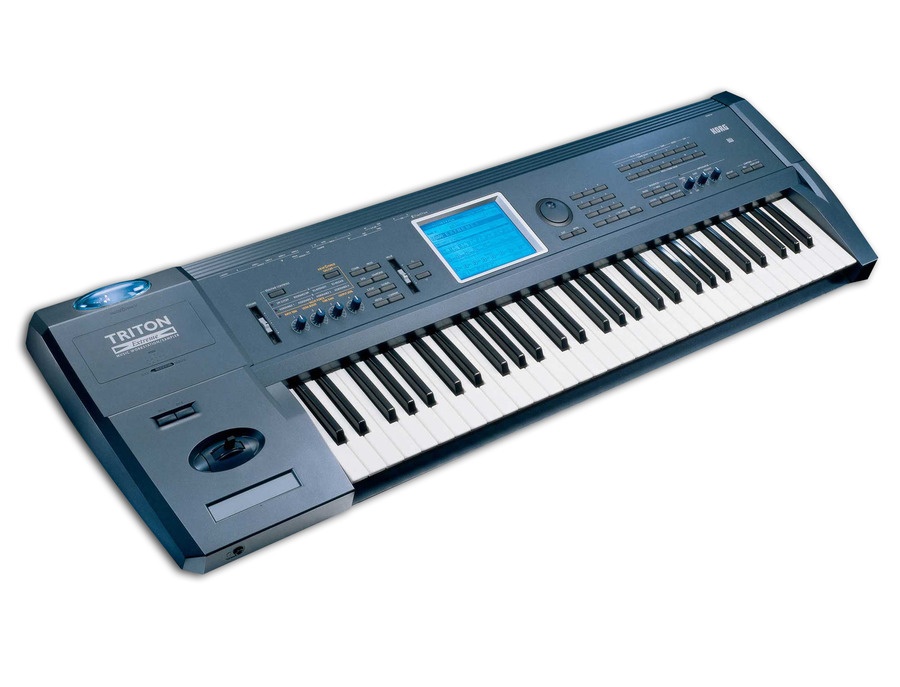
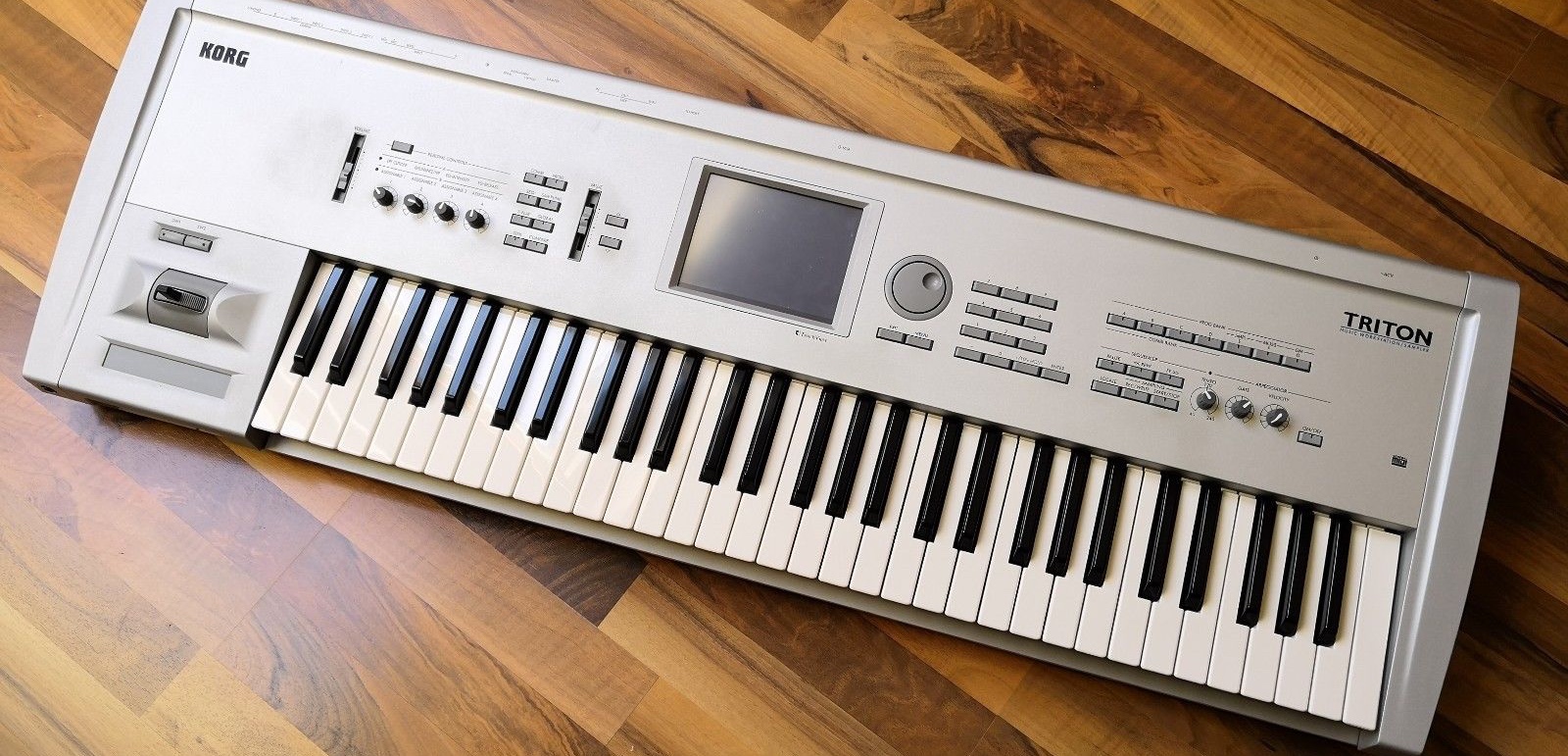
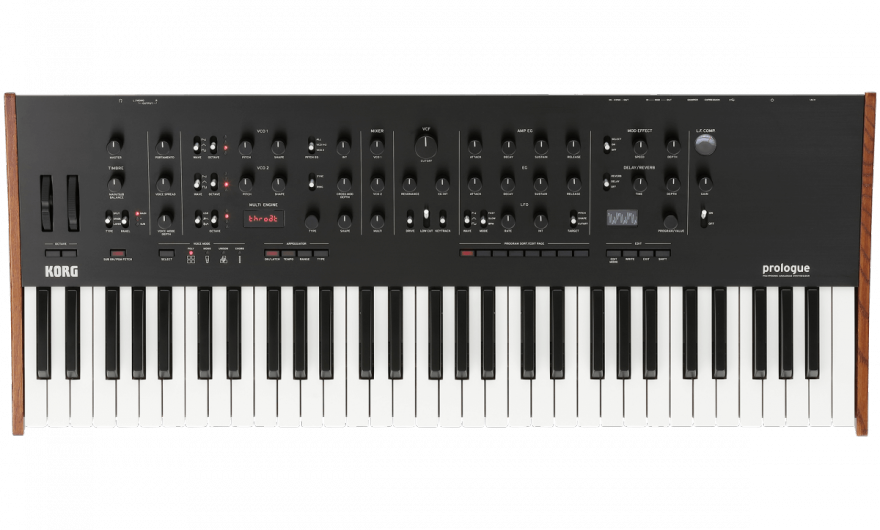
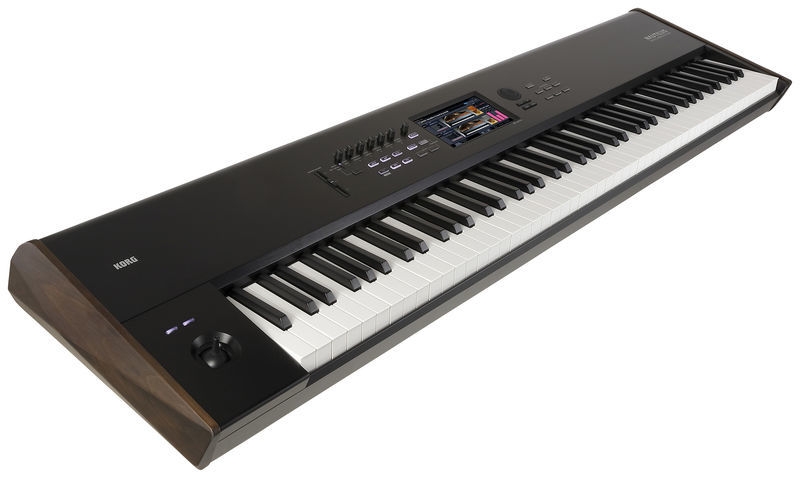

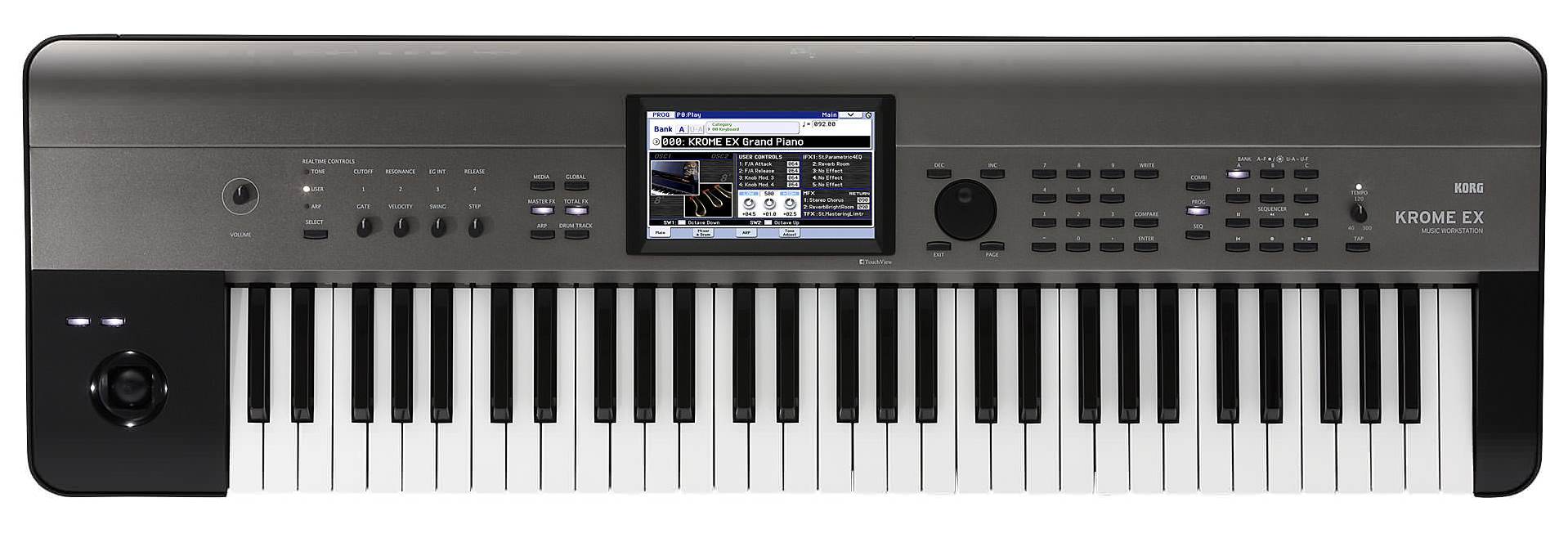
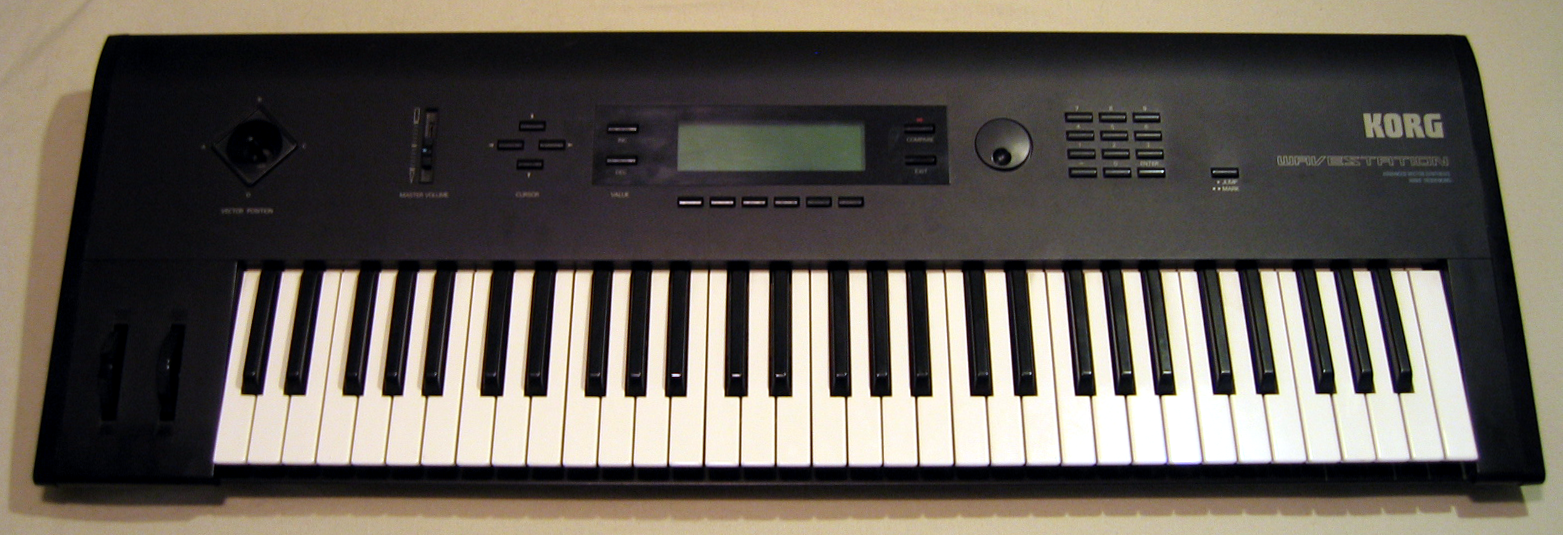
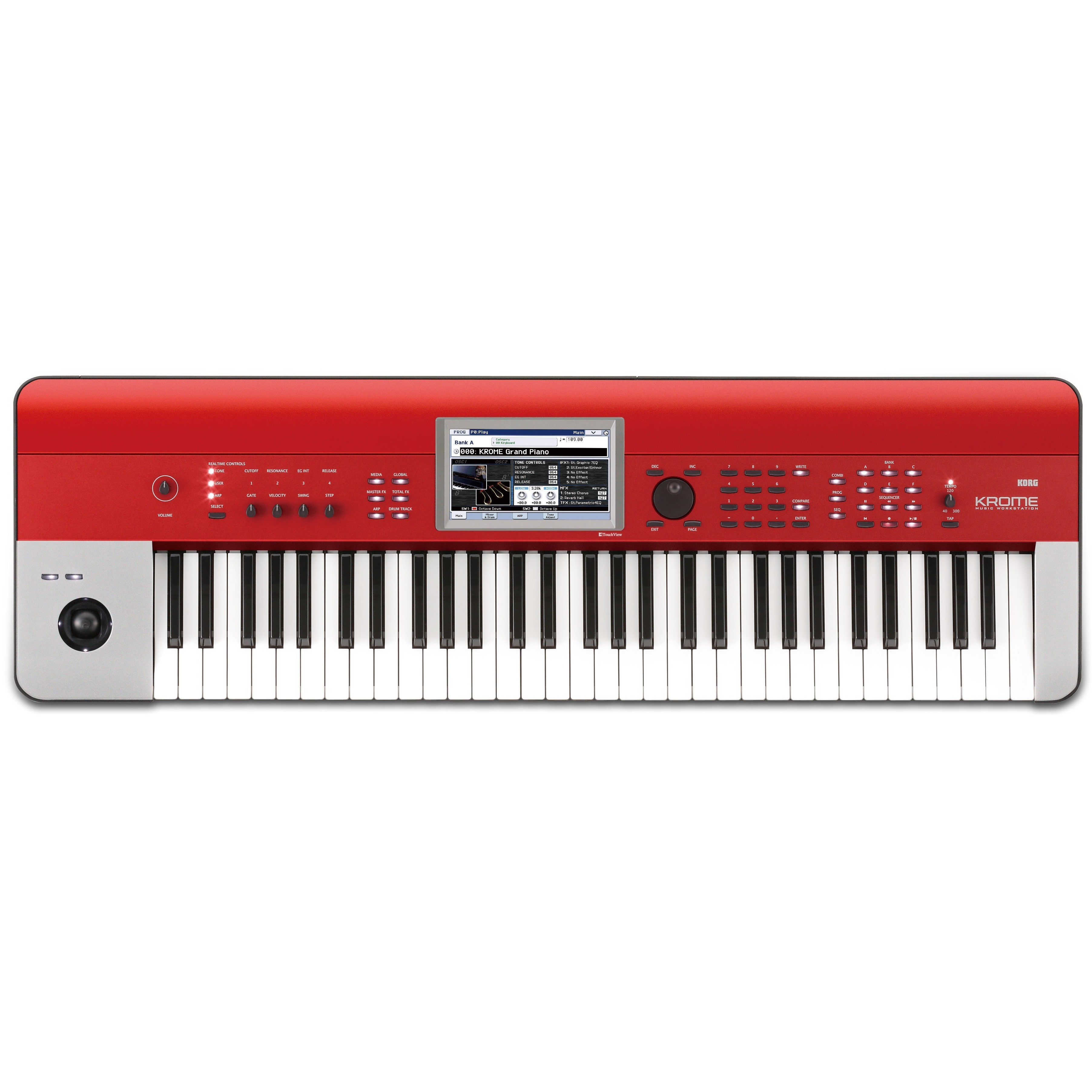

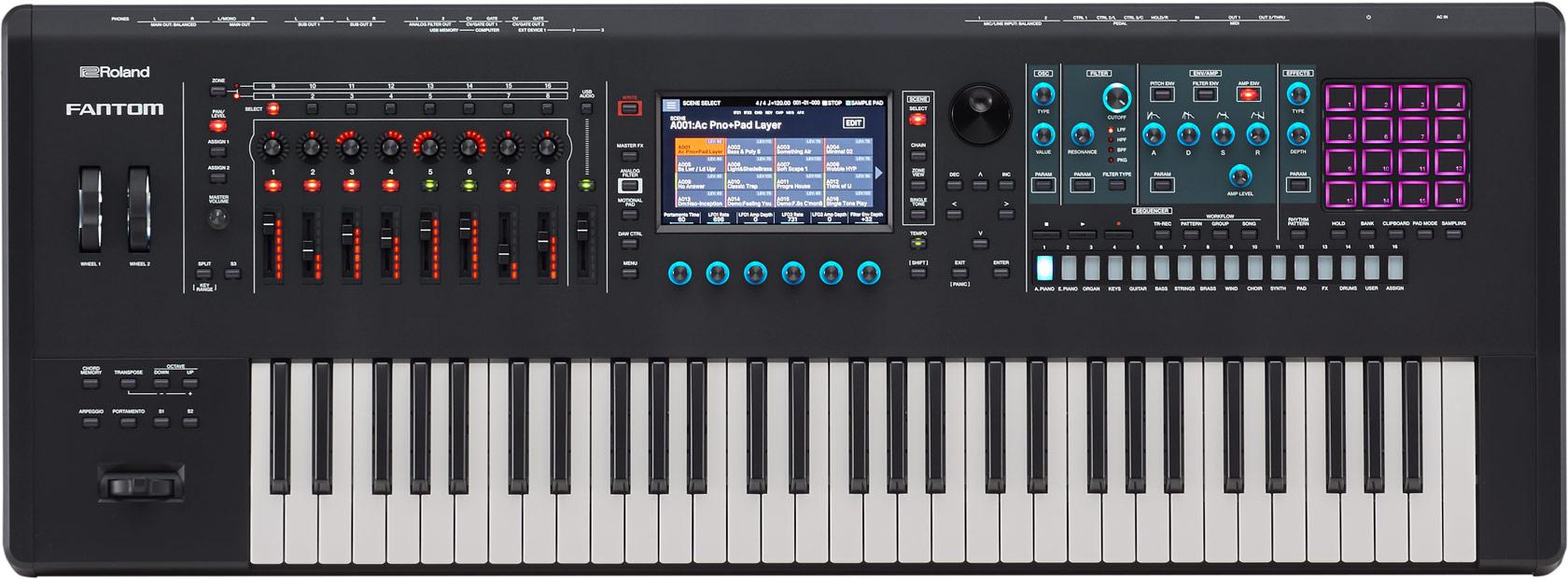
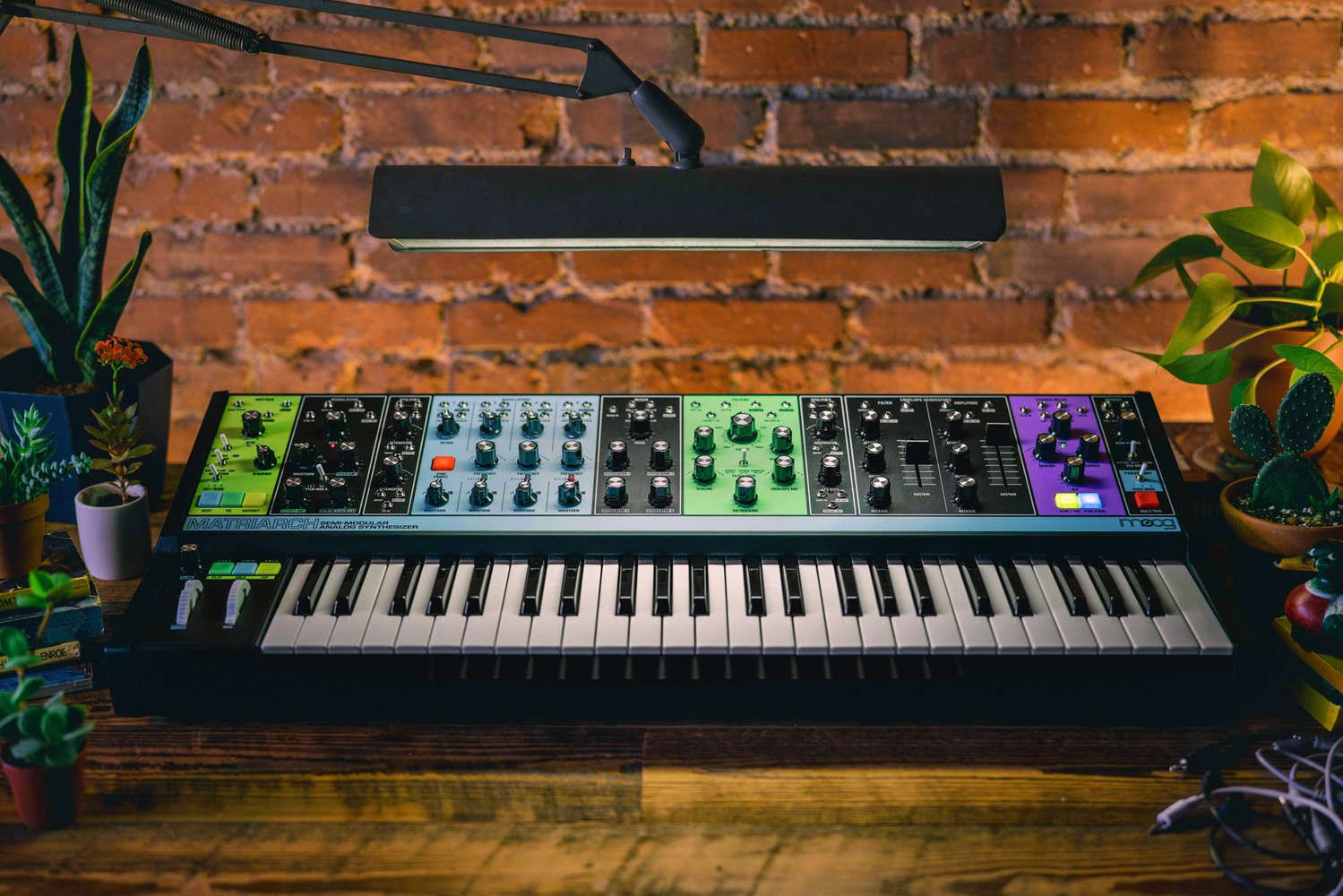

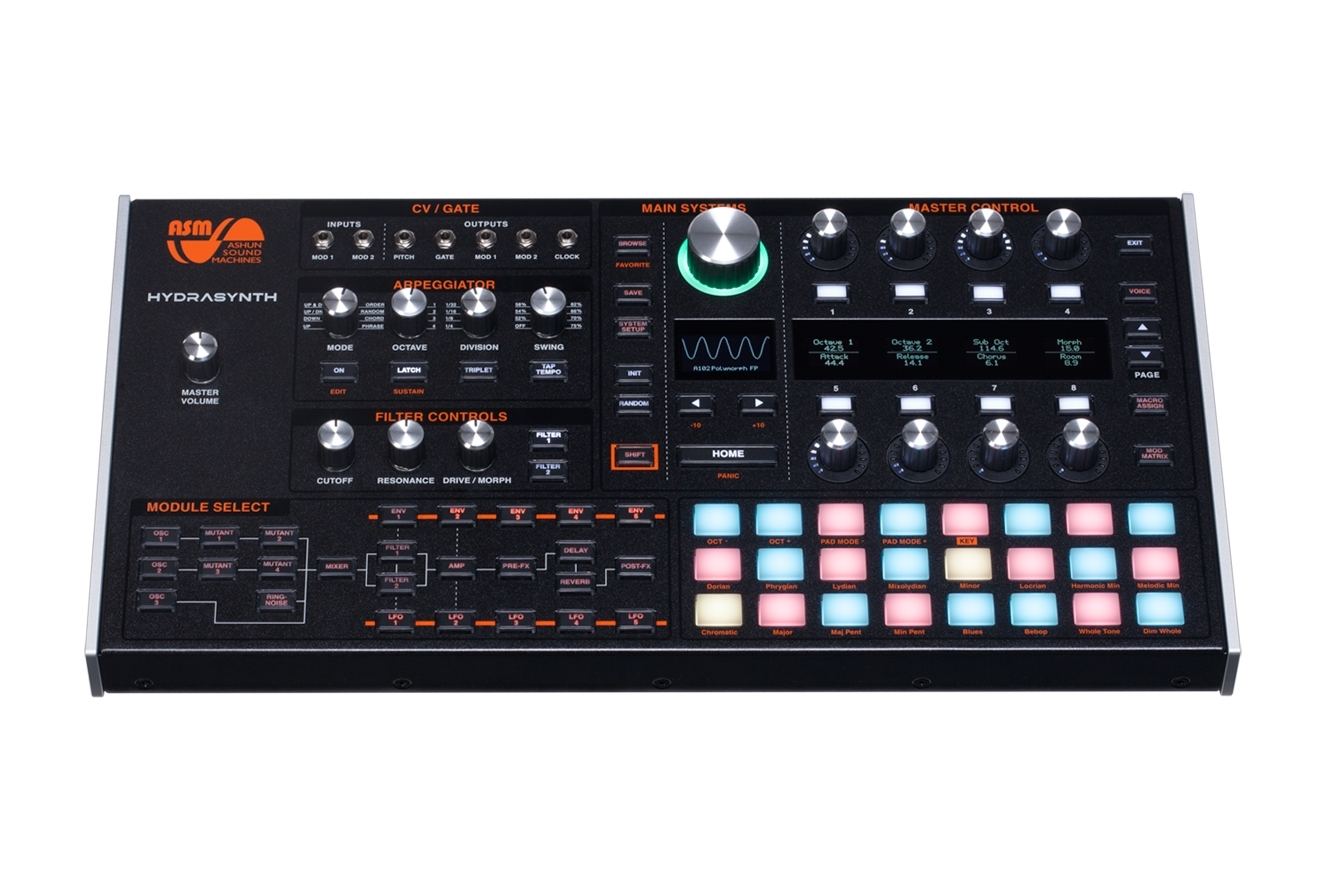
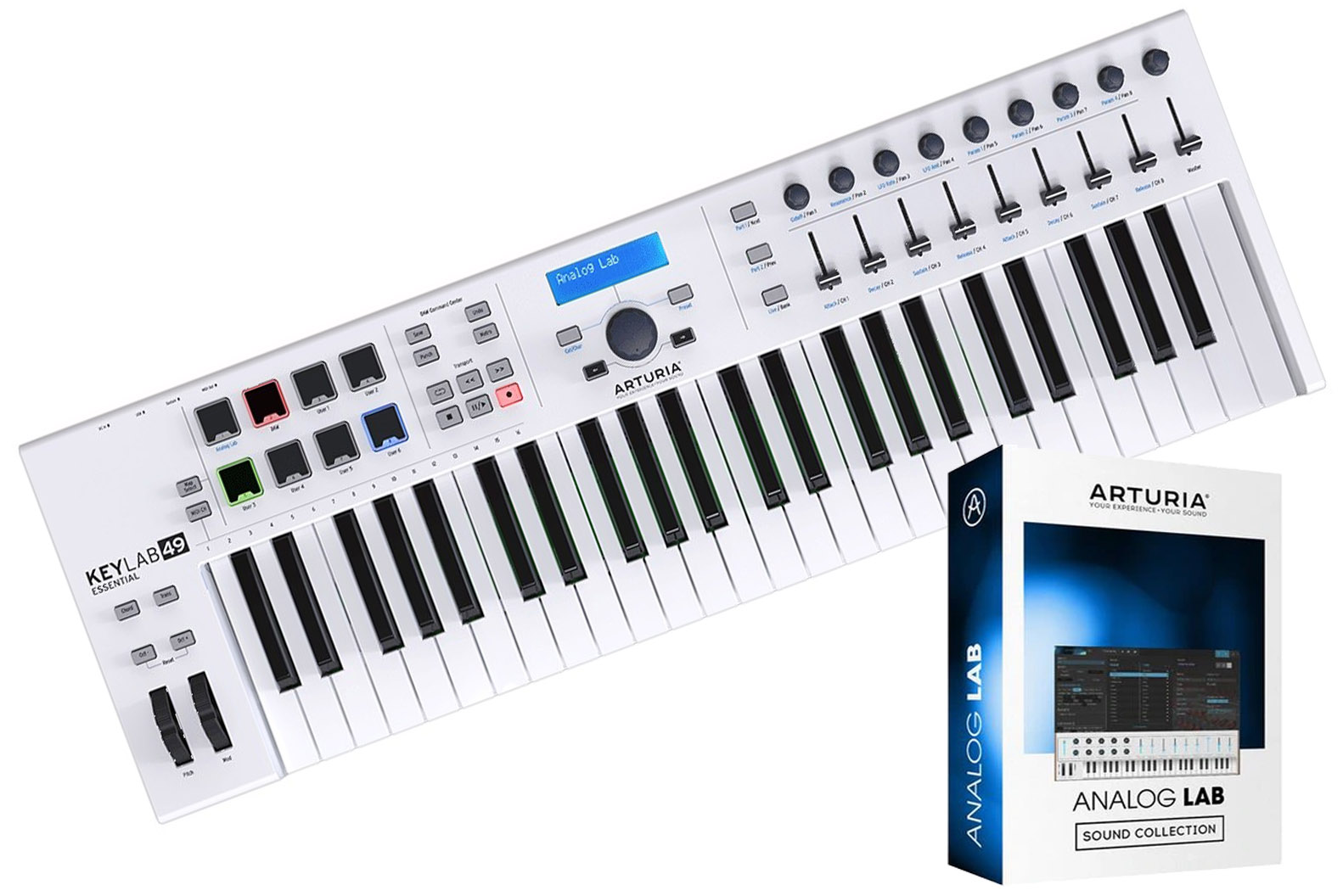
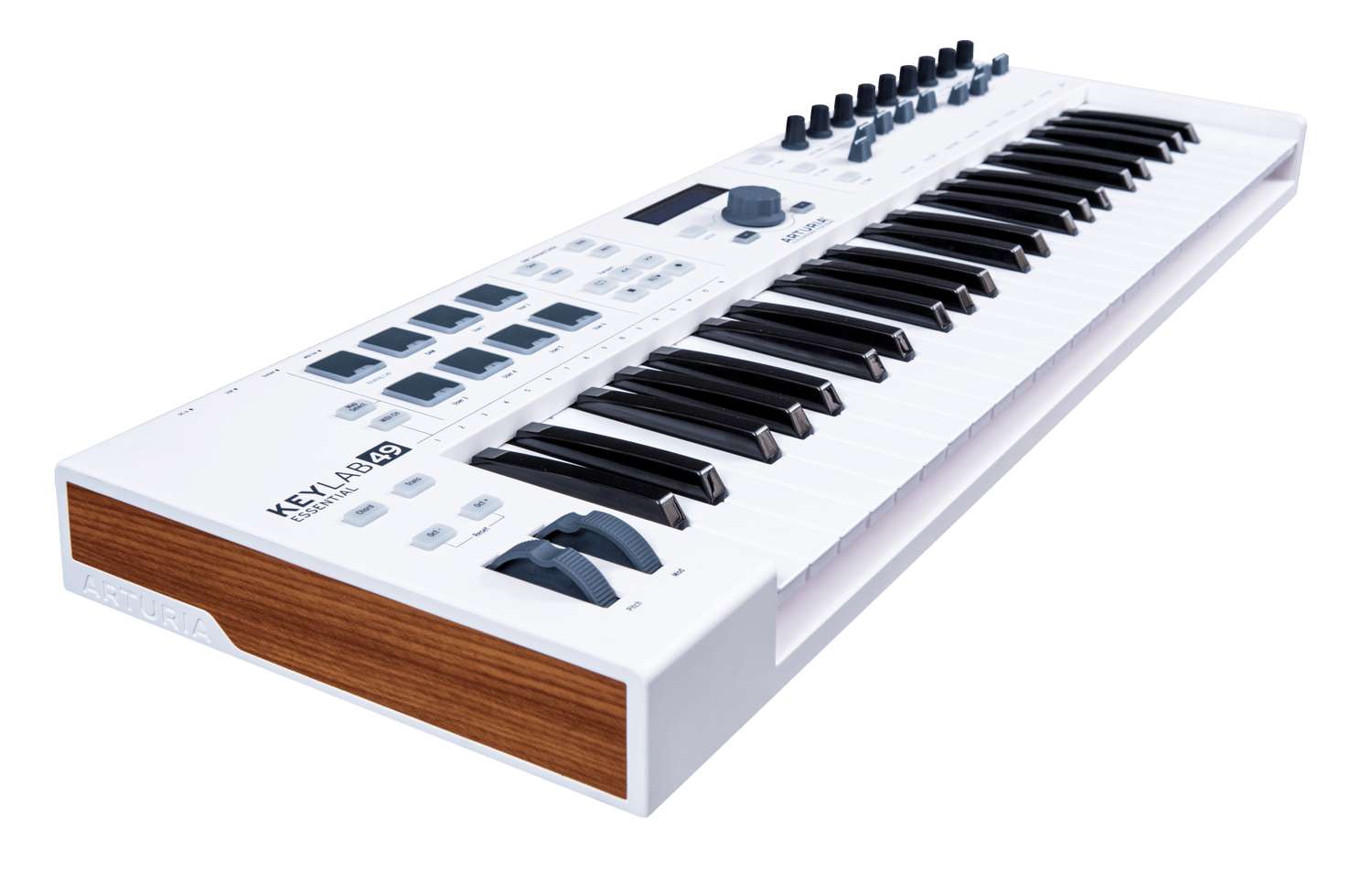
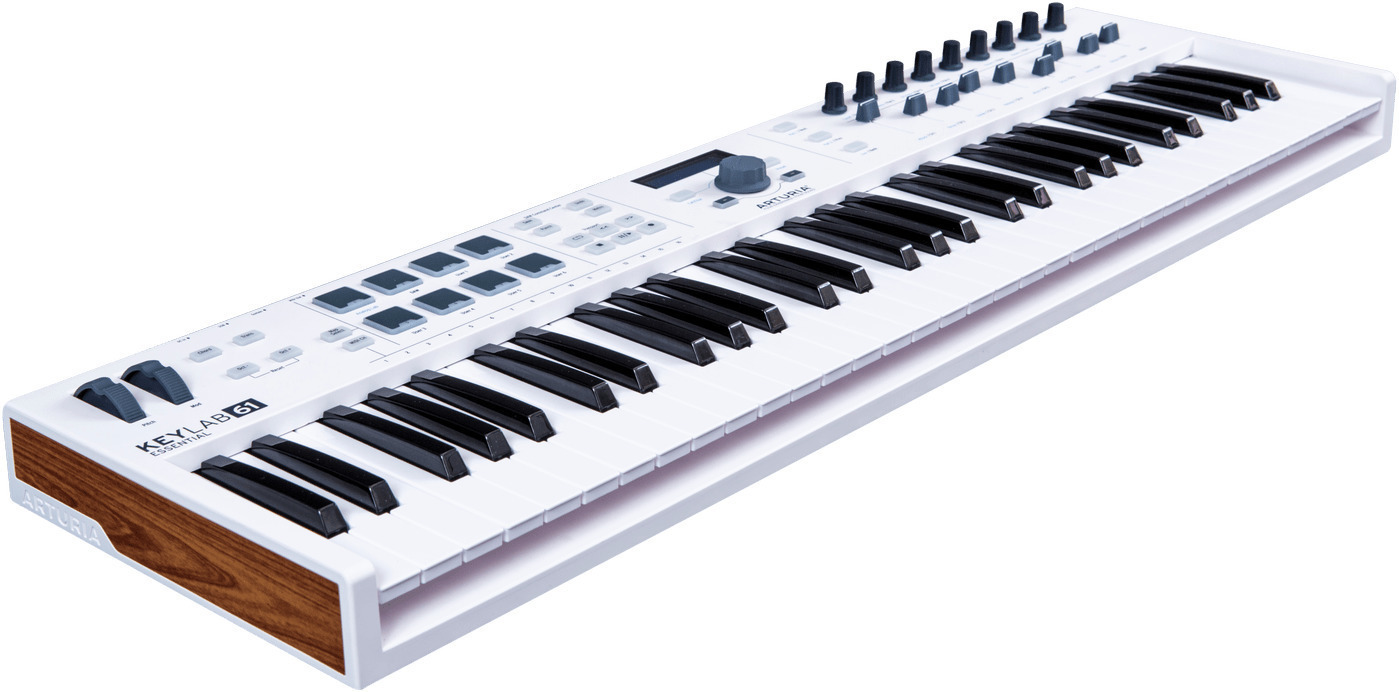
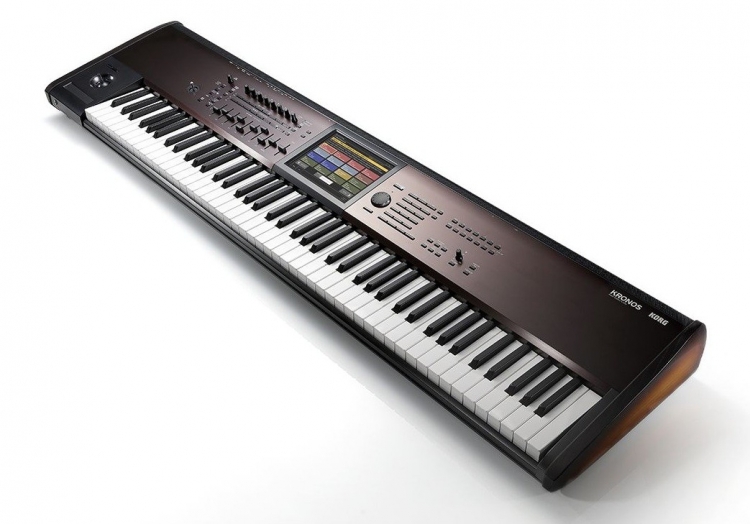
 0
0
JEDI SIMON'S RESEARCH
MORE INFORMATION HERE
https://en.wikipedia.org/wiki/Analog_synthesizer
https://en.wikipedia.org/wiki/Digital_synthesizer
https://www.sounddoctorin.com/synthtec/synarch.htm
You will see terms like DCO, VCO, VCF etc. strewn about these pages.
The 'V' usually stands for "voltage". THe 'C' usually stands for "controlled".
'O' is usually "oscillator" and 'F' is "filter", except in the case of "LFO"
which means "low frequency oscillator"; a circuit often used to stimulate a
vibrato or tremelo effect. Or occasionally "LF" or "HF" for low and high
frequency. Also occasionally you may see LPF or HPF for low and high pass filter.
'D' usually denotes "digital". This...is where things get confusing. :-)
Well, in one way they do. Because when manufacturers say "digitally
controlled" they might mean several things.
Additive synthesis involves taking
less harmonically laden sounds in general, and adding them together often with
distinct envelopes and other modulations. The RMI Harmonic
Synthesizer is the first of this type I know.
Kurzweil and Kawai followed using digital technology about a decade later! But
these renditions of the additive architecture were focused more around creating
a sound by adding the harmonics you want at the time you want it. The Kawai K5
for instance had the ability in each patch to stack two 63 harmonic sets
alongside or in linear order up to 126...and to assign each one to one of the 4
busses available for each half. Each buss had a 6 segment envelope and various
modulations. Then the 'signal' went on to a digital filter on each half and a
final "DDA" as they called it. A 7 segment envelope. Anyway that's only a small
part of what the machine would do.
Many machines had the ability to perform frequency modulation (Octave Cat
for instance or modulars) long before the Yamaha synths appeared which were
called "FM synthesizers". This is because their ability to do so was still more
of a 'side show' to their overall design. The Cat is primarily still a
subtractive synth architecture as it lacks dynamic control of the FM abilities
it has save the player turning knobs. Machines may include other sound altering
elements like this or ring modulation. But when the digital technologies came of
age, programmers were now able to design machines that would emulate properties
of nature that would be vastly complex and expensive to build with analog
circuits.
Yamaha's efforts created a totally new sound that sold like mad. Other
manufacturers tried to follow with their own ideas. Casio with 'phase distortion'.
Kawai and Kurzweil with their harmonic synths and so on. With software, there
are no bounds basically. This may be a good thing in some ways...it may be bad
in others. I find that the human spirit benefits most from contemplating real
natural 'struggles'. In software, there is no such thing. Only the modelling
thereof at best. Hearing actual work being done by electrons in a vast array of
analog circuits though...there is nothing quite like it. -Bob
Monophonic single oscillator simple subtractive-
ARP Axxe, JEN SX-1000, JEN SX-2000, KORG 770, Moog Micromoog,
Roland SH-3a, Roland SH-09, Siel Mono, Teisco/Kawai Synthesizer 100-F, Yamaha
CS-5, Yamaha CS-10
Monophonic single oscillator subtractive with
significant other features-
Octave Kitten, Roland SH-1, Roland SH-101
Monophonic single oscillator subtractive with
digital control from presets-
ARP Pro-Soloist(DGX), ARP Explorer, Conn Electric Band, Elka
Soloist 505, Korg M500 micro preset, Moog MinitMoog, Moog Satellite, Roland
SH-1000, Roland S-2000, Yamaha SY-1, Yamaha SY-2
Monophonic dual oscillator simple subtractive-
Moog Prodigy, Moog Multimoog, Moog Rogue, Moog Taurus II, Roland
SH-2, Yamaha CS-15
Monophonic dual oscillator subtractive with
significant other features-
ARP Solus, Crumar DS series, Crumar Spirit, KORG MiniKorg700s,
Moog MG-1, Moog Liberation, Oberheim 2-voice, Roland SH-5, SCI Pro One, Yamaha
CS-15D, Korg Sigma (last two have presets and various controls), Yamaha CS-30 (around
80 knobs, 2VCF, 3ADSR)
Duophonic subtractive-
ARP Odyssey, Korg MaxiKorg 800DV, Moog Sonic 6, Octave Cat,
Roland SH-7, Yamaha CS-40M
Monophonic dual oscillator with memory-
Moog Source, Oberheim OB-1, OSC Oscar, Roland ProMars MRS-2,
Teisco/Kawai Synthesizer 110-F, Yamaha CS-20M
Monophonic three or four oscillator subtractive-
Moog Minimoog(3 vco wide range), Korg Mono/Poly (4 vco narrow
range, but poly mode though only one SSM2044 VCF) Murom Aelita (3VCO driving
divide down network, 1 LFO)
5-voice or less polyphonic subtractive-
Oberheim 4-Voice, Oberheim OBX(a)(4voice) Roland JP-4, SCI
Prophet 5, Yamaha CS-50
6-voice polyphonic subtractive, one VCO/voice-
Akai AX-60, Akai AX-73, Korg PolySix, SCI Six-Trak, SCI MAX, SCI
Multi-Trak
6-voice polyphonic subtractive, two VCO/voice-
Fender Chroma Polaris, Oberheim OBX(a)(6voice),Roland JP-6,SCI
Prophet 600
6-voice polyphonic subtractive, three VCO/voice-
Moog Memorymoog
8-voice polyphonic subtractive, one VCO/voice-
SCI Split 8/Pro-8, Yamaha CS-60
8-voice or more polyphonic subtractive, two
VCO/voice-
Oberheim OBX(a)(8voice), Oberheim OB-8, Oberheim Matrix 12,
Rhodes Chroma(or 16voice 1 osc/voice),Roland JP-8, Roland MKS-80, SCI Prophet
T8, Yamaha CS-80
6-voice polyphonic subtractive, one DCO/voice-
Roland Juno-6, Roland Juno-60, Roland Juno-106
6-voice polyphonic subtractive, two DCO/voice-
Crumar Bit One, Crumar Bit 01, Crumar Bit 99, Cheetah MS-6, Elka
EK-22, Roland JX-3P/MKS-30, Roland JX-8P, Korg Poly 61(M), Oberheim Matrix 6,
Siel DK-600/Opera 6,
8-voice polyphonic subtractive, one DCO/voice-
Kawai SX-210
8-voice polyphonic subtractive, two DCO/voice-
Elka Synthex, Akai AX-80, Kawai SX-240
Polyphonic DCO paraphonic VCF.-
Korg Poly800(II), Siel DK-70, Siel DK-80 (two DK-70's using only
6voice per chip instead of 8)
Bi-Timbral polyphonic subtractive analog with
various DCO designs-
Roland JX-10, Roland MKS-70
Digital divider oscillators, Full Paraphonic
analog-
Arp Solina String Ensemble, ARP Quartet, ARP Omni (1/2), Crumar
Orchestrator, Crumar Performer, Korg Delta, Moog Opus 3, Roland RS-09, SCI
Prelude, Siel Orchestrator (1/2), Yamaha SK series(combo synths; some containing
7 vc polysynth or monosynths)
Digital divider oscillators from VCO's, Full
Polyphonic analog-
Korg Lambda, Korg PSS series, Moog Polymoog synth, Moog Polymoog
keyboard
Digital divider oscillators, paraphonic analog
with mono section-
Crumar DS-2,Crumar Composer, SCI Fugue, Yamaha SK30, SK50D
Divide down oscillator, polysynth hardware
/combo synths-
Crumar Stratus (organ and 6 voice para-poly scheme), Crumar
Trilogy (adds string section to Stratus)
Digital synths with analog
filters (hybrids)-
Ensoniq ESQ-1, Ensoniq SQ-80, Kawai K3, Korg DW-6000, Korg DW-8000
Digital physical modelling; FM-
Yamaha DX series, Yamaha SY-22, Yamaha SY-55, Yamaha SY-77, Yamaha SY-99, Yamaha
YS-200, Yamaha DSR-2000, Yamaha DS-55
Digital physical modelling;
Additive-
Kawai K5, Kawai K5000, Kurzweil K150
Digital physical modelling;
Phase distortion and vintage misc.-
Casio CZ series, Korg DS-8, Korg 01 series, Peavey DPM series, Roland JD-800
Digital physical modelling;
Acoustic-
Korg Prophecy, Yamaha VL-1
Digital physical modelling;
Analog-
Access Virus series, Clavia Nord Series, E-mu Vintage Keys, E-MuMorpheus,
Ensoniq Halo, Korg MicroKorg, Korg MS-2000, Oberheim OB-12, Roland JP-8000,
Roland J* series, Yamaha CS-1x, CS-2x, Yamaha CS-6x
Digital physical modelling;Established
instruments (Hammond, Wurlitzer and Rhodes EP, Clavinet Clavinet)-
Clavia Nord Electro, E-mu B-3, Hammond XB-2, Korg CX-3, Voce V series
Digital sampling synth, with
Analog filters-
E-mu Emulator series, Ensoniq Mirage, Korg DSS-1, Korg DSM-1, SCI Prophet 2000,
SCI Prophet 3000
Digital sampling synth-
Casio SK-1, Ensoniq ASR series, Ensoniq EPS(16(+)), Fairlight CMI, Kurzweil
K250, Roland S-series
Wavetable synth-
Ensoniq SD-1, Ensoniq Fizmo, Ensoniq VFX(SD), Korg Wavestation series, PPG Wave,
SCI Prophet VS, Waldorf Microwave
Miscellaneous ROM sample based
synths of interest-
Alesis QS series, E-mu Proteus series, Ensoniq TS series, Ensoniq SQ-1, Kawai k1
series, Kawai K4, Kawai XD-5, Korg M1, Kurzweil K1000 series, Roland/Rhodes
MK-60/80, Roland D series, Roland JD series, Yamaha SY-85
Advanced workstation synths-
Ensoniq MR series, Korg Karma, Korg M3, Korg Triton series, Korg Oasys, Kurzweil
K2xxx series, Roland Fantom, Yamaha Motif series
Table showing architectural class, and essential component
type if analog
| Model | Architecture(s) | Oscillator(s) | Envelope(s) | Filter(s> | Amplifiers | Effect(s) |
| Akai AX80 | subtractive | Digital | Digital | CEM3372 | Discrete | NA |
| Akai AX60/73 | subtractive | CEM3394 | Digital | CEM3394 | LM13600/CEM3394 | MN3009 |
| ARP Odyssey, Axxe, Pro-soloist | subtractive | Discrete | Discrete | Discrete | Discrete | n/a |
| ARP Omni/ Omni 2 | Subtractive/String | LC VCO, MK50240 TOS/Dividers | Discrete | Discrete | Discrete | MN3002 |
| Crumar Multiman, Orchestrator, early Performer | subtractive/String | MK50240 TOS/Divider | Discrete | Discrete | Discrete | TCA350Y/Z |
| Crumar Performer | subtractive/String | TOS/Divider | Discrete | SSM2040 | Discrete | TCA350Z |
| Crumar DS-1/2 | subtractive/String(2) | DCO | Discrete | Discrete | Discrete | n/a |
| Crumar Spirit | subtractive | uA726 | Discrete | Discrete | Discrete | n/a |
| Crumar Stratus, Trilogy | subtractive/String | TOS/Dividers | CEM3310 | CEM3320 | CEM3330, SSM2020 | TCA350Z |
| Crumar Composer | subtractive/String | TOS/Dividers | CEM3310 | CEM3320 | CEM3330 | TDA1022 |
| Crumar Bit One, 99, 01 | subtractive/String | DCO | Digital | CEM3328 | LM13700 | n/a |
| Fender Chroma Polaris | subtractive | CEM3374 | dig. 2 rate | CEM3372 | CEM3372 | n/a |
| Kawai 100F/110F | subtractive | uA726 | discrete | discrete | discrete | n/a |
| Kawai 100P | subtractive | uA726 | discrete | discrete | discrete | MN3009 |
| Kawai SX-210/SX-240 | subtractive | digital | digital | SSM2044 | BA6110 OTA's | MN3009 BBD |
| Kawai K3 | subtractive | digital | digital | SSM2044 | BA6110 OTA's | MN3009+MN3011 BBD |
| Kawai K1 | Rom Sampl. | digital | digital | none | digital | AM |
| Kawai K5 | Add/Subtr. | digital | digital | dig. model | digital | none |
| Kawai K4 | ROM Sampl./Subtr. | digital | digital | dig. model | digital | AM |
| Kawai K5000 | Rom Smpl./Add/Subtr. | digital | digital | Dig. Model | digital | dig fx |
| Korg 700/700S/800DV | subtractive | discrete | discrete | TS201012 module | discrete | n/a |
| Korg MS/PS series | subtractive | discrete | discrete | Korg 35 | discrete | n/a |
| Korg Sigma | subtractive | discrete | discrete | Korg 35 | discrete | n/a |
| Korg Delta | subtractive/String | discrete VCO/M50241TOS | discrete | LM13600 | discrete | 2-MN3004 |
| Korg Lamda | subtractive/String | discrete VCO/M50241TOS | discrete | discrete | discrete | MN3010 |
| Korg Trident | subtractive | uA726 | SSM2056 | SSM2044 | discrete | 3-MN3004/2-NE571 |
| Korg Mono/Poly | subtractive | SSM2033 | discrete | SSM2044 | discrete | MN3004 |
| Korg Polysix | subtractive | discrete | SSM2056 | SSM2044 | discrete | MN3004 |
| Korg Poly-61 | subtractive | digital | SSM2056 | LM13700 | discrete | NA |
| Korg Poly800 | subtractive | DCO | Digital | 1-NJM2069 | NJM2069 | MN3209/NE570 |
| Korg Poly800 II | subtractive | DCO | Digital | 1-NJM2069 | NJM2069 | Digital |
| Korg DW6000 | subtractive | Digital | Digital | NJM2069 | NJM2069 | MN3209/NE570 |
| Korg DW8000 DSS-1/DSM-1 | subtractive | Digital | Digital | NJM2069 | NJM2069 | Digital |
| Moog Minimoog | subtractive | uA726 | Discrete | Discrete | Discrete | NA |
| Moog Polymoog | subtractive | uA726/MK50240 | Discrete | Discrete | CA3080 | n/a |
| Moog Memorymoog | subtractive | CEM3340 | CEM3310 | CEM3320 | CEM3360 | n/a |
| Oberheim OB1 | subtractive | discrete | discrete | 4xCA3080 | CA3080 | n/a |
| Oberheim OBX | subtractive | discrete | CEM3310 | 2xCA3080 | CA3080 | n/a |
| Oberheim OBXa/OB8 | subtractive | CEM3340 | CEM3310 | CEM3320 | CEM3360 | n/a |
| Oberheim Matrix 6 | subtractive | digital | digital | CEM3396 | CEM3396 | n/a |
| Oberheim Matrix 12/xpander | subtractive | cem3374 | digital | CEM3372 | CEM3372 | n/a |
| Rhodes Chroma (ARP) | subtractive | CA3086 | dig. 2 rate | CEM3350 | CEM3360 | n/a |
| Roland SH-1000/2000 | subtractive | Discrete | Discrete | Discrete | Discrete | NA |
| Roland SH-3a | subtractive | Discrete | Discrete | Discrete | CA3080 | NA |
| Roland SH-5/7 | subtractive | uA726 | Discrete | Discrete | CA3080 | LM1496 r.m. |
| Roland SH-1/2? | subtractive | uA726 | Discrete | CA3080 | CA3080 | NA |
| Roland JP4 (Jupiter-4) | subtractive | Discrete | pulsed capacitors | IR3109 | BA662 | MN3004/MN3101 BBD |
| Roland SH-101 | subtractive | CEM3340 | Discrete | IR3109 | BA662 | NA |
| Roland JP8 (Jupiter-8) | subtractive | discrete | IR3R01 | IR3109 | BA662 | n/a |
| Roland Juno-6/60 | subtractive | digital | IR3R01 | IR3109 | BA662 | MN3009/MN3101 BBD |
| Roland JP6/MKS80(early) | subtractive | CEM3340 | Digital | IR3109 | CEM3360, BA662 | n/a |
| Roland JX3P | subtractive | digital | digital | IR3109 | BA662 | MN3009/MN3101 BBD |
| Roland MKS-30 | subtractive | digital | digital | IR3109 (in module) | BA662 (in module) | MN3009/MN3101 BBD |
| Roland Juno-106 | subtractive | digital | digital | IR3109 (in module) | BA662 (in module) | MN3009/MN3101 BBD |
| Roland MKS80 (later) | subtractive | IR3R03 | digital | IR3R05 | CEM3360, BA662 | MN3009/MN3101 BBD |
| Roland JX8P/JX10/MKS70 | subtractive | digital | digital | IR3R05 | M5241 | MN3009/MN3101 BBD |
| Roland Alpha Juno 1/2 | subtractive | digital | digital | IR3R05 | M5241 | MN3009 |
| SCI Prophet 5 Rev1/2 | subtractive | SSM2030 | SSM2050 | SSM2040 | SSM2020 | polymod |
| SCI Prophet 5/10 Rev.3 | subtractive | CEM3340 | CEM3310 | CEM3320 | CA3280 | polymod |
| SCI Prophet 600 | subtractive | CEM3340 | digital | CEM3372 | CEM3372 | polymod |
| SCI Prophet T8 | subtractive | CEM3340 | digital | CEM3372 | CEM3372 | polymod |
| SCI Six-Trak | subtractive | CEM3394 | digital | CEM3394 | CEM3394 | n/a |
| SCI Multi-Trak | subtractive | CEM3394 | digital | CEM3394 | CEM3394 | R5106 or 5107 chorus |
| SCI Split-8 | subtractive | CEM3394 | digital | CEM3394 | CEM3394 | chorus + Polymod |
| SCI Prophet VS | Wavetable subtr. | Rom Smpl. | digital | CEM3379 | CEM3379 | MN3209 chorus |
| Siel DK600 (Opera 6) | subtractive | SSM2031 VCO Custom Divider IC's Disc. WSC | SSM2056 | SSM2044 | SSM2024 | n/a |
| Siel DK70 DK80 | subtractive | SSM2031 VCO Custom Divider/WSC IC's | Digital | SSM2045 | SSM2045 | n/a |
| Yamaha SY-1/2 | subtractive | Discrete | Discrete | Disc. Module | CA3080 | n/a |
| Yamaha CS series | subtractive | IG00153 VCO IG00158 WSC |
IG00159 | IG00156 | IG00151 | n/a |
| Yamaha SK series | subtractive | Custom IC's | IG00159 | IG00156 | IG00151 and IG02600 | MN3009 Ens. |
(see
| Synth Model | Architecture | Keys/Vel/AT? | Editing i/f | Controllers | Interface(s) | Poly | MT | Memory | osc/note | waveforms/noises | #LFO/range/types/rout's | Filter(s) | Amplifier(s) | Envelope(s) | effects |
| Akai AX80 | subtr. Poly | 61u/Yes/No | dial/(2) | Pitch/Mod Wh. | MIDI | 8 | 1 | 32 pre 64 usr |
2 DCO | 2+PWM/0 | 4/Mid/4/3 | CEM3372 | Analog | 3-Digital | xmod |
| Akai AX60 | subtr. Poly | 61u/No/No | Sliders | Pitch/Mod Wh. | MIDI | 6 | 1 | 64 usr | 1 CEM3394 | 3+PWM/1 | 2/Mid/4/4 | CEM3394 | CEM3394 | 2-Digital | Chorus |
| Akai AX73 +VX90 |
subtr. Poly | 73u/Yes/No | cursor/(1) | Pitch/Mod Wh. | MIDI | 6 | 1 | 100 usr | 1 CEM3394 | 3+PWM/1 | 1D/Mid/4/3 | CEM3394 | CEM3394 | 2-Digital | Chorus |
| ARP 2600 | subtr. Solo | 49u/No/No | Sliders | PW/ | Patch | 1 | 1 | none | 3 VCO | 2/4+PWM/2+PW/2 | 4/Hi/4/5 | Analog | Analog | 2-Analog | Port., Reverb |
| ARP Odyssey | subtr. solo | 37u/No/No | Sliders | PW or PPC pad | CV/gate | 2 | 1 | none | 2 VCO | 3+PWM/2 | 1/Mid/3/3 | Analog | Analog | 2-Analog | Port./sync |
| ARP Pro-Soloist | subtr. solo | 37u/No/M | Sliders | AT | none | 1 | 1 | 30 pre | 1 VCO | presets/0 | 1/Mid/2?/3 | Analog | Analog | Analog | Port. |
| ARP Solina SE | subtr./String | 49u/No/No | Sliders | None | CV/gate | 16p1 | 1 | 6 pre | 1 dd | dd mix | 1/Mid/1/2 | Analog | Analog | Analog | bbd phaser |
| ARP Explorer | subtr. Solo | 37u/No/No | Sliders | bender | none | 1 | 1 | 8waves/noise | 1 VCO | 3+PWM/1 | 1d/Mid/1/2 | Analog | Analog | Analog | Port. |
| ARP Axxe | subtr. Solo | 37u/No/No | Sliders | Exp. Pitch knob | CV/gate | 1 | 1 | none | 1 VCO | 2/1 | 1/Mid/3/3 | Analog | Analog | Analog | Port. |
| ARP Omni1/2 | subtr./String | 49u/No/No | Sliders | None | CV/gate | 49p1 | 1 | none | 1 dd | 8-4'/dd mix/0 | 1/Mid/1/2 | Analog | Analog | Analog | 3-bbd phaser |
| ARP Quadra | subtr. Mixed | 61u/No/20ct | Sliders | none | CV/gate and ASI | 1 | 1 | 16 semi | 2 VCO + dd | 2+PWM/dd mix/0 | 1/Mid/2/2 | Analog | Analog | Analog | Phaser,S+H, Port. |
| ARP Solus | subtr. solo | 37u/No/No | Sliders | exp. pitch knob | CV/gate/trig | 1 | 1 | none | 2 VCO | 2+PWM/0 | 1/Mid/1/3 | Analog | Analog | Analog | Port. |
| ARP Quartet | See Siel Orchestra | ||||||||||||||
| Crumar Multiman | string/subtr | 49u/No/No | Sliders | pedals | none | 49p1 | 1 | none | 1 dd | 1 (dd mix) | 1/Mid/1/1 | Moog | Analog | Analog | 3-bbd Ens. |
| Crumar Orchestrator | String/subtr | 49u/no/no | sliders(1) | pedals | none | 49p1 | 1 | none | 1 dd | 1(dd mix) | 1/Mid/1/1 | moog | Analog | Analog | 3-bbd Ens. |
| Crumar PerformerA/B | String/Subtract | 49u/No/No | Sliders | None | Gate | 49p1 | 1 | none | 1 dd | 16/8' | 1/mid/1/2 | moog/SSM2040 | Analog | disc./SSM2050 | 3-bbd Ens. |
| Crumar DS1 | Subtr. solo | 49u/no/no | Knob/slide | Bend lev. | gate i/o | 1 | 1 | None | 2DCO | 3+pwm/3/1 | 1/Hi/4/4 | Analog | Analog | Analog | Glide |
| Crumar DS2 | Subtr. Solo +ddpoly | 49u/no/no | knobs/slides | pitch lev. | gate i/o | 49p1/1 | 1 | None | 1 dd+2DCO | 3+PWM/3/2 | 2D/Hi/5/4 | Analog | Analog | Analog | Glide |
| Crumar Spirit | Subtr. Solo | 37u/no/no | knobs/sliders | Bend/2xMod | gate/CV | 1 | 1 | None | 2 vco | 3+PWM/2 | 2/Hi/8?/5 | Analog | Analog | Analog | Ringmod/arp. |
| Crumar Stratus | Subtr. add dd |
49u/no/no | knobs + sliders |
Joystick + TM i/f (Steiner) |
none | 49p6 + dd |
1 | none | 2 dd | 2(alt.)+DB(post)/0 | 1/Mid/2/3 | CEM3320 | CEM3330 | CEM3310 | none |
| Crumar Trilogy | Subtr. + add/String |
49u/no/no | knobs(1) | joystick + TM i/f (Steiner) |
none | 49p6 + dd |
1 | 8-(int. trimmers) |
2 dd | 2(alt.)+DB(post)/0 | 1d/Mid/2/3 | CEM3320 | CEM3330 + 1-SSM2020 |
CEM3310 | 3-BBD Ens. |
| Crumar Composer | String/Subt. | 49/no/no | Knobs/Slides(1) | breath, 2-wheel, finger vibrato | none | 1+49p1 | split | 14 pres. | 1+ 2 dd | 3+PW/0 | 1/Mid/1/1 | CEM3320 | CEM3330 | CEM3310 | 3-bbd Ens.+ bbd rotary |
| Crumar Bit One A/B | Subtr. Poly | 61u/yes/No | buttons (1) | Pitch + Mod | MIDI + Tape | 6 | 1 | 63 | 2 DCO | 3+DB+PWM/1 | 2DM/Mid/3/4 | SSM2044/CEM3328 | Analog | Digital | None |
| Crumar Bit01/ 99 | Subtr. Poly | 61u/yes/AT? | Buttons (1) | Pitch + Mod | MIDI + Tape | 6 | split | 75 + 24split | 2DCO | 3+DB+PWM/1 | 2/Mid/3/4 | CEM3328 | LM13700 | Digital | None |
| Elka Soloist 505 | Subtr. Solo | 49u/no/no | Sliders (1) | Pedal | none | 1 | 1 | presets | 1 VCO | presets | ?/?/?/? | analog | Analog | Analog | none |
| Elka Synthex | Subtr. Poly | 61u/no/no | Knobs/slides | joystick + Pedals | Seq. + Tape | 8 | 1 | 40pr. 40user | 2 DCO | 3+PWM/2 | 2/Mid/4/4 | CEM3320 | Analog | digital | 4-BBD chorus + Seq. |
| Elka EK-22 | Subtr. Poly | 61w/yes/yes | data slider(1) | bend/mod trig. | MIDI | 6 | 2 | 64pr 32User | 2 DCO | saw->PWM/2 | 1d/?/4/4 | CEM3396 | Analog | Digital | bbd Chorus |
| Fender/Rhodes Chroma | Subtractive | 64w/yes/opt | data slide(2) | pitch + Mod lever | Chroma + Tape | 16/8 | 2 | 50 | 1 /2 hyb. | 2+PWM/1 | 2DM/Mid/16/4 | CEM3350 | CEM3360 | 4-hybrid | none |
| Fender Chroma Polaris | Subtractive | 61w/yes/no | sliders | PB/MW/PP | Chroma, MIDI, Tape | 6 | 8 | 132 | 2 CEM3374 | 2+PWM/1 | 1/Mid/2/3 | CEM3372 | Analog | Hybrid | seq. |
| Kawai S100P | Subtr. Solo | 37u/no/M | Sliders | BS, VP | none | 1 | 1 | 32pre | 1 VCO | 32 Presets | 1/?/1/2 | analog | Analog | 2-preset Analog | port./Gliss, reverb, flanger |
| Kawai SX-400 | Subtr. | 49u/no/M | Knobs + Sliders | PB | CV/Gate | 4 | 1 | 8pre, 8usr | 1 VCO | 3+PWM/1 | 2/?/3+1/3 | Analog (ladder+HP) | Analog | Analog | Port./Ensemble |
| Kawai SX-210 | Subtr. | 61u/no/no | Knob (2) | PB | tape | 8 | 1 | 32 | 1 DCO | 2+PWM/1 | 1/1mid/3/3 | SSM2044+HP | Analog | 2-Digital | port/gliss/Ensemble |
| Kawai SX-240 | Subtr. | 61u/no/no | Knob (2) | PB | tape, MIDI | 8 | 1 | 48 + 8 seq |
2 DCO | 2+PWM/1 | 1/mid/3/3 | SSM2044+HP | Analog | 2-digital | Port/gliss/Chorus |
| Kawai K3 | hybrid/Subtr. | 61u/yes/M | Knob (2) | PB | tape, MIDI | 6 | 1 | 50+50cart. | 2 DWG | 32(1 usr)/1 | 1/mid/4/3 | SSM2044+HP | Analog | 2-digital | port/gliss/Chorus |
| Korg 700 | subtractive | 37u/no/no | Sliders | none | none | 1 | 1 | none | 1 VCO | 3/0 | 1/Mid/1/1 | Korg 35L/H | Analog | Analog | porta/chorus/Repeat |
| Oberheim SEM(TVS etc.) | Subtractive | 37-49/no/no | knobs | tune knob | cv/gate | 1-8 | 1 | 0 | 2 | saw->PWM/0 | 1/?/1/3 | analog | analog | analog | sync/env mods |
| Oberheim OB-1 | Subtractive | 37/no/no | knobs | PB | cv/gate | 1 | 1 | 8 | 2 VCO | 3+PWM/1 | 1/high/3/3 | analog | analog | analog | n/a |
| Oberheim OB-X | Subtractive | 61/no/no | knobs | PB/MW | cv/gate (vc 1 only) | 4-8 | 1 | 32 | 2 VCO | 2/1 | 1/med/3/3 | analog | analog | CEM3310 | polymod |
| Oberheim OB-Xa | Subtractive | 61/no/no | knobs | PB/MW | OB system | 4-8 | 2 | 32-120 | 2-CEM3340 | 3+PWM/1 | 2/med/3/3 | CEM3320 | CEM3360 | CEM3310 | portamento |
| Oberheim OB-8 | Subtractive | 61/no/no | knobs | PB/MW | OB system or MIDI | 8 | 2 | 120 | 2-CEM3340 | 3+PWM/1 | 2/med/3/3 | CEM3320 | CEM3360 | CEM3310 | portamento |
| Oberheim Matrix 12 | Subtractive | 61/yes/yes | knobs+menus | PB/MW | MIDI | 12 | 2 | 100 | 2-CEM3374 | 3+PWM/1 | 11/med/5/5? | CEM3372 | CEM3372 | digital | portamento |
| Oberheim Matrix 6 | Subtractive | 61/yes/yes | menus | PB/MW | MIDI | 6 | 2 | 100 | 2-DCO | 3+PWM/1 | 11/med/5/5? | CEM3396 | CEM3396 | digital | portamento |
| SCI Prophet 5 | Subtr. Poly | 61u/no/no | Knobs | PB/MW | tape | 5 | 1 | 40-120 | 2-SSM2030 or CEM3340 | 2/3+PWM/1 | 1/Mid/3/3 | SSM2040 or CEM3320 | SSM2020 or CA3280 | SSM2050 or CEM3310 | polymod |
| SCI Prelude | SEE Siel Orch 2 | ||||||||||||||
| SCI Pro-One | Subtr. Solo | 37u/no/no | Knobs | PB/MW | CV/gate | 1 | 1 | none | 2-CEM3340 | 2/3+PWM/1 | 1/Mid/3/3 | CEM3320 | Analog | Analog | Seq/Arp, Porta,FM |
| SCI Prophet 600 | Subtr. Poly | 61u/no/no | Knobs | PB/MW | MIDI | 6 | 1 | 100 | 2-CEM3340 | 3+PWM/0 | 1/Lo/2/3 | CEM3372 | CA3280 | Digital | polymod, Glide, seq/arp |
| SCI Prophet T8 | Subtr. Poly | 76h/yes/no | Dial/(1) | PB/MW | MIDI | 2x4 | 2 | 100 | 2-CEM3340 | 3+PWM/0 | 1/Lo/3/3 | CEM3374 | CEM3360 | Digital | polymod, Glide, seq |
| SCI Six-Trak | Subtr. Poly | 49u/no/no | Dial/(1) | PB/MW | MIDI | 6 | 6 | 100 | 1-CEM3394 | 3+PWM/1 | 1/Mid/2/3 | CEM3394 | CEM3394 | 3-Digital | Port., seq/arp |
| SCI Multi-trak | Subtr. Poly | 49u/yes/no | Dial/(3) | PB/MW | MIDI | 6 | 6 | 100 | 1-CEM3394 | 3+PWM/1 | 1/Mid/2/3 | CEM3394 | CEM3394 | 3-Digital | Port. seq/arp |
| SCI Split-8 | Subtr. Poly | 49u/no/no | Dial/(3) | PB/MW | MIDI | 8 | 2 | 100 | 1-CEM3394 | 3+PWM/1 | 1/Mid/3/3 | CEM3394 | CEM3394 | 2-Digital | polymod, Port. |
| SCI Prophet VS | Wavetable Subtr. | 61/yes/yes | data slider (2) | PB/MW/VS | MIDI | 8 | 2 | 100 | 2 dig | 4+32RAM/96ROM/1 | 2/?/5/5 | CEM3379 | CEM3379 | Digital | bbd chorus |
| Teisco S-100F | Subtr. Mono | 37/no/no | knobs/slides | tune slider | none | 1 | 1 | none | 1 VCO | 2/1 | 1/mid/3/3? | discrete LP/HP | Analog | 2-Analog | porta/ring mod |
| Teisco S-110F | Subtr. Mono | 37/no/no | knobs/slides | pitch slider | CV/Gate | 1 | 1 | none | 2 VCO | 3/2/2 | 1/mid/3/3 | discrete LP/HP | Analog | 2-Analog | porta/S+H/Ringmod |
| Synth Model | Architecture | Keys/Vel/AT? | Editing i/f | Controllers | Interface(s) | Poly | MT | Memory | osc/note | waveforms/noises | #LFO/range/types/rout's | Filter(s) | Amplifier(s) | Envelope(s) | effects |
| Yamaha SY-1/2 | Subtr. Mono | 37u/No/M | Knob/Slides | None | None | 1 | 1 | none | 1 VCO | 1/0 | 1/Mid/1/1 | Analog | Analog | Analog | porta |
| Yamaha CS50 | subtr. Poly | 49u/no/M | Knobs + Sliders | none | none | 4 | 1 | 13 pre | 1-IG00153 | 3+PWM/1 | 1/mid/1/3 | 8-IG00156 | IG00151 | IG00159 | Ring Mod, Port./Gliss |
| Yamaha CS80 | Subtr. | 61h/yes/P | knobs + Sliders | RC/Ex.M | none | 8 | 1 | 28 pre + 4 alt. sliders |
2-IG00153 | 3+PWM/1 | 1/mid/5/3 | 4-IG00156 | IG00151 | 4-IG00159 | Ring Mod, Port./Gliss |
| Yamaha CS60 | Subtr. | 61u/no/M | knobs + Sliders | RC | CV/Gate | 8 | 1 | 12 pre + 1 alt. sliders |
1-IG00153 | 3+PWM/1 | 1/mid/5/3 | 2-IG00156 | IG00151 | 2-IG00159 | Ring Mod, Port./Gliss |
| Yamaha CS10 | Subtr. | 37u/no/no | knobs + Sliders | PB | CV/Gate | 1 | 1 | none | 1-IG00153 | 2+PWM/1 | 1/Hi/2/3 | 1-IG00156 | IG00151 | 2-IG00159 | Port. |
| Yamaha CS30 | Subtr. | 44u/no/no | knobs + Sliders | PB | CV/Gate +ext. trig | 1 | 1 | none | 2-IG00153 | 2+PWM/1 | 1+ext./Hi/5/3 | 2-IG00156 | IG00151 | 3-IG00159 | Port., Step seq. |
| Yamaha CS5 | Subtr. | 37u/no/no | knobs + Sliders | PB | ext. Trig | 1 | 1 | none | 1-IG00153 | 2+PWM/1 | 1/Hi/3/3 | 1-IG00156 | IG00151 | 1-IG00159 | Port. |
| Yamaha CS15 | Subtr. | 37u/no/no | knobs + Sliders | PB | ext. Trig | 1 | 1 | none | 2-IG00153 | 3+PWM/1 | 1/Hi/3/3 | 2-IG00156 | 2-IG00151 | 2-IG00159 | Port. |
| Yamaha CS15D | Subtr. 2 chan. w/pan | 37u/no/no | knobs + Sliders | PB/MW | CV/ Trig | 1 | 1 | 29 pre + manual | 2-IG00153 | Saw->PW/1 | 1/Hi/3/3 | 1-IG00156 | IG00151 | 2-IG00159 | Port. |
| Yamaha CS20M | Subtr. | 37u/no/no | knobs + Sliders | PB/MW | CV/ Trig | 1 | 1 | 8 usr* | 2-IG00153 | 3+PWM/1 | 1/Hi/5/4 | 1-IG00156 | IG00151 | 2-IG00159 | Port./Gliss |
| Yamaha CS40M | Subtr. duo | 44u/no/no | knobs + Sliders | PB/MW | CV/ Trig | 2 | 1 | 10 usr* | 2-IG00153 | 3+PWM/1 | 1/Hi/5/4 | 1-IG00156 | IG00151 | 2-IG00159 | Port./Gliss + Ring Mod. |
| Yamaha DX7 | 6-op FM | 61u/yes/Yes | 1 Data Slider or inc-dec keys/(2) | PW/MW/VP/DS/BC | MIDI/Tape | 16 | 1 | 32 patch | 6 | 3/2 | 1/hi/7/? | 0 | 4-Digital | 4-Digital | Port. |
| Yamaha DX21 | 4-op FM | 61u/No/No | 1 Data Slider or inc-dec keys/(2) | PW/MW/VP/DS/BC | MIDI/Tape | 8/4 | 2 | 128 patch / 16 perf. | 4 | 3/2 | 1/hi/4/? | 0 | 6-Digital | 6-Digital | Port.+ Chorus |
| Synth Model | Architecture | Keys/Vel/AT? | Editing i/f (1) | Controllers | Interface(s) | Poly | MT | Memory | osc/note | waveforms/noises | #LFO/range/types/rout's | Filter(s) | Amplifier(s) | Envelope(s) | effects |
When the DX7 came to town, it appeared to be all over. Yamaha getting a
slightly later start into the Analog game became determined to lead the pack in
this new direction and utterly abandoned their attempts to market analog designs.
Roland was a major player and robust enough to where they didn't have to have to
lead the industry all the time. They had established a name early on with the SH
series synths which heartily competed sonically with the American machines. And
that momentum kept people looking at what they would do next for many years to
come. And so about the time the DX came out so did the Juno-106 which took a
simple to program great sounding series and added the MIDI interface and many
people just had to take their music into that realm with Roland, so they sold
70,000 units or so even in the face of a landslide towards the Yamaha products.
While these products had digital oscillator sections, they still involved analog
vcf/vca modules and vca chips adding a lot of expense and setup hassle to the
productions. Where the new Yamaha machines were pretty much assembled and
shipped.
Even as Roland began coming out with professional digital products
including the S series samplers in 1986 and the D50 in 1987, they were still
doing well in analog product sales with the JX series and alpha Junos. The
market hadn't dried up completely yet but Roland dominated what was left of it
pretty much. But all of these even had digital oscillator control.
Korg had followed on the heels and developed a pattern which would make
them dominant in the market eventually. They let someone else do the ground
breaking, and then they set forth to make it better and cheaper. The PolySix had
been a huge success and instead of trying to do something bigger and better,
they saw where things were going and released a synth that would probably use up
some of the parts they had left over, (the Poly61 with DCO's but analog EG's and
OTA based filters) and again sold quite a few though not a raving success. But
it was their venture into the MIDI world and it gave them a chance to evaluate
where they wanted to take things next.
Then the Poly800 came out with a price tag and sound quality that turned it
into a good success. The DSS-1 probably didn't make them much money but it did
look big and bad and kept them in the spotlight with another great sounding
synth and a sampler until the M1 was ready. Korg never made another synthesizer
with major analog components after the DSM-1, and the DS8 which came out about
the same time was again an attempt to build something similar/cheaper to what
others had been doing in the digital market. The M1 was the ultimate example
though, taking the best of the Kurzweil K250 in the eyes of the typical working
musician and hobbyist. Leaving behind the seldom used by the typical user
sampling interface, keeping the great sampled sounds in ROM, and creating an
easy to use sequencer interface in a light weight yet decent feeling package
(DX7 keyboard movement). Result: One of the best sellers of all time.
Meanwhile Sequential's direction was to continue making synths with analog
vco's until the Prophet VS which was a consuming project that forged the way for
a new approach to synthesis, but cost them I'm sure as they only sold 3000 of
them. Their Prophet 2000 sampler was somewhat popular, but Ensoniq had come out
of nowhere and snagged the pole position in the econo-sampling market with the
Mirage. So SCI wound up with some better products perhaps but the pricing/popularity
point ARP had already gone by the way due to bad management and Moog had the
SL-8 on the table but when they saw the DX7 knew there was no way they could
compete. They had poured their efforts into a direction that would result in
small volume sales.
Crumar had been popular overseas and developed the first DCO synth, but
they continued into the mid 80's reaping the dwindling harvest of analog hybrid
sales and never really produced a significant digital intrument and eventually
called it quits in '87. Siel and Elka both continued on the similar path with
compromised partly analog instruments that followed trends in that area, and
continued also to try to scavenge what was left of that market. Siel had began
by making synths that used divider network chips with one analog VCO behind it
and a full analog synth on the other side (DK600), which maintained the warmth
but got rid of the expensive dedicated analog oscillators. And they began to
harvest the market that was seeking a different analog sound at budget prices.
Then after some variations they made some with far fewer analog components
(DK70, DK80) and then some cheap digital products. They had gained enough
attention to where apparently Roland thought it best for business to buy them
out and shut down the factory.
In general though those who didn't begin to design innovative digital
products by 1985 ceased to do business shortly thereafter. Except for Korg,
because Korg made it their business to shadow the technology and they found a
great following with people who were willing to wait a couple years maybe but
get something that would do the job for cheaper. So by 1987 there wasn't really
an analog product that was getting any significant amount of sales and hence no
advertising was devoted to these products. In the public eye that can make
something very unhip, so analog synths began to be sold for very cheap prices as
people tried to get money for the latest digital.
So goes the consumer market. Anyway the first digitals all had something in
common. They emulated physical processes or, actually sampled physical sounds
then performed physical processes on them largely. For instance the DX7 was an
"FM" synth. A natural process emulated digitally. The K150 and K5 allowed
construction of harmonic arrays as we see vibrations stimulating overtones in
nature. Etc. Basically doing it digitally lost some quality but the hearer could
still catch the essence of a real process and they could tweak it in a way that
would have been extraordinarily expensive to set up...had it not been for
digital processing! However..there was a down side. With so many options and so
many WRONG (in terms of the way things really interact in nature) ways you could
set things up for a sound, it is easy to get lost making utterly silly sounds
with these units. This inspired me to write the K5 'macro' software which
allowed you to construct presets that were useful and call them up as needed so
as to be able to construct a 'skeleton patch' which one could then go in and
tweak to perfection. Rather than getting distracted and totally losing the idea
you had as you explore all the absurd possibilities. (Though that's still fun
sometimes and you do stumble onto something interesting occasionally that
way...)
Down along the path software people began to put processes more and more
distanced from nature at the fingertips of the synth programmer. While it might
SEEM on the surface that having a synth that can do arbitrarily bizarre things
is good, many really learned quite another lesson. Perhaps a lesson analogous to
what old Solomon spoke of in Ecclesiastes. He tried everything. But it kind of
left him..empty! A 'chasing after the wind' and that sort of thing.
Human beings need meaning. Connectedness. Their souls long to be in touch
with something firm. Not necessarily predictable to them. But something that
rather..grows with them. A great musician is like this with his/her audience.
Awesome live shows aren't just a pre-planned thing that starts at time "A" and
shuts off with "thank you and goodnight" at point "B". Rather awesome live shows
are where the musicians are in touch with the audience and they convey something
together. Something that causes each person to grow together somehow.
Even my beloved K5m...I find sounds that are way bizarre and unreachable by
other synths, but they leave me flat and cold because the processes are
completely distanced from nature. They are rather arbitrary and in that way they
don't connect. A sound that connects is one that has surprising qualities that
lend themself to the song they are being used in (or often, inspire I find.
Sometimes in creating a sound a song will emerge just from playing the sound the
first time) and work together with it somehow to make the concepts all the more
real to the listener.
A friend of mine, Paul Rose, let me listen to an old 80's group called 'Negativelyland'.
The first cut is a farsical message to radio station managers, explaining how
they've developed this new technology which will produce a 'hit song' that is
ready for release in the current market. Then they play the 'designer song'
which amounts to a bunch of crazy samples of cartoon noises and annoying music
hewn together with a guy finally yelling "just a minute" over and over and "I
can't hear a thing" as they flow into the 'is there any escape, from noise"
theme. Very funny piece.
But also quite relevant in terms of the direction things had taken in 1987
when that was released. Many great digital instruments have been made; most of
them affording us the ability to carry nice sounding piano's around without a
moving crew and the like. However...sometimes too much creative headroom...into
the space of being arbitrary ....can actually be a distraction to productive
creativity! I know many musicians who just spend too much time fiddling and not
enough actually creating music that anyone wants to listen too. There are so
many sounds available for download. But where does a person stop and actually
learn to play an instrument well?
In the wake of all this, many people began to remember...something real.
Analog circuitry. Subtle deep intricasies that lend themselves to making...MUSIC!
Well music that lends itself to communication. Hearing natural processes unfold,
rather than hearing a software engineer's idea of what sounds like it could be a
natural process if like wormholes were real and the whole studio got caught in
one. :-) Real..bonafide..natural processes. Like any other musical instrument
that was created prior to the idea that we could write software that would be
able to let us design our own instruments in an arbitrary fashion. And up many
of the prices started to go again. There are still some little known gems out
there that can be found at a super bargain price. But don't expect to find a
Matrix 12, CS-80, Synthex, Chroma, Minimoog, Prophet 5/10 or Jupiter 8 for a few
hundred dollars anywhere anytime soon again. :-)
It's interesting to think about..creation. And how the best things come
when we explore it and work within it's boundaries instead of just arbitrarily
saying "hmm wonder what would happen if I totally twisted that aspect of
nature?" There's nothing like the real thing. Never was, never will be. -Bob
The Synth Poll!
(Note: The number in parenthesis before a synth indicates the number who voted
for it)
1) Best Analog synth (barring all thoughts of not having roadies to haul it,
techs to keep it running, etc.)
(2)Yamaha CS-80, Jupiter-8, Fenix, ARP 2600, Alesis Andromeda A6
2) Best Monophonic analog ("" "" )
(3)MiniMoog, MiniMoog Voyager, EMS VCS3, Sequential Pro-One
3) Best practical poly analog
Sequential Prophet 5 ( Rev. 3.3 w/ MIDI ), Roland Jupiter-8, Roland
Jupiter-6, (3)Alesis Andromeda A6
4) Best practical mono or duo analog
Sequential Pro One, (2)MiniMoog voyager, Roland SH-101, MultiMoog
5) Best full polyphonic
(3)Korg PS-3200/3300
6) Best practical full polyphonic
Korg PE-2000 Polyphonic Ensemble Orchestra, Korg PS-3200, Korg Lambda
7) Best paraphonic
Roland 505, Crumar Trilogy (hey..it's semi-paraphonic with 6 shared filter/eg's)
or Korg Delta
8) Best preset mono
(2)Korg Sigma, Roland SH-1000
9) Best bang/buck monophonic
Moog Prodigy, Sequential Pro-One, Moog Voyager, Waldorf Pulse, Yamaha CS-20M
10) Best bang/buck polyphonic
Sequential Prophet VS, Sequential Prophet 600, (2)Alesis Andromeda A6, Akai
AX80
11) Best bang/buck full polyphonic
ARP/Solina String Ensemble (Technically partially paraphonic with one filter
but poly decay eg.), Korg Lambda
12) Best bang/buck paraphonic
is there any? (ha...ha. Only answer others gave) I'd say the Korg Delta! Or
possibly Poly 800.
13) Best classic modular synthesizer
Roland System 700
14) Best currently available modular synthesizer
Serge Modular
15) Best bang/buck modular synthesizer
Synthesizers.com
Honorary Mentions: Some people didn't apparently understand some of the
questions. So I thought it good to mention that the Rhodes chroma did get
nominated as best 'full polyphony' though it's max 16 voice poly, and also
Alesis Andromeda in that category. Roland VP330 got a vote for best paraphonic.
It's a vocoder and may have some paraphonic aspects. I'm not sure. That question
was more aimed at the ARP omni and that type of synth which has paraphonic
sharing of the filter but is full poly in terms of notes via divide down osc.
Also Moog Voyager got an entry for best preset mono. However it's a programmable
oriented mono not a preset oriented. This term usually refers to things like
Sigma which have more preset aspects than parameters. Though it's close on sigma
:-).
THanks to Steven Parsick, Mike Kent, 'jk', Guido, Alex Prescott, and...me.
Keyboards and how they interface to synthesizer
circuitry -by Bob Weigel
There are two primary types of keyboard circuit employed in synthesizers.
Well, not counting those where each note is wired to an individual keying
circuit. This is common in electronic organs where sometimes the 'circuit' is
simply a switch that connects some tone or mixture of tones to a mixing buss. It
is also used in fully polyphonic/paraphonic synthesizers though. Each note in
those cases, is often wired to some diode/resistor/capacitor circuitry that
allows for each note to have a discrete attack and or release time. Well the
time is usually global but I mean the timing circuit starts for each note when
it's engaged. Machines like the Korg Lambda have complete independence in both
attack and sustain while many others compromise and leave off one or the other
so that a decay or attack is interrupted when another key is struck.
Meanwhile Monophonic synthesizers like the minimoog use a resistor ladder. If
you put precision resistors in series and put a precision voltage reference
across them, then at each joint between resistors a voltage will reside that is
of course proportional to the location in the chain. in cases where there are an
even number of resistors for instance, if you have a 5V source across the chain,
then half way between will be 2.5V within the precision afforded by the
resistors.
A control voltage for a VCO may therefore be achieved in this sort of way.
When a key is pressed then a contact shorts one of the connections between
resistances to the control voltage buss and the change is detected and a sample
and hold cell is opened to read the voltage. The voltage can then be stored when
the key is released so that the oscillator does not drift in pitch during a
release envelope for example.
If multiple keys are held, then in this sort of arrangement the pitch will
vary strangely. For example what happens if you hold the second highest and
lowest notes? This would create a wire that touches between the first and last
resistance and hence the contacted buss would be at about half the reference
voltage! ie. it would play a note from the middle of the keyboard. To overcome
this an op amp bias supply is used. In this circuit the whole ladder is placed
in the feedback loop of the amplifier. When a key is pressed it taps the voltage
ratio between the ends of course and that goes to the input of a buffer amp
which then feeds the sample and hold circuit. But when multiple keys are pressed
the reduction in impedence results in a rapid adjustment of the output of the
amplifier to correct it so that the highest or lowest note being hit is
represented in the CV. The easiest circuit to study I think is the moog
satellite.
Polyphonic synthesizers demand a different method since there must be
multiple keys whose positions are recorded simultaneously. For this task digital
methods are much easier. The Yamaha SK20 diagram shows a fairly easy to see
example of a key scan circuit. Here a processor has lines wired to each octave
of notes. That is to say all the switches have a common let in that octave.
Octave 3 for instance. The other side of each switch in that octave goes to the
anode of a diode. And the cathode of each diode ties to another line that is
common to all of it's note value. (Eg. "Dflat"). And these lines go to another
pin on the processor.
In this way a processor can be programmed to continuously be cycling
through a routine of raising the voltage on one of the octaves at a time. And as
it holds that line high it then checks the status of each of the note value
lines. If it reads that one is high then it now knows which note of which octave
is being held at that moment in time. Were it not for the diodes of course, then
the situation could occur where you are holding, say, an F# in the 5th octave.
But not the C#. You are holding an F# also in the 2nd octave and also a C# there.
Without the diodes, the F# bus going high would feed back through the F# of 2nd
octaves' key switch to the C#'s closed switch and would raise also the C# buss.
THe processor upon scanning would discover the high C# buss and would assume
that the 5th octave's C# was being held. Or it would have no way to tell that it
wasn't being held at that point I should say. Hence the diodes.
Once the CPU has captured this information it is then able to store it and
circuitry is able to act on the information. Since processors usually run 100's
of thousands or millions of instructions per second, it is quite impossible to
sense any delay in the sensing process. That summarizes the typical key scanning
method employed in most digital and analogy polysynths.
Memory implementation in analog synths. -by Bob Weigel
(Note: You may prefer to watch the video on this topic
on my sounddoctorin
youtube channel!)
In units with panel controls, Variable resistors give a span of voltages as
they are turned, and this voltage is attached to the input of an analog
multiplexer. (this is a chip that has often 8, 10, or 16 lines; one of which at
a time can be addressed to attach to a common line. So obviously the 8 channel
mux has 3 address lines since there are 8 possibile combinations of address line
highs and lows.)<
Ok so the CPU walks through the address possibilities AND further "selects"
are used often to decide which chip is going to be accessed out of an array of
them if we need more than 8 knobs to be read for instance. So anyway it walks
through all the knobs and as it does it also calls forth the data previously
stored in association with that knob from RAM. For machines which allow knob
editing of previously stored data, there is a 'patch buffer' which is volatile
memory often that stores a temporary copy of the data being worked on. Anyway,
this data is latched for a DAC to convert it to an analog voltage. This voltage
is fed to the pin of a comparator and the other leg of the comparator reads the
knob's voltage that is currently being read. The output is always high or low on
the comparator and so say they really are the same data..ie...nothing has
changed in the voltage being fed from the knob's potentiometer. The CPU begins
stepping the RAM data up until the comparator flops the other way! In the case
where the data was supposed to be the same...this should be within ....whatever
the resolution uncertainty is decided to be for the conversion process. And the
software that runs the cpu is written such that if the comparator flops the
other way within x number of increments, the data is considered the same and no
change is made. The old data is refetched and written back, lest we walk around
and create a perceived movement that wasn't actually there I suppose.
And if a knob is actually moved (or you get a dirty/broken pot and it
thinks it has moved...) then the cpu recognizes that the resolution limit has
been exceeded and it assumes movement has occurred and allows the new data to
remain stored in the patch buffer until a write command is issued in which case
it will overwrite the old SRAM data.
MEANWHILE..how does this information actually get to the analog circuitry?
Usually the DAC output. Thus when you move the knob it takes the comparator
acting as an ADC in conjunction with the CPU in order to bump the data up, and
modify the DAC output to correlate with what the knobs are saying. This
information simultaneously drives the comparator input AND is fed to another
series of 4051 common inputs. As a chip is selected and the appropriate address
is fed, the appropriate chip opens it's 'gate' and allows the analog voltage to
flow onto a small sample and hold cell's capacitor. Then when the gate closes as
the next function is being dealt with, the JFET or MOSFET input op amp buffers
that voltage so that the capacitor is not quickly drained. And it's that output
voltage of the op amp which actually drives the analog circuitry that is
performing the analog synthesis function.
https://en.wikipedia.org/wiki/Software_synthesizer
60 TERMS
Synth Glossary Keywords
2-Pole/4-pole – The slope of a synthesizers low pass filter. 2-pole is the
gentler 12 dB/octave slope and 4-pole is the more common 24 dB/octave type.
Additive Synthesis – Additive synthesis is a method of generating sound that
works by combining multiple sine waves together.
Large numbers of sine waves of different frequencies are required to approximate
complex timbres.
Aftertouch – Aftertouch is an additional dimension for adding expression to MIDI
information.
Aftertouch is entered by applying pressure to held notes after the notes have
already been struck.
Aftertouch is commonly used to create vibrato or other musical gestures that add
to the expressiveness of a performance.
Algorithm – An algorithm is an configuration of operators in an FM synthesizer.
Different algorithms rearrange the order of carrier and modulator waves inside
the synthesis engine to produce different sonic textures.
Amplitude – Amplitude is the intensity, or volume of a waveform.
If you’re looking at a waveform in a DAW or on an oscilloscope, amplitude will
be represented on the y-axis and frequency will be represented on the x-axis.
Envelope generators shape your sound’s amplitude characteristics over type to
create expressive tones.
Envelope generators shape your sound’s amplitude characteristics over type to
create expressive tones. Analog – Analog synthesizers create sound using
traditional electronics
like transistors, op-amps and ICs.
A synthesizer can be considered analog if its audio signal path contains no
digital elements.
Analog synths can still contain digital preset management systems, or DCOs.
AM – AM stands for amplitude modulation. Amplitude modulation occurs when the
amplifier section of a synthesizer is modulated by an LFO.
Amplitude modulation is often used for tremolo effects.
Arpeggiator – An arpeggiator is a device or plugin that takes a series of notes
at its input and cycles through them in a predetermined pattern at the rate
defined by a MIDI or CV clock signal.
Band Pass Filter/BPF – A band pass filter is a type of filter that cuts all
frequencies except those in a narrow band of frequencies.
Carrier wave – A carrier wave provides the signal for a modulator to act on in
an FM synthesizer. Modulators and carriers can be arranged in various
configurations known as algorithms.
Clock – Clock is the signal that controls the timing of the functions in a
synthesizer. Clock can be supplied by MIDI or control voltage.
Control Voltage – Control Voltage is the electrical signal that analog
synthesizers use to communicate between modules such as VCOs, VCFs and VCAs
Cutoff Frequency – Cutoff frequency is the pitch at which a filter begins
attenuating frequency content.
For a low-pass filter, the cutoff frequency defines where the high frequencies
will begin decreasing in intensity.
DCO – DCO stands for digitally controlled oscillator. Early analog VCOs were
expensive and could not always maintain stable pitch.
To produce affordable polyphonic synths that stayed in tune, engineers developed
analog oscillators whose pitch could be controlled by a digital source.
These oscillators are still 100% analog—using DCOs does not make a synth a
hybrid.
Digital – Digital synthesis takes place entirely within a digital processor. The
main methods of digital sound generation are FM synthesis and wavetable
synthesis.
Envelope generator – An envelope generator controls how a signal evolves over
time. Envelope typically contain controls for attack, decay, sustain and release.
When connected to a VCA, an envelope generator creates the variation in
amplitude that gives a sound its identity.
But envelope generators aren’t just for synth loudness. They can be a modulation
source for almost any destination you can think of.
Eurorack – Eurorack is a popular format for synth modules in a modular system.
The standard specifications for power and connectivity allow you to build a
custom system made up modules from many different manufacturers.
Frequency – Frequency is the number of cycles of a waveform per unit time.
Frequency is measured in hertz (cycles per second) for audio signals.
For signals in the audio range, frequency is perceived as pitch.
For signals in the audio range, frequency is perceived as pitch.
FM – FM stands for Frequency Modulation. It’s a method of sound synthesis that
creates complex timbres by modulating the frequency of one tone (the carrier)
with another one (the modulator).
FM synthesis is responsible for the iconic sound of the Yamaha DX7—the synth
that defined the sound of 80s pop.
Gate – Gate is simple on/off messages communicated with control voltage. Gate
signals are most commonly used to control note on/off messages from the
keyboards of analog synthesizers.
High Pass Filter/HPF – A high pass filter is a type of filter that allows only
frequencies above the cutoff frequency to pass. A high pass filter can be
thought of as a low cut.
Keytracking – Keytracking changes a patch’s parameters depending on the pitch of
the notes being played.
It’s most commonly used to balance the sound of the synth across its entire
range.
Keytracking can have positive or negative values that determine whether a
parameter increases depending on key position.
The most common application for keytracking is a synthesizer’s filter or VCF.
Lead – A lead is a type of synth patch for creating main melodies. Leads are
typically monophonic.
They often have a harmonically rich quality that allows them to stand out in a
mix.
LFO – LFO stands for Low Frequency Oscillator. It creates a signal the same way
the VCO does except much lower in frequency.
An LFO’s frequency range is so low that it doesn’t sound like a distinct tone
like a regular oscillator. Instead the LFO is used as a modulator to change the
characteristics of a sound.
Modulating a parameter such as the VCO frequency or VCF cutoff creates movement
and action within a synthesizer sound.
Low Pass Filter/LPF – LPF stands for Low Pass Filter. A low pass filter is named
for the frequencies it allows through rather than the ones it cuts. That means a
low pass is actually a high cut.
Low pass filters take the trebly edge off of aggressive tones like square waves.
They’re one of the main tools for shaping frequency content in subtractive
synthesis.
MIDI– MIDI stands for Musical Instrument Digital Interface. It’s the digital
protocol that allows music gear made by different manufacturers to communicate.
Unlike CV, MIDI can transmit a huge amount of information about a musical
performance. Today MIDI is used in almost all synthesizers and digital music
gear—it’s an essential piece of music tech!
Mixer – A synthesizer mixer is used to combine the signals from different
oscillators or sections of the synth.
Mod Matrix – A mod matrix, or modulation matrix is a synth architecture feature
which allows multiple modulation sources (such as LFOs and envelope generators
to be routed to different modulation
sources in a grid format.
A mod matrix is useful for synthesizers that have many modulation sources—they
can be difficult to keep track of!
Modulator wave – A modulator wave provides the signal that modulates a carrier
wave in AM or FM. The carrier wave takes on the “shape” of the modulator.
Modular – a modular system is a synthesis architecture made up of of separate
modules for each function. Modules are connected by hand using external patch
cables to retain maximum routing
flexibility.
Most modern modular systems are built using the Eurorack format.
Monophonic – A synthesizer that can only produce a single pitched tone at a time.
Multitimbral – Multitimbral synthesizers are capable of playing more than one
sound or patch at the same time.
Multitimbral synthesizers are capable of playing more than one sound or patch at
the same time
Noise Generator – Noise generators are a form of oscillator that create a random
signal—noise!
Noise in the onset of a timbre can help synthesizers emulate the complex attacks
of acoustic instruments.
Oscillator Sync– Oscillator sync allows one oscillator to reset the period of
another’s waveform. The result is that both oscillators will have the same pitch
even though the slave
oscillator’s frequency value is different.
The two oscillators will have the same basic pitch, but the differences in
frequency will create additional harmonic partials when the two are summed
together with a mixer.
Operator – An operator is a single sound generation module within an FM
synthesizer. An operator can act as carrier or modulator wave in various
configurations called algorithms.
Paraphonic – A paraphonic synth can produce more than one pitch at the same time
but only contains a single VCA and VCF. That means that even though they
Polyphonic – Polyphonic synthesizers are instruments that can play more than one
note at the same time. Analog synthesizers typically have fewer voices of
polyphony than other methods of synthesis.
Portamento – Portamento is when the pitch changes gradually from note to note.
Sometimes called glissando, it creates the effect of “gliding” between notes.
Pulse Width – Pulse width controls the length duty cycle of a square wave. The
duty cycle refers to the duration that the wave is in it’s “max” position.
Pulse width modulation is a common synth feature that varies the length of the
square wave VCO‘s duty cycle according to an LFO or Envelope Generator.
Pulse width mod can create a smooth modulation sound similar to a chorus effect.
Q Factor – Q factor, or “quality” factor is a parameter that describes how wide
or narrow a filter’s centre of action is. You can think of Q like the bandwidth
of a filter.
In a synthesizer’s filter, the Q factor parameter is called resonance.
Quantize – Quantize is a feature that appears in hardware and DAW-based
sequencers.
Quantizing notes snaps them to the subdivisions of the bar/beat grid they are
closest too, ensuring the sequence plays back in perfect timing based on the
clock signal.
Resonance – Resonance is the Q or “quality factor” of a synthesizer’s filter.
Increasing the resonance produces an EQ-like boost around the cutoff frequency.
Resonant filters with a steep 4-pole slope can have radical effects.
Resonant filters with a steep 4-pole slope can have radical effects.
Ring Mod – Ring Mod is a type of amplitude modulation created by multiplying two
signals together. Ring modulation produces distinct “side-bands” that have a
metallic robot-like sound.
Ring mod is famous for creating the sound of the Daleks from Dr. Who.
Sample and Hold – Sample and hold is a circuit that locks or freezes the voltage
of an incoming signal.
Sample and hold produces a unique signal that can act as a modulation source for
many other elements in a synthesizer.
Sawtooth Wave – Saw waves are one of the basic wave shapes that an oscillator
can emit to form the basis of a sound in subtractive synthesis.
Saw waves are richer in harmonic content than sine waves, making them good
candidates for subtractive synthesis techniques.
Sequencer – A sequencer is a device or plugin that stores the MIDI or CV
information used to control notes on/offs or parameter changes over time.
Many synthesizers feature onboard sequencers for creating musical passages.
Sine wave – A sine wave is the most basic type of simple waveform.
Sine oscillators are sometimes not included on analog synths since sine waves
can be synthesized subtractively using a triangle wave oscillator and VCF.
Sine oscillators are sometimes not included on analog synths since sine waves
can be synthesized subtractively using a triangle wave oscillator and VCF.
Slew Rate – Slew rate is the speed at which a parameter can respond to changes
in amplitude. Deforming of a wave shape can occur if the changes in amplitude
are faster than the amplifier’s slew rate.
Super saw – Super saw is a type of patch common in trance music that consists of
a series of saw waves detuned by different amounts and summed together to create
an enveloping sound.
The super saw sound was popularized by the 90s-era Roland JP-8000 synth. It’s a
form of unison patch.
Subtractive Synthesis – Subtractive is the main synthesis method used in analog
synths. Subtractive synthesis begins with a complex waveform like a square wave
that’s rich in harmonics.
Complex timbres are created by filtering out (or subtracting) frequency
information using a filter.
Triangle Wave – A triangle wave is a basic waveform shape emitted by an
oscillator. Triangle waves have less harmonic content than square or saw waves,
but they’re
still useful in subtractive synthesis—especially for
Trigger – A trigger is a type of on/off signal similar to gate. Instead of the
latching signal needed to convey the press and release of a keyboard key,
trigger produces a brief pulse signal.
Unison – Unison mode sets each oscillator on a synthesizer to the same frequency
VCA – VCA stands for Voltage Controlled Amplifier. A VCA deals with the
amplitude level of your synth sounds.
A VCA normally accepts voltage input from an envelope generator to create
variation in the synth’s level over time.
These variations have a surprisingly large influence on the character of the
sound.
VCF – VCF stands for Voltage Controlled Filter. A filter is the tool you use to
shape the tonal balance of a sound.
Filters come in several different styles. The most common type is a low pass
filter or LPF. A low pass filter is named for the frequencies it leaves
unaffected, rather than those it cuts.
That’s the same for other types of filter like high pass and band pass.
If you start with a rich tone from an oscillator like a square or sawtooth wave
your synth’s VCF can do a lot of tone shaping by filtering out frequencies.
This technique is called subtractive synthesis. It’s the basis of the method
used for most analog synthesis.
VCO – VCO stands for Voltage Controlled Oscillator. Oscillators are the building
blocks of synths.
They’re the basic tone generators that will make up your synth sounds.
Oscillators typically emit simple waveforms like Square, Saw, Triangle and Sine.
Velocity – The intensity with which a key is struck. MIDI note on messages carry
a velocity value even if you don’t enter them using a keyboard.
Varying the velocity of different MIDI notes in a passage is one way to humanize
a performance.
Varying the velocity of different MIDI notes in a passage is one way to humanize
a performance.
Vocoder – A vocoder is a device or plugin for transposing timbral
characteristics of a human voice onto the texture of a synthesizer.
Voice – A voice is a single path within a synthesizer for creating a pitched
sound. Monophonic synthesizers have a single voice while polyphonic synthesizers
have several,
depending on how many notes of polyphony it can produce.
Each voice in a polyphonic synthesizer is a parallel signal path with it’s own
oscillator, amplifier and filter.
Each voice in a polyphonic synthesizer is a parallel signal path with it’s own
oscillator, amplifier and filter.
Wavefolding – Wavefolding is a unique style of synthesis and sound shaping that
works by clipping an incoming waveform to produce “folds” that introduce new and
unpredictable harmonics.
Wavetable – Wavetables are digital lookup tables used as the sound generation
element in wavetable synthesis. A wavetable holds each sample in a single cycle
waveform
and a “pointer” cycles through the cells at different rates to produce new
pitches.
Synthesized words ; Synthesizers are one of the most exciting things about music
production. Synthesis might seem intimidating at first, but if you know the key
terms you’ll have a clearer picture
of how it works. Refer to these terms the next time you stumble on a confusing
synth situation, you might find your way to the tone you’ve been searching for!